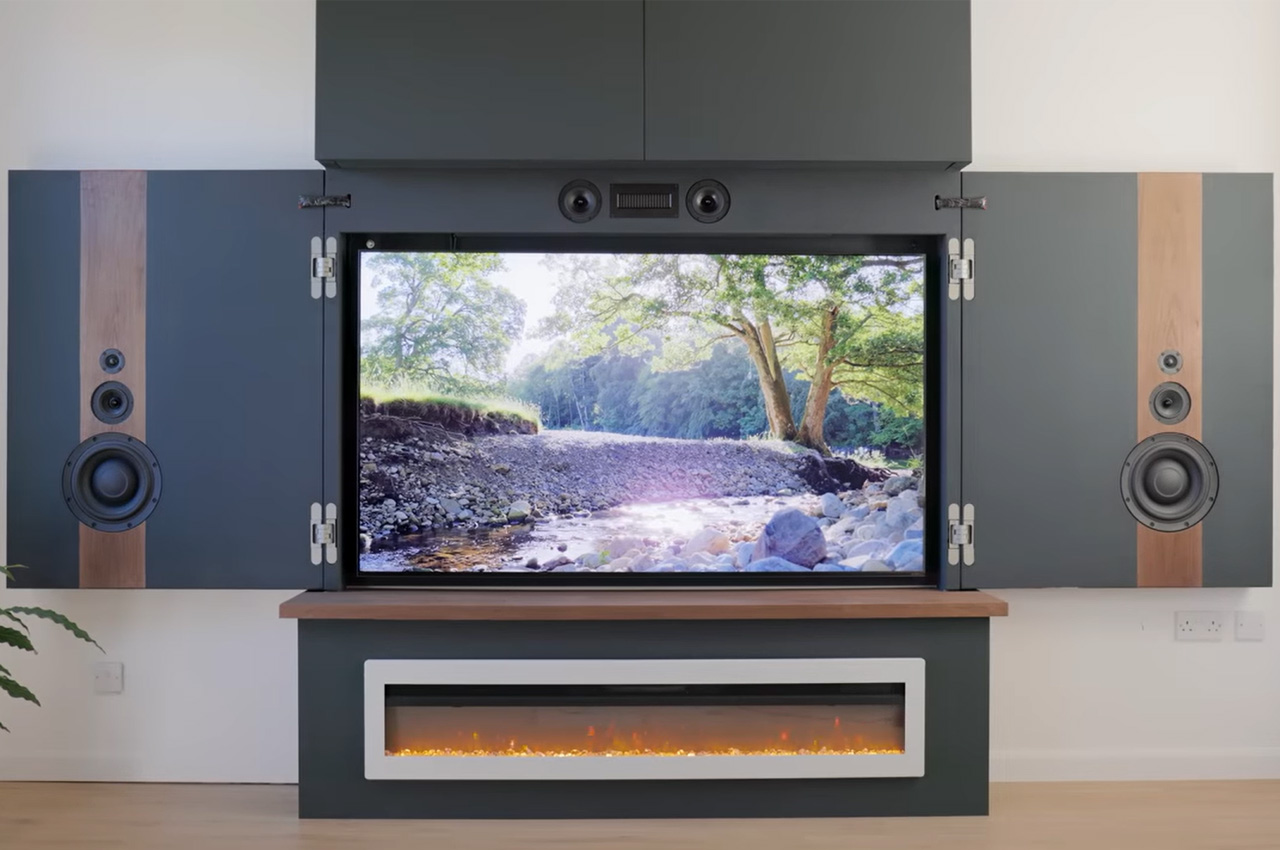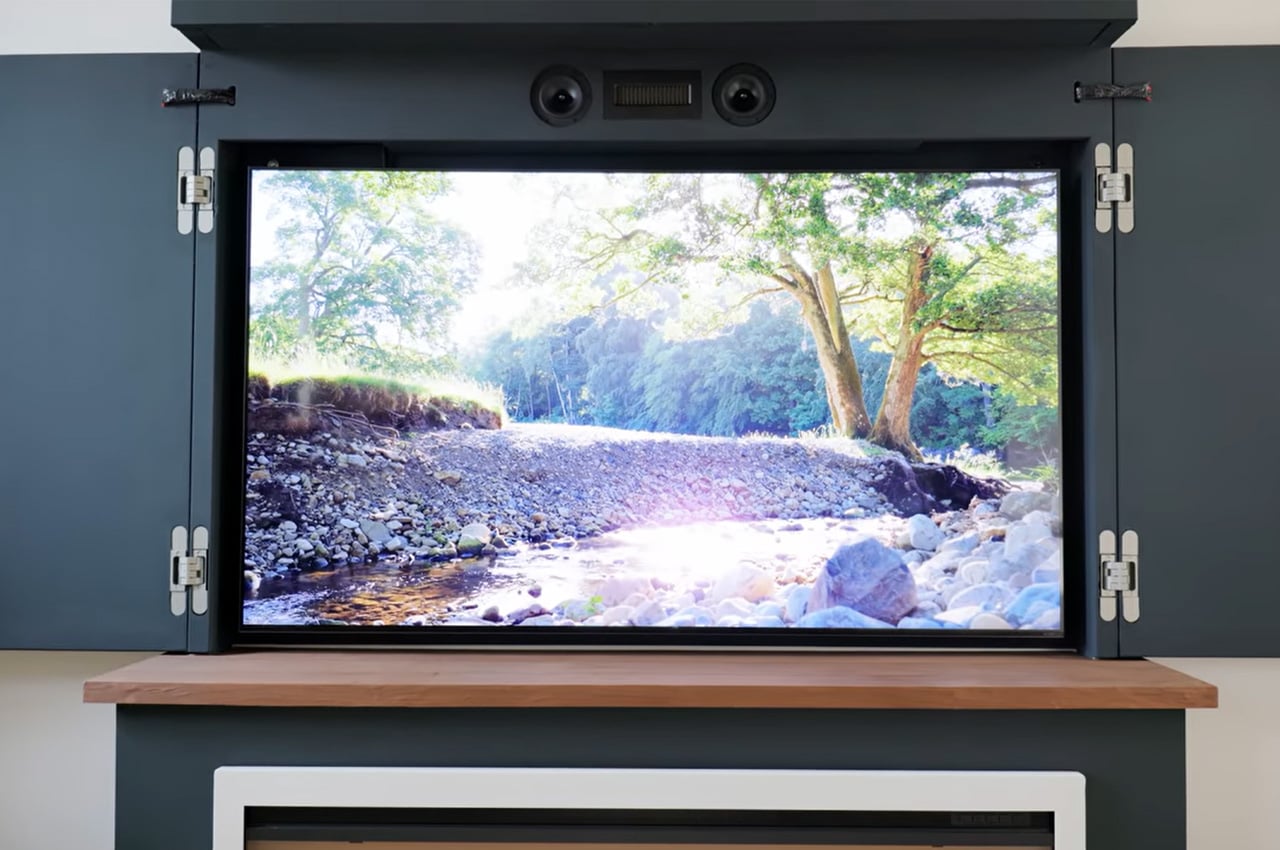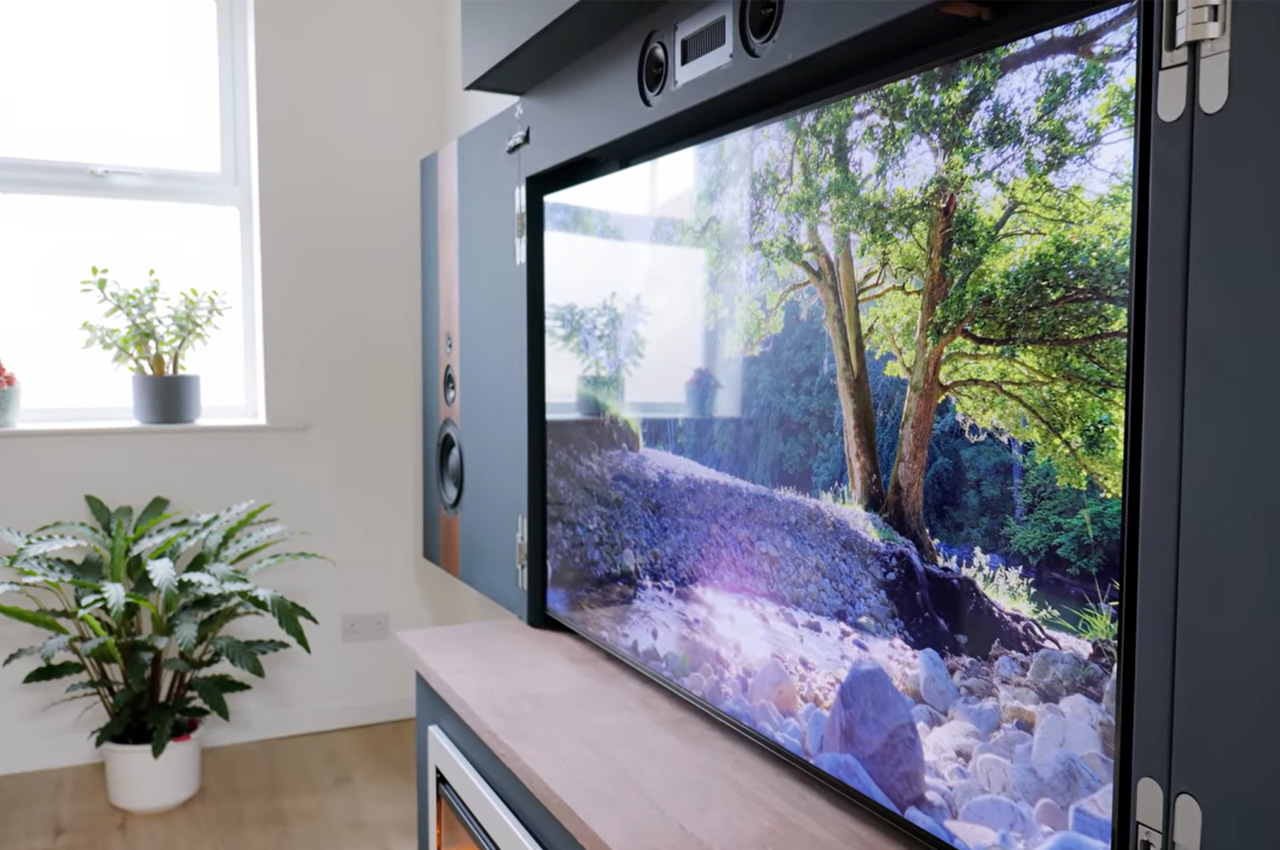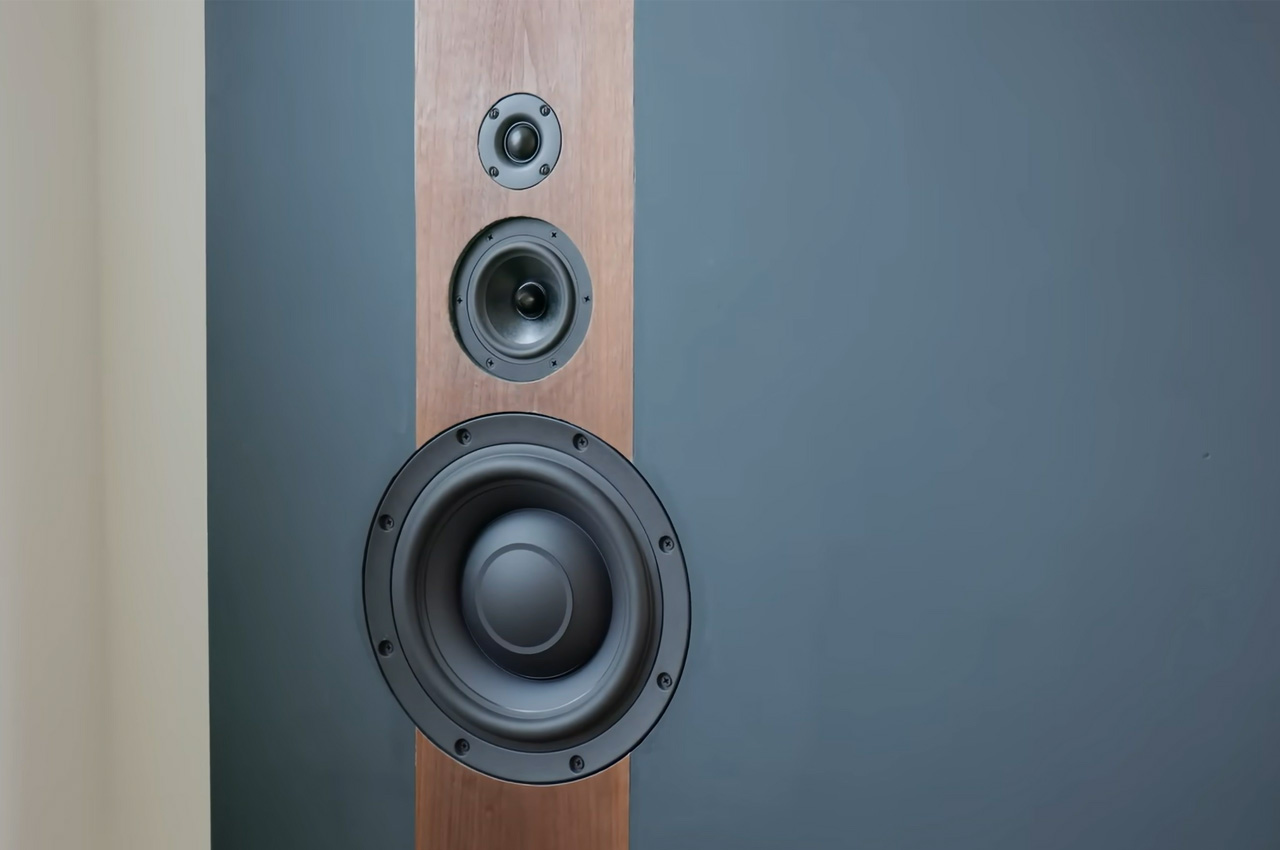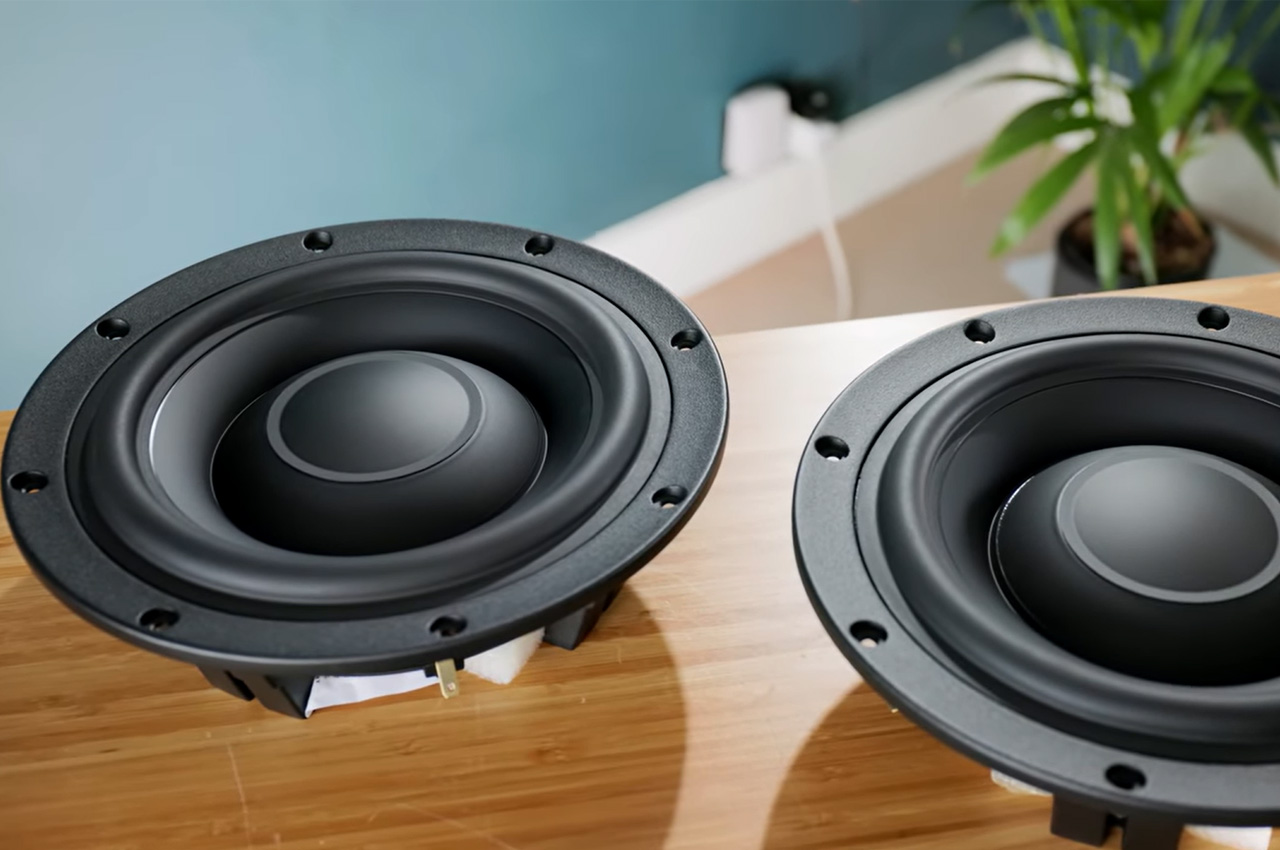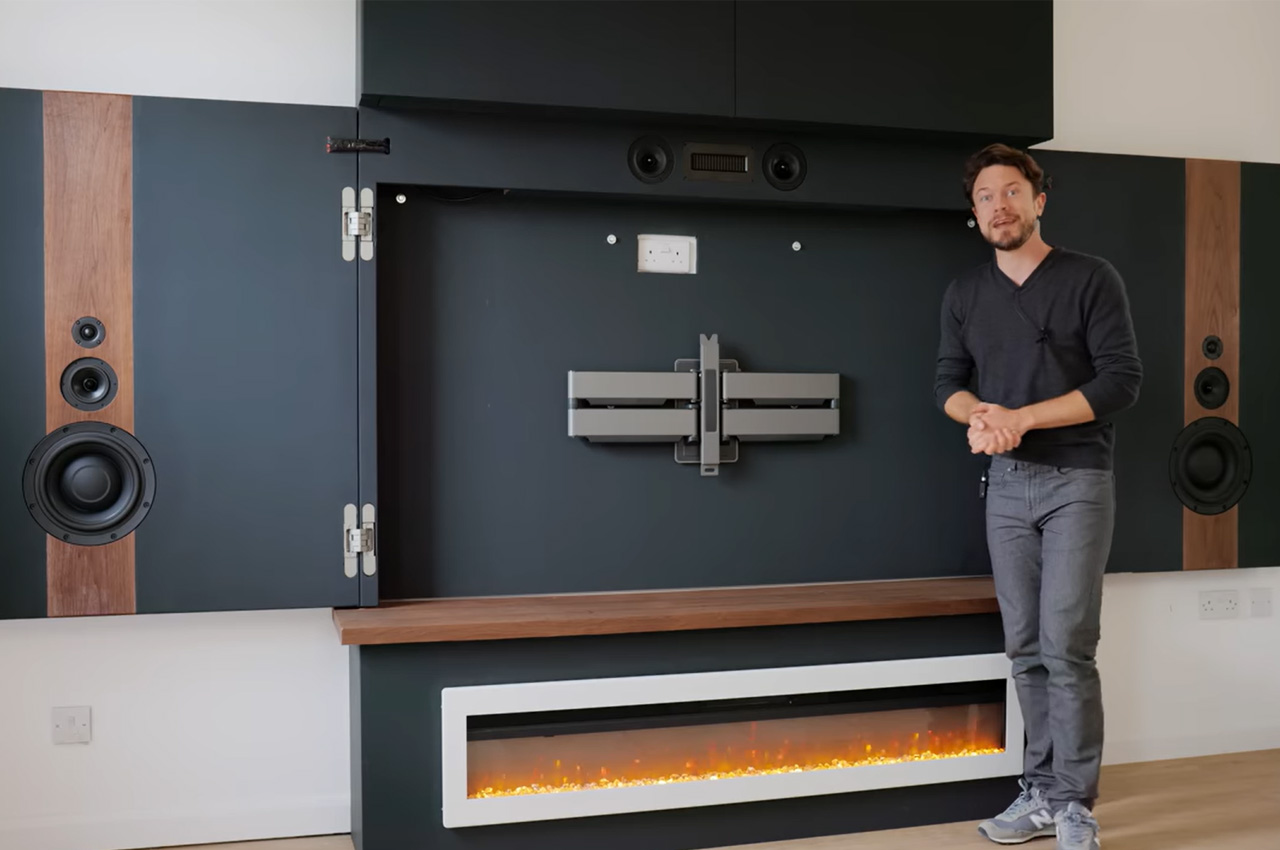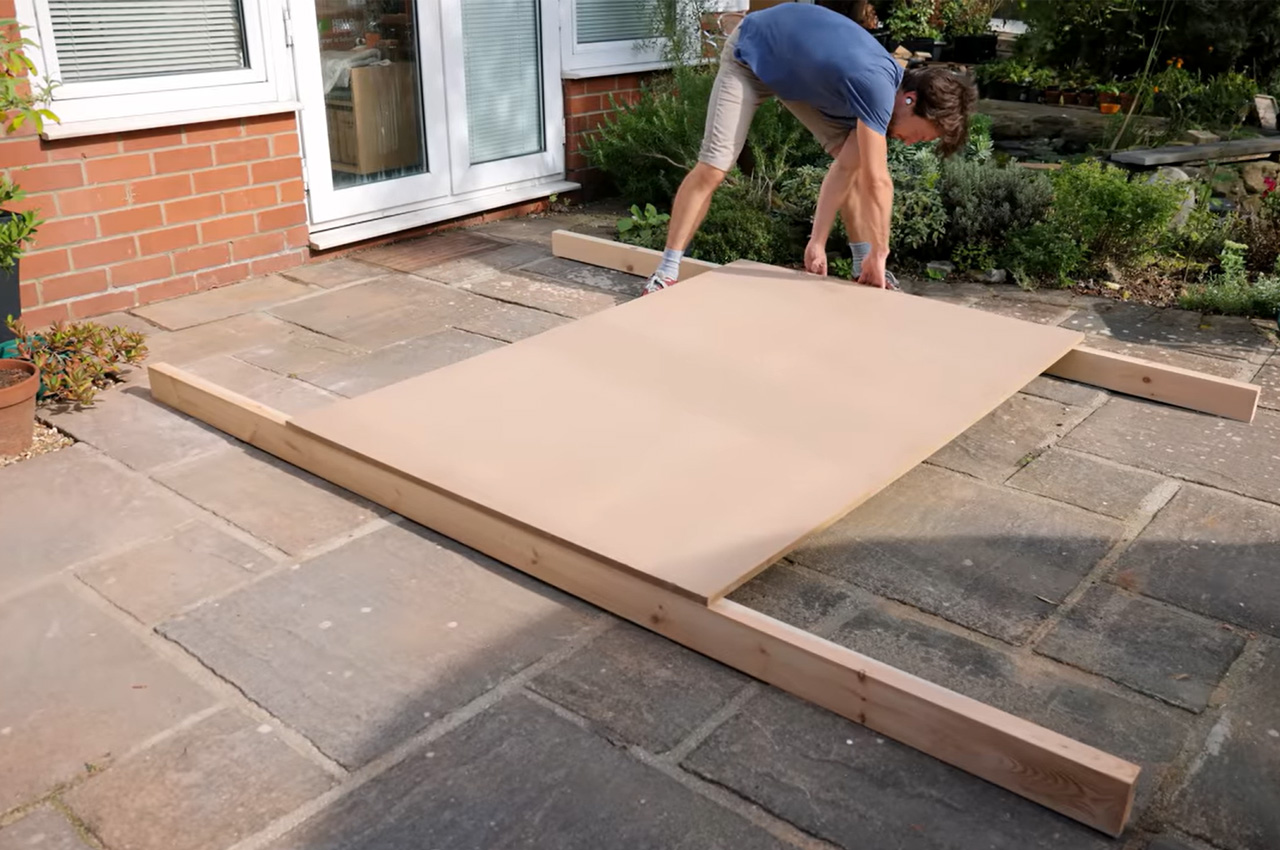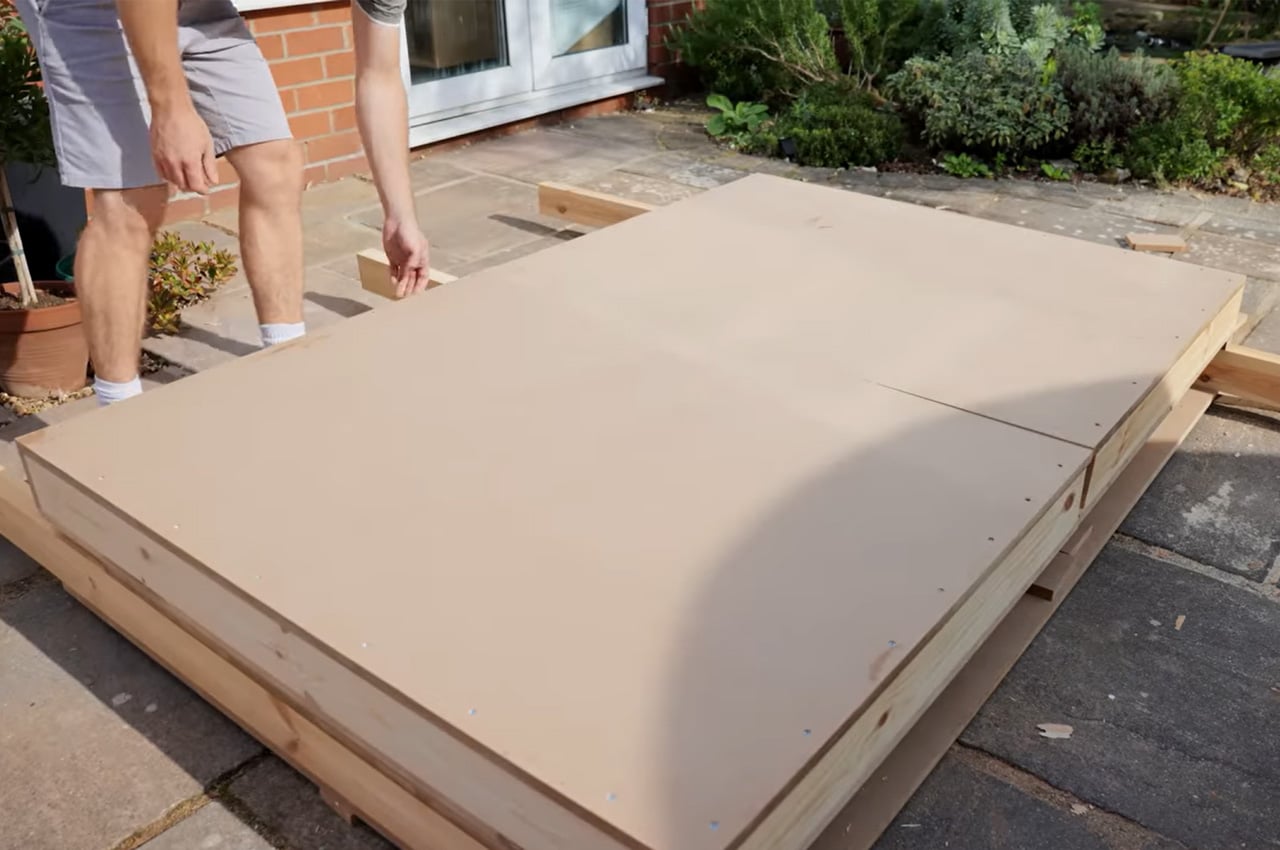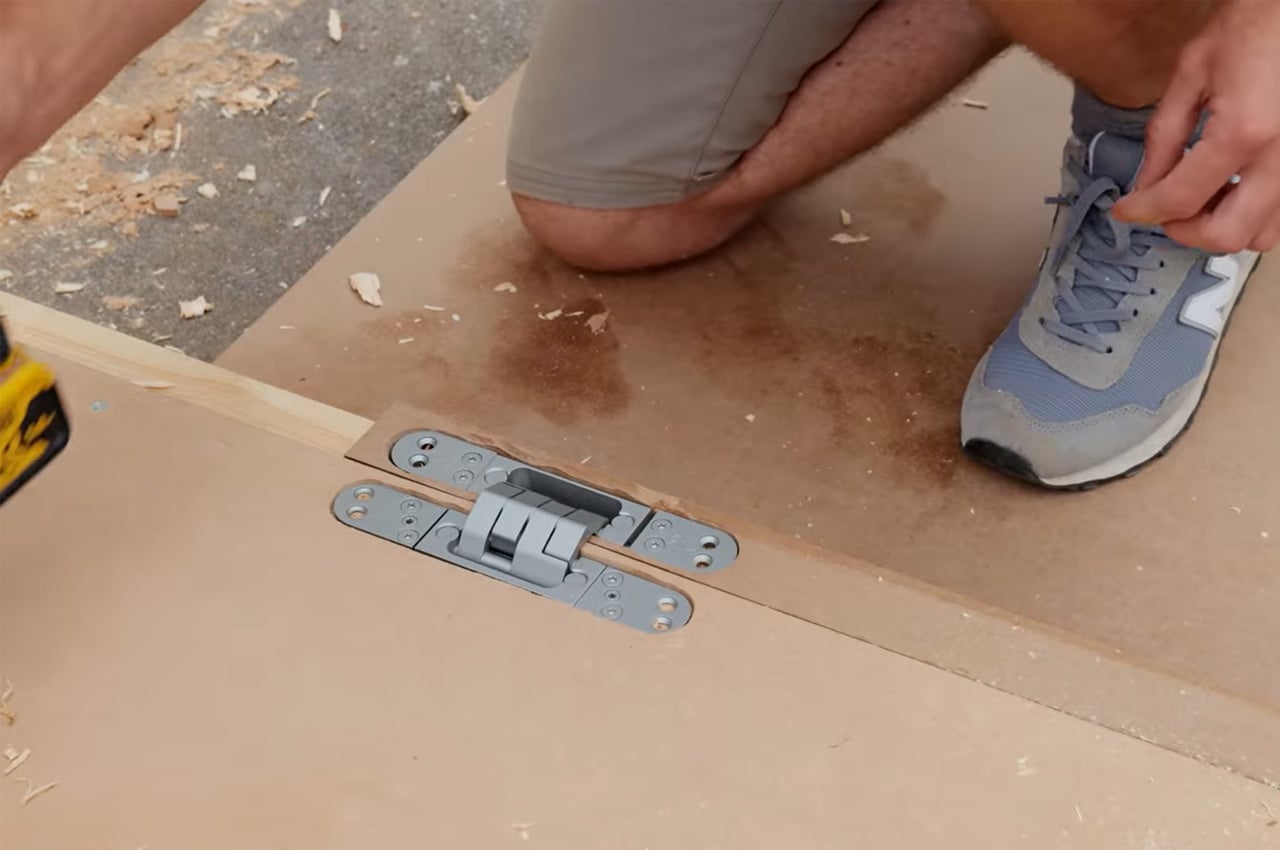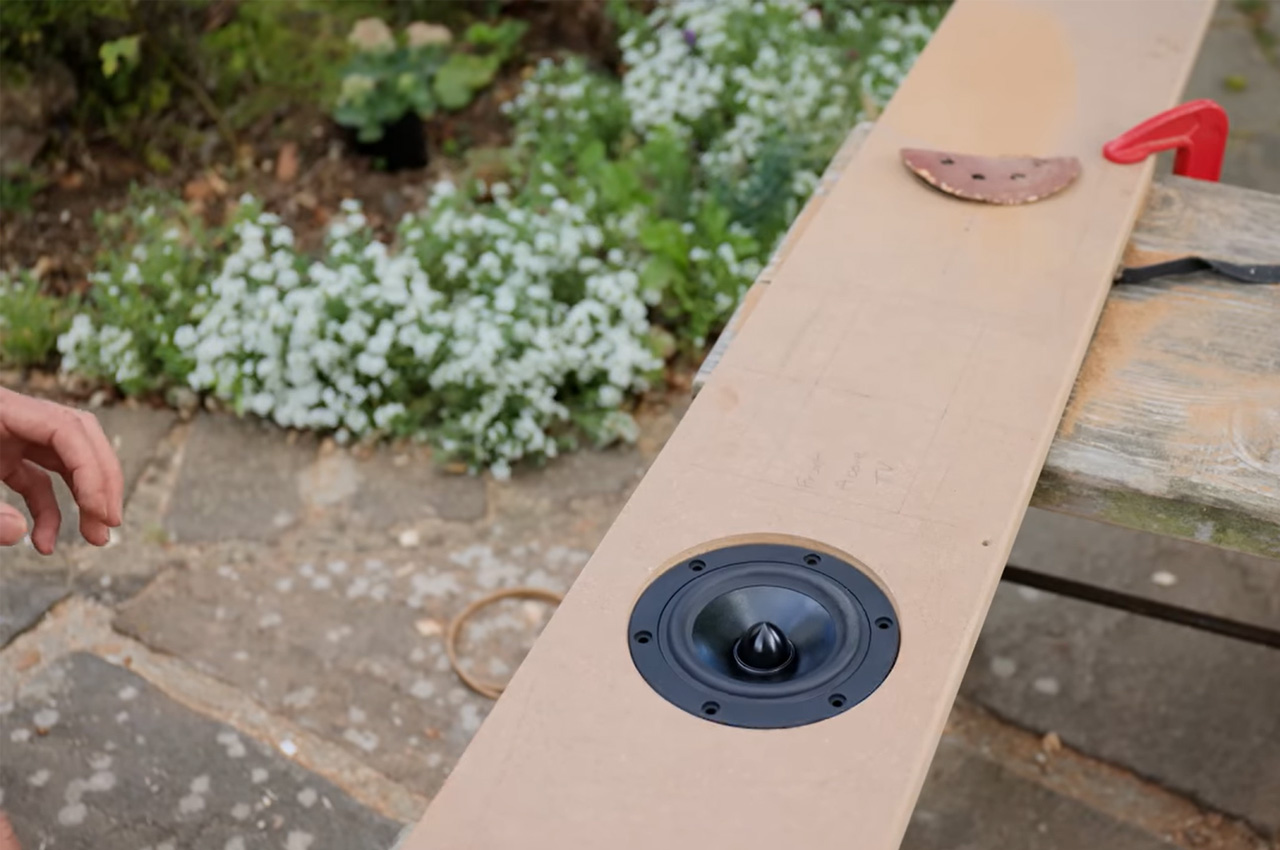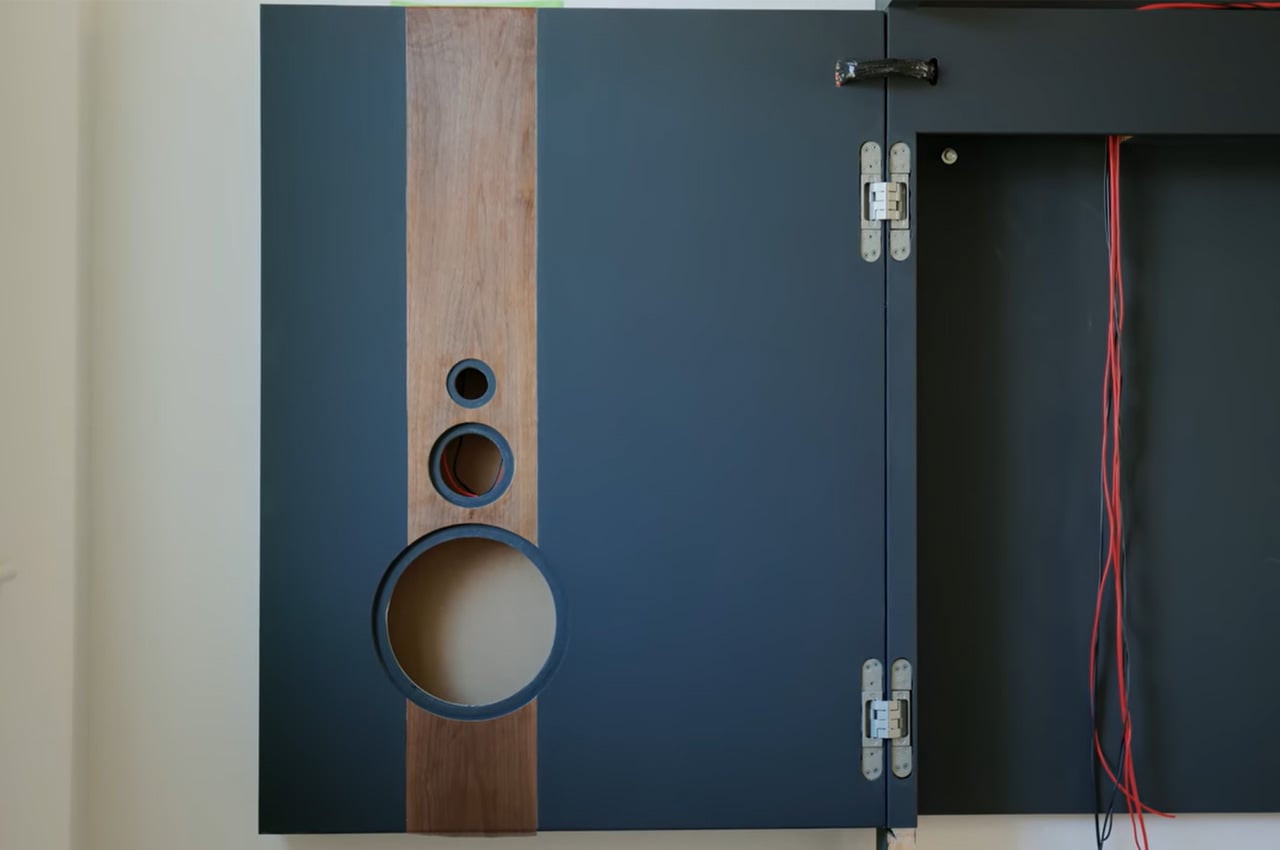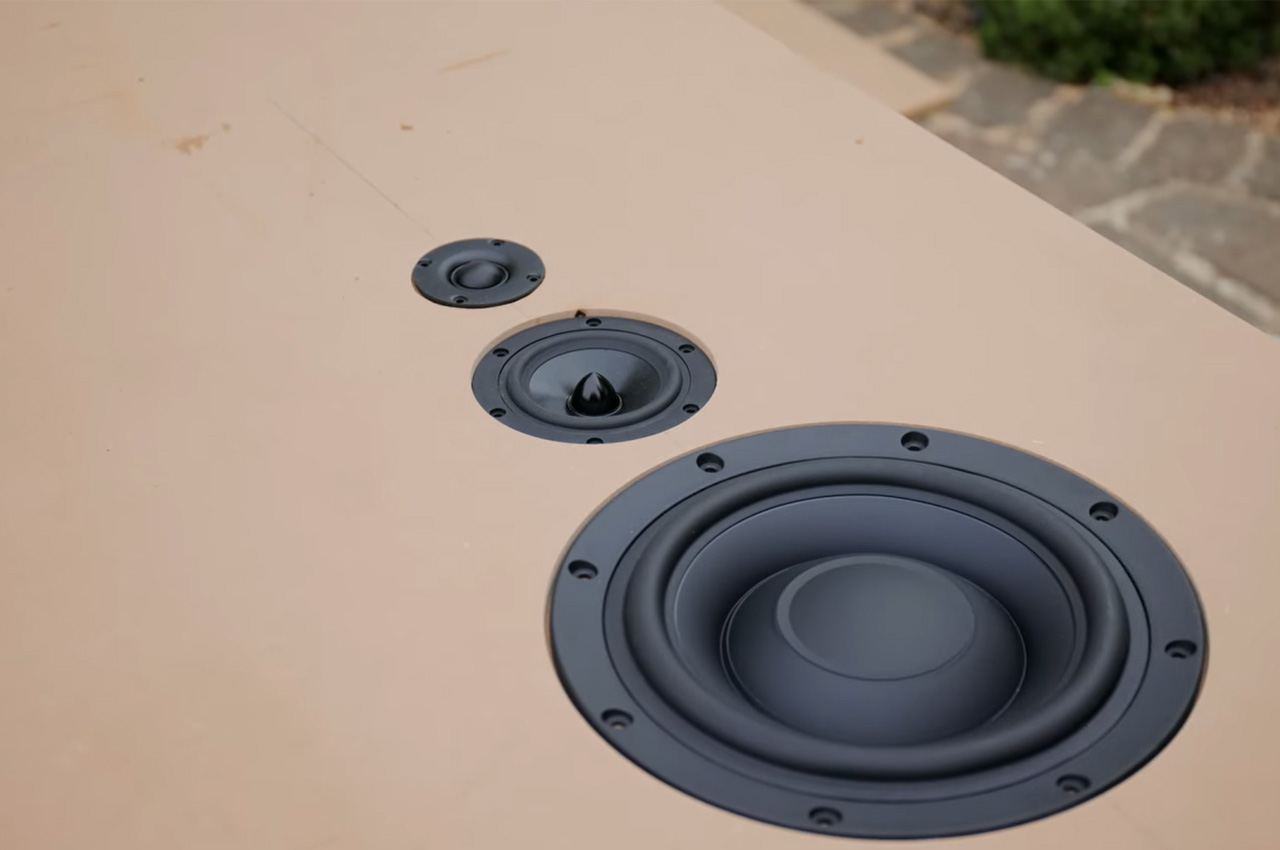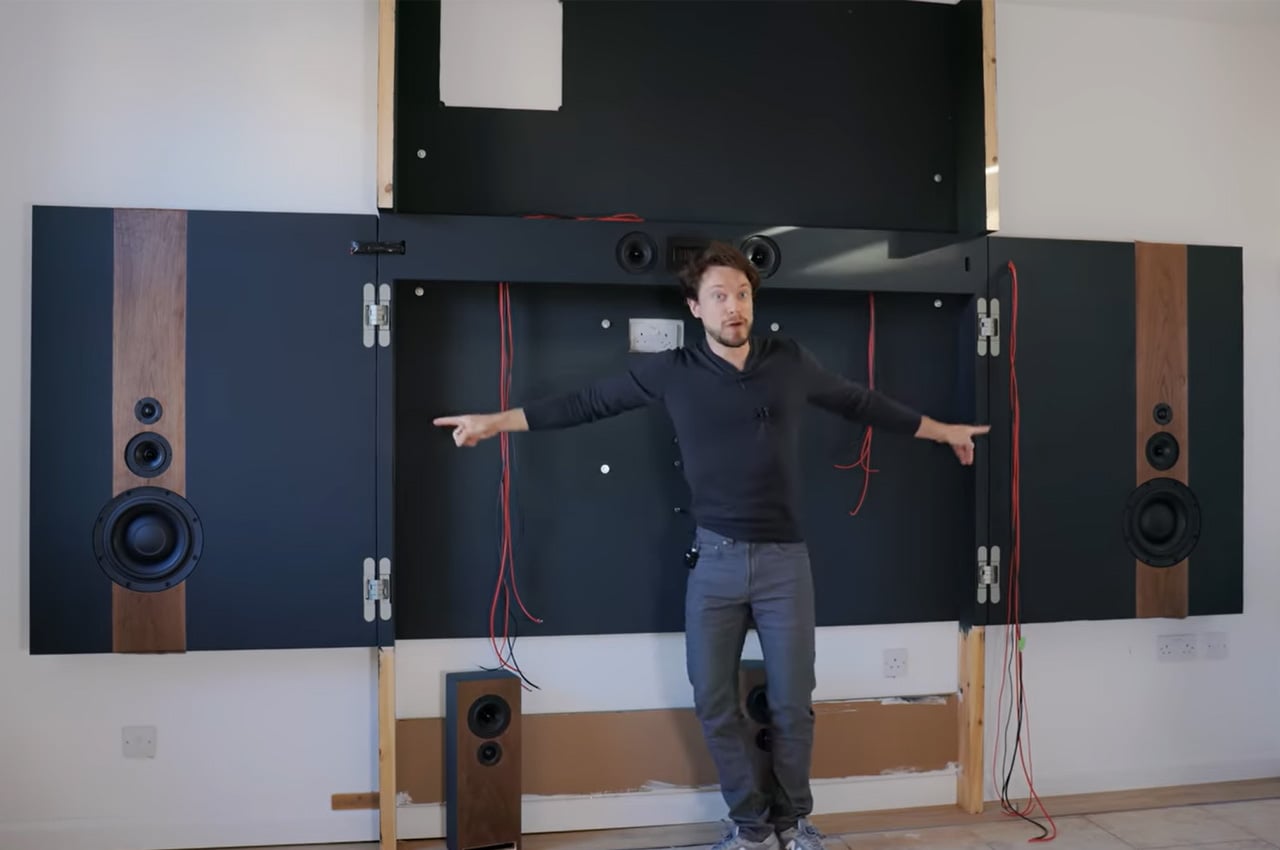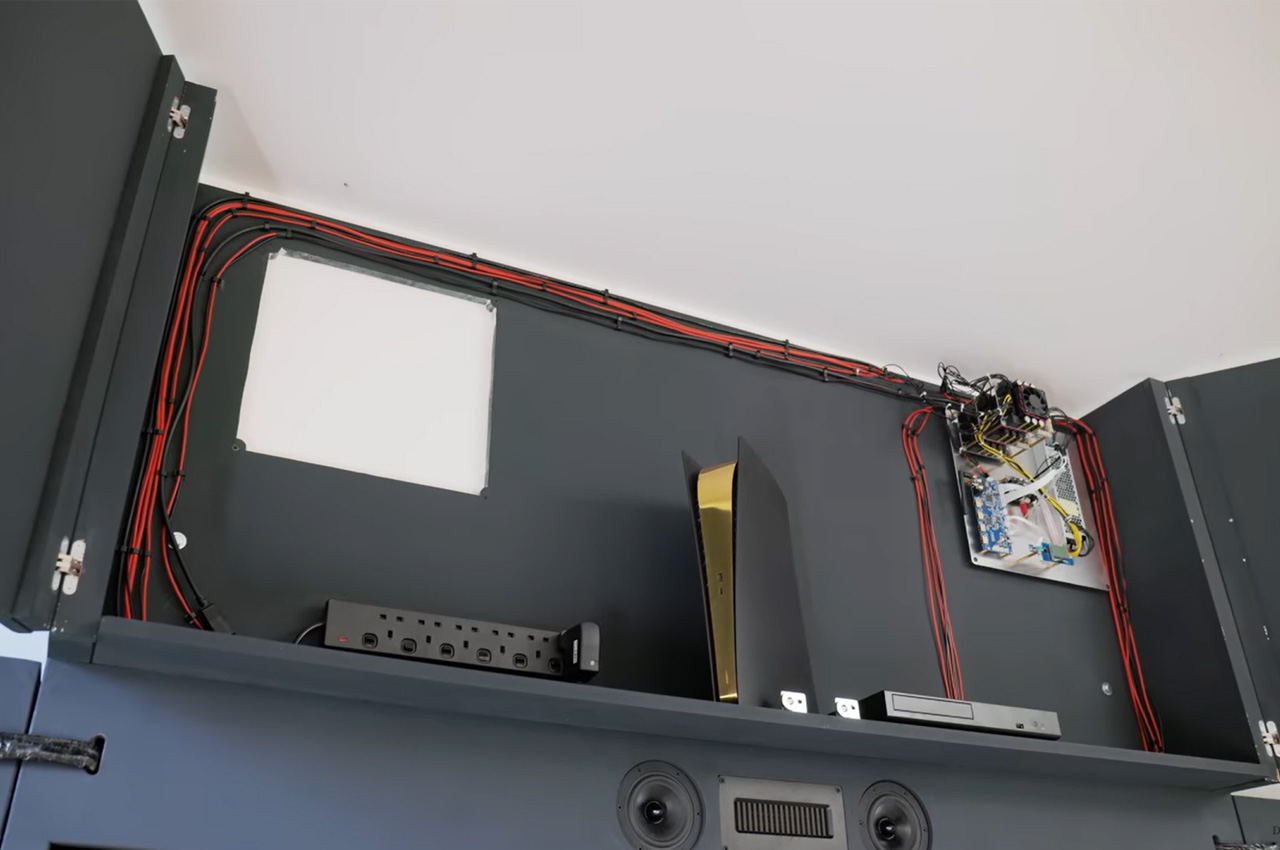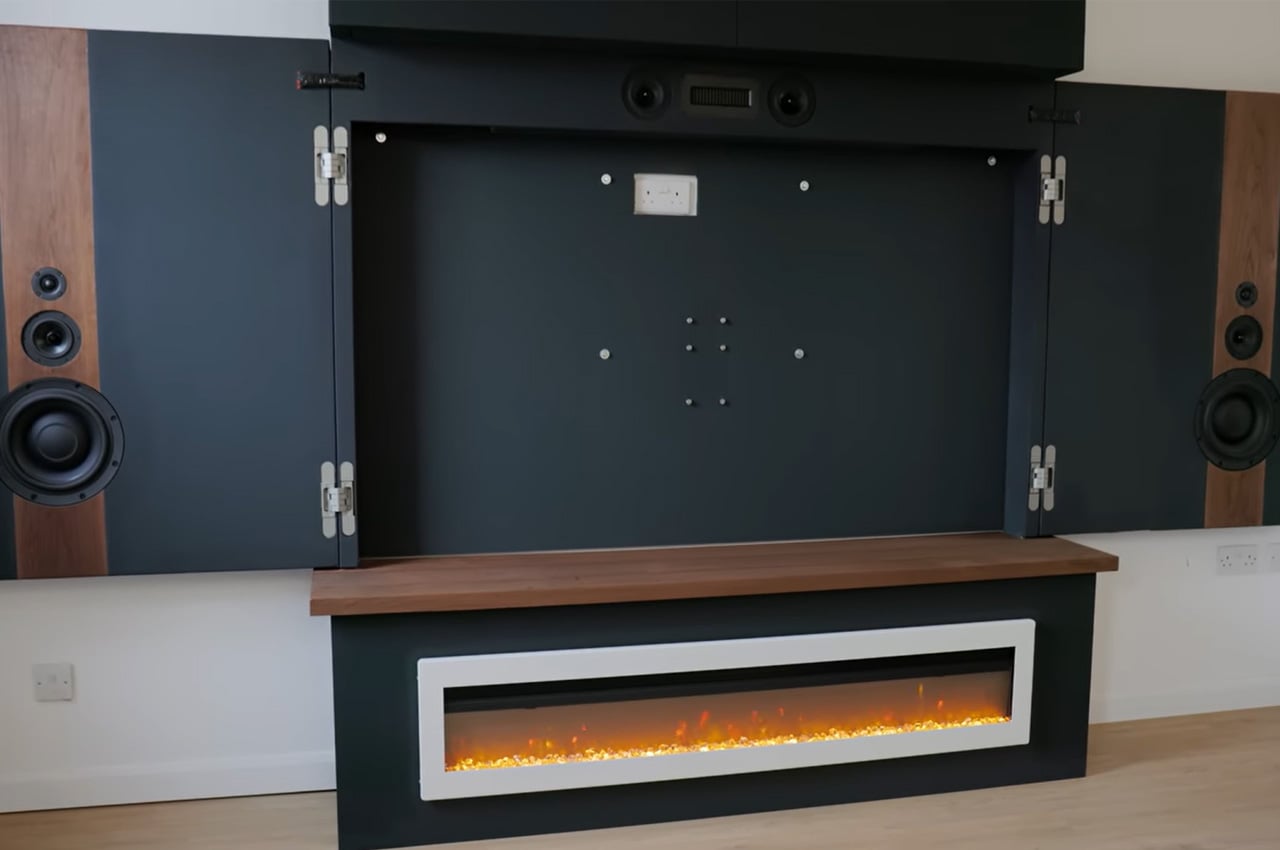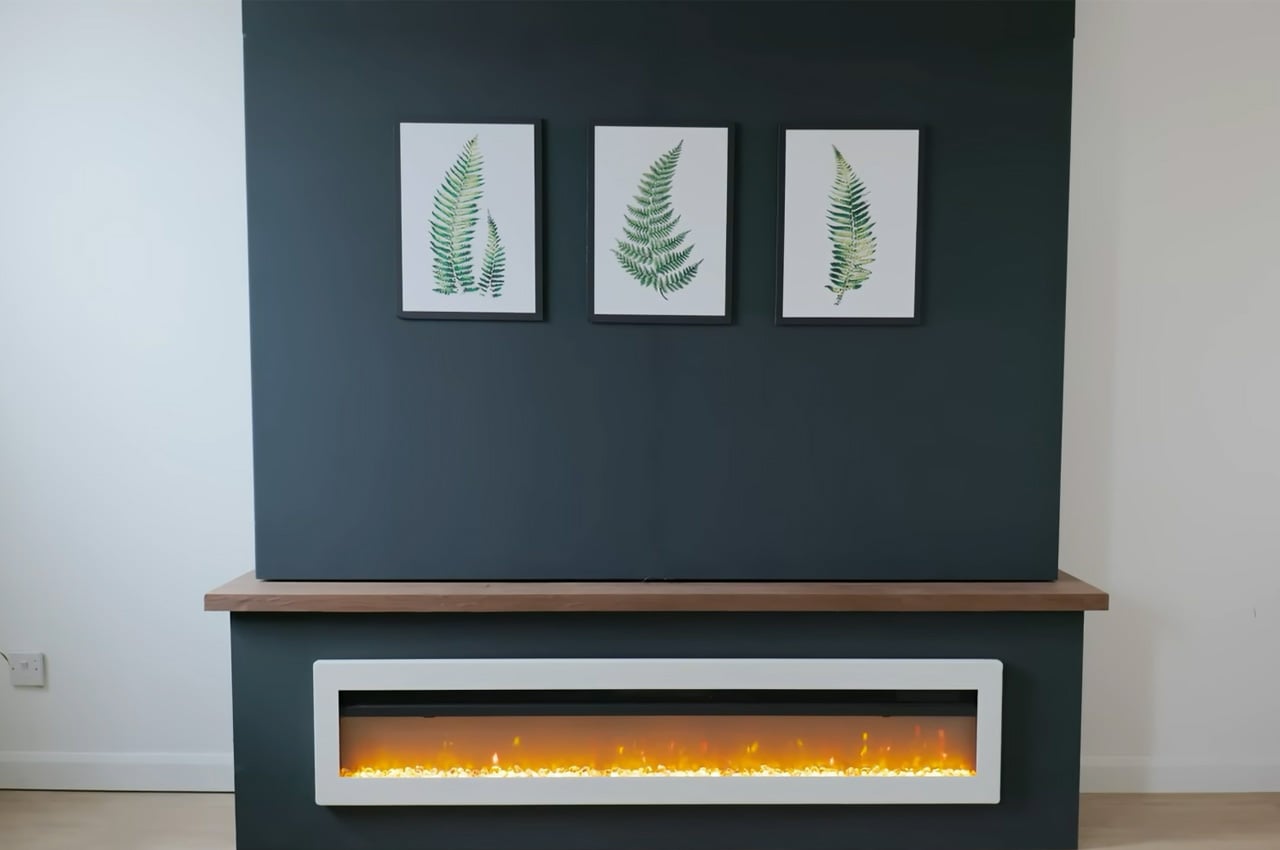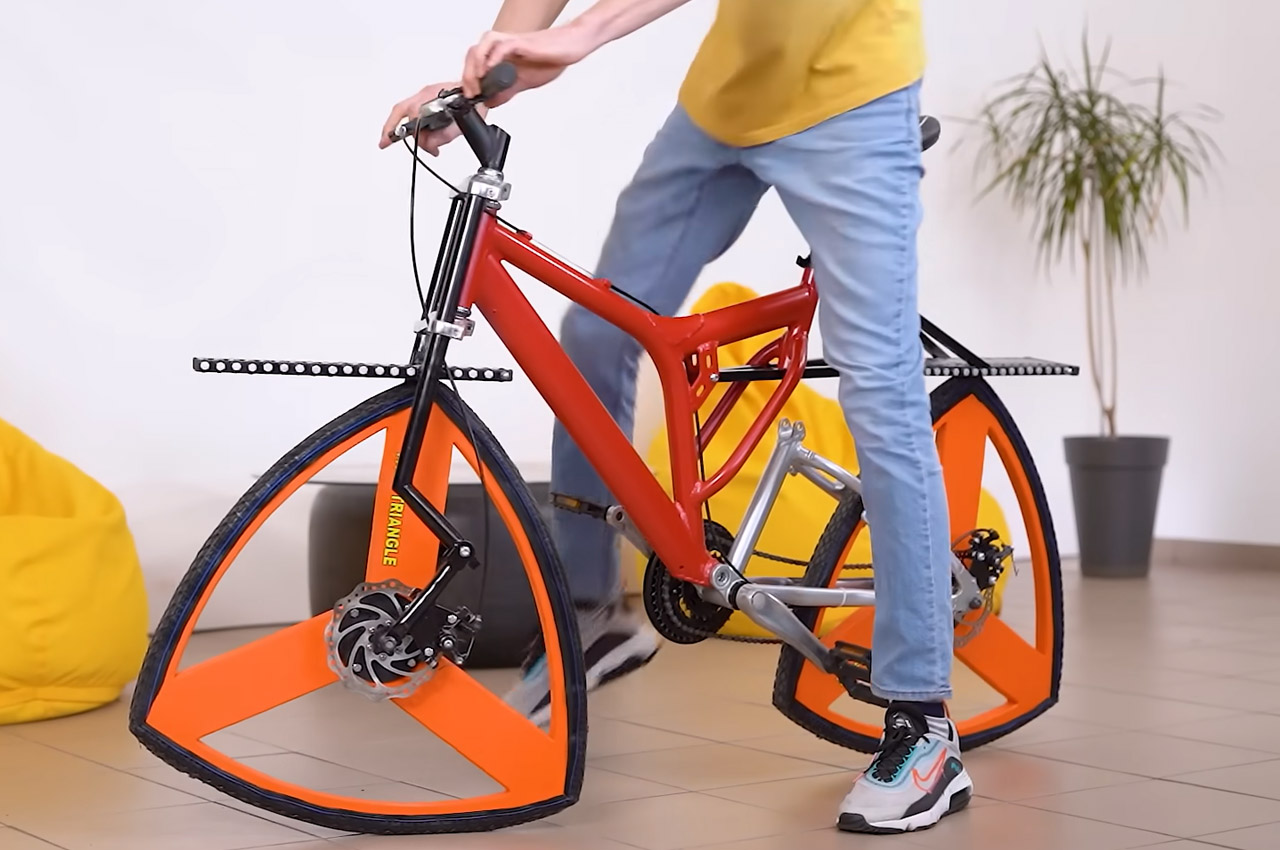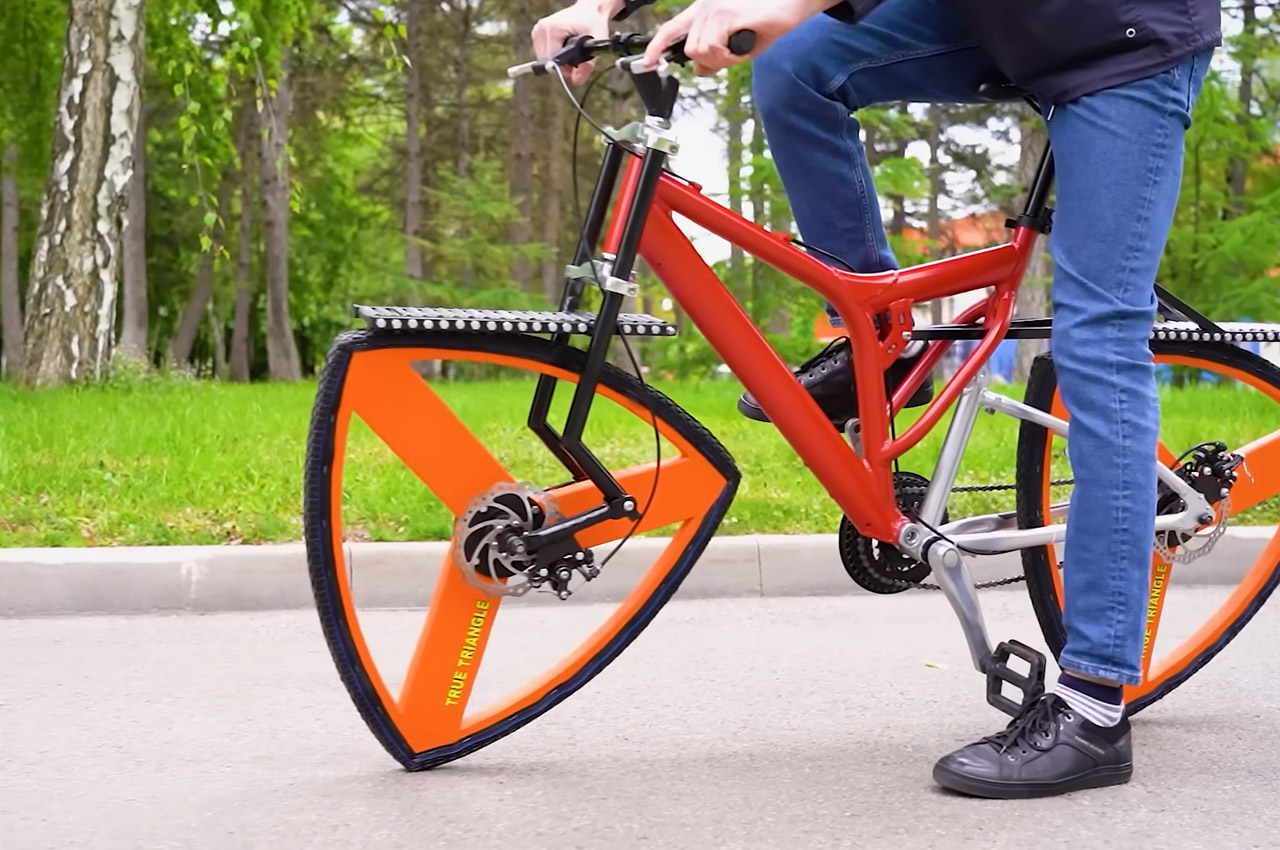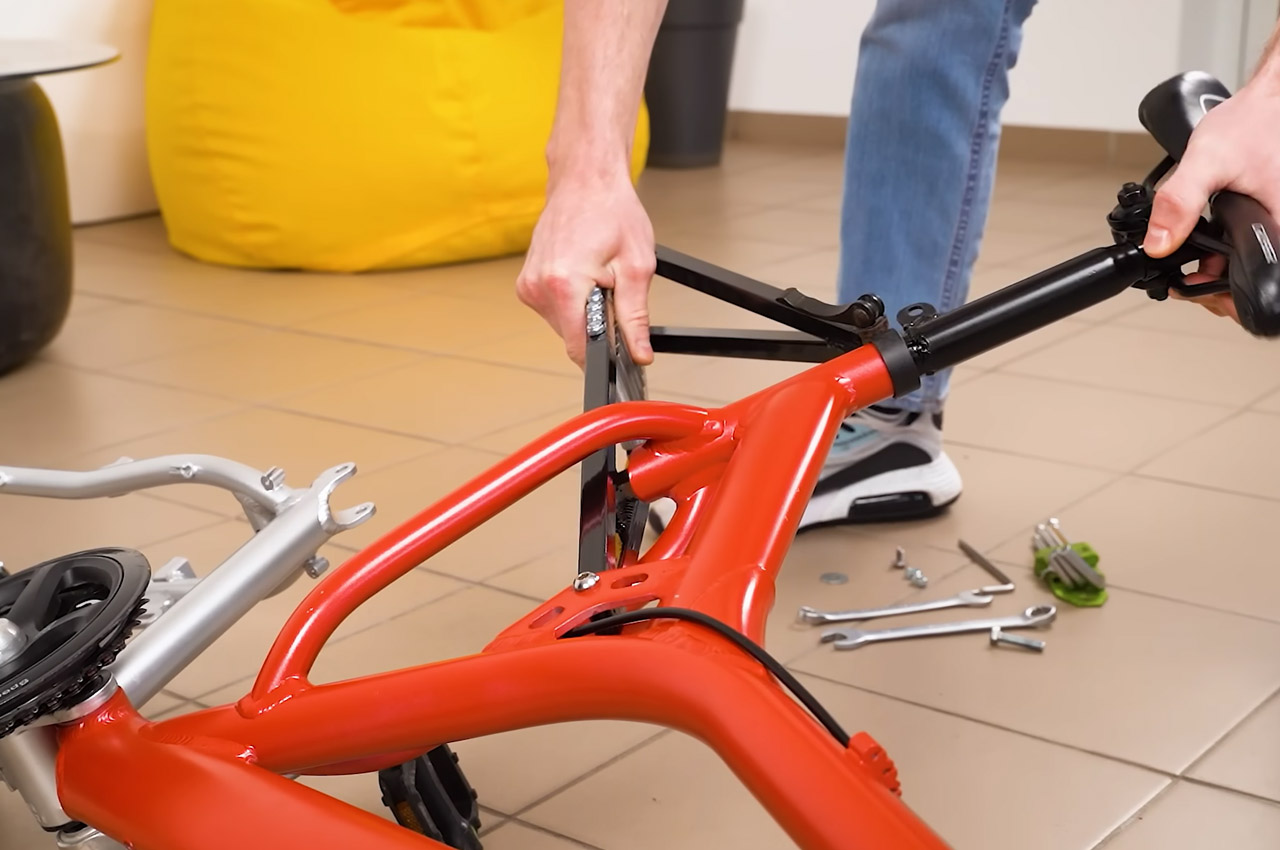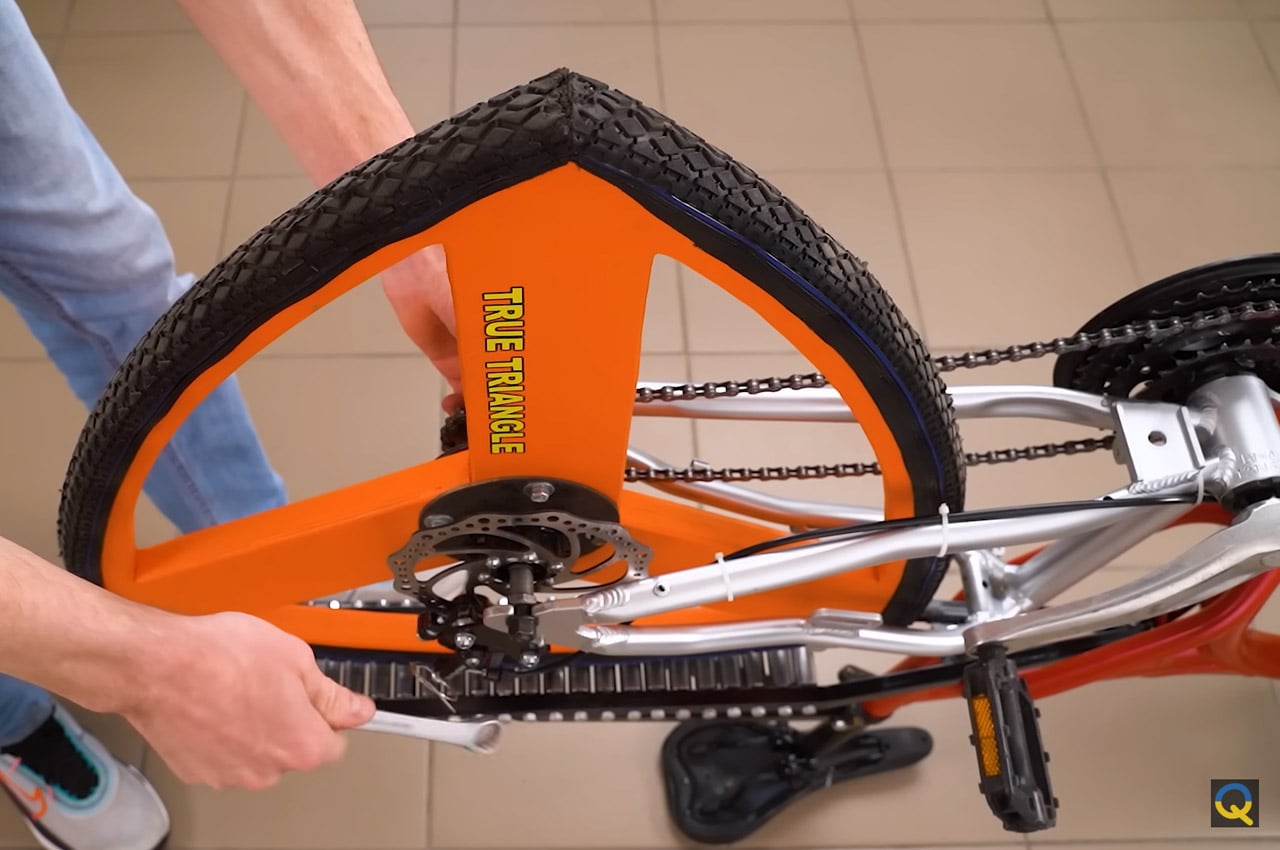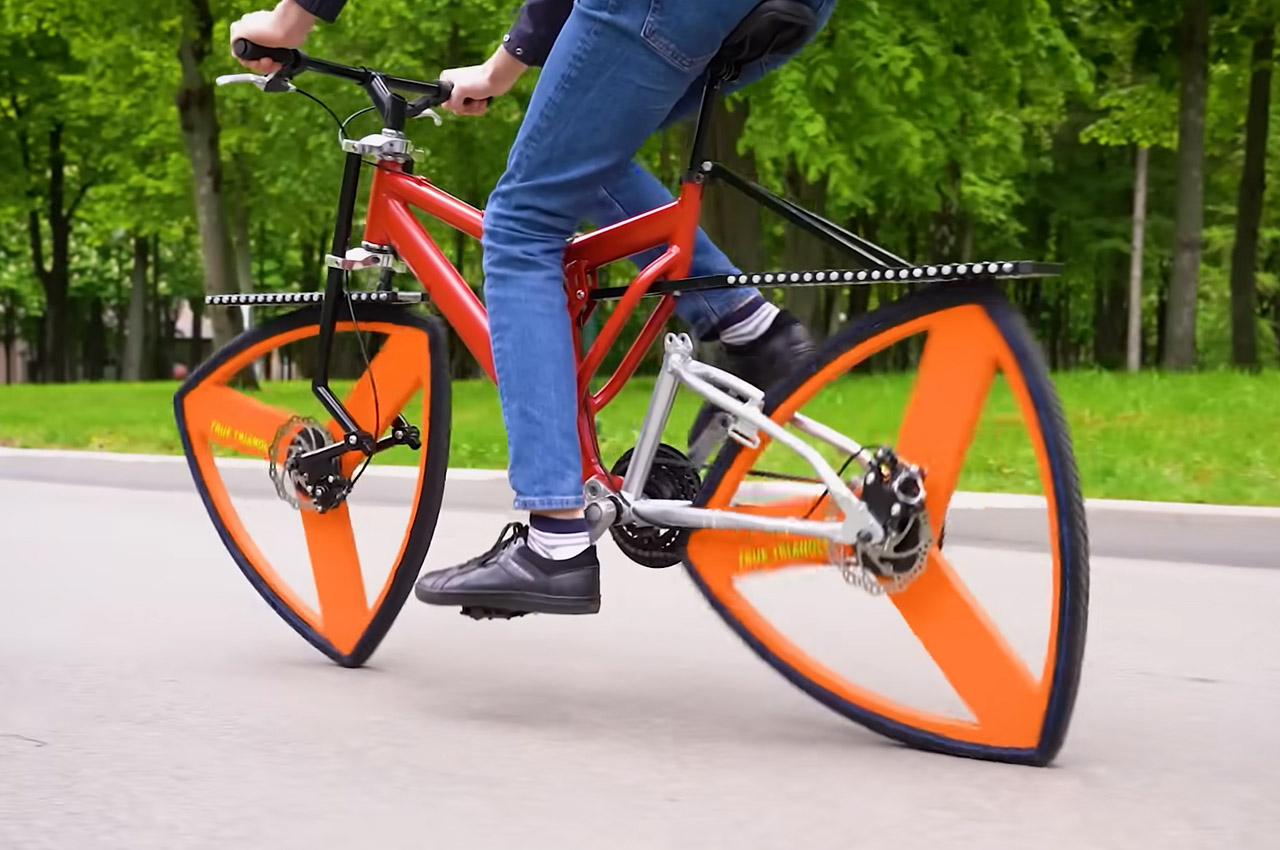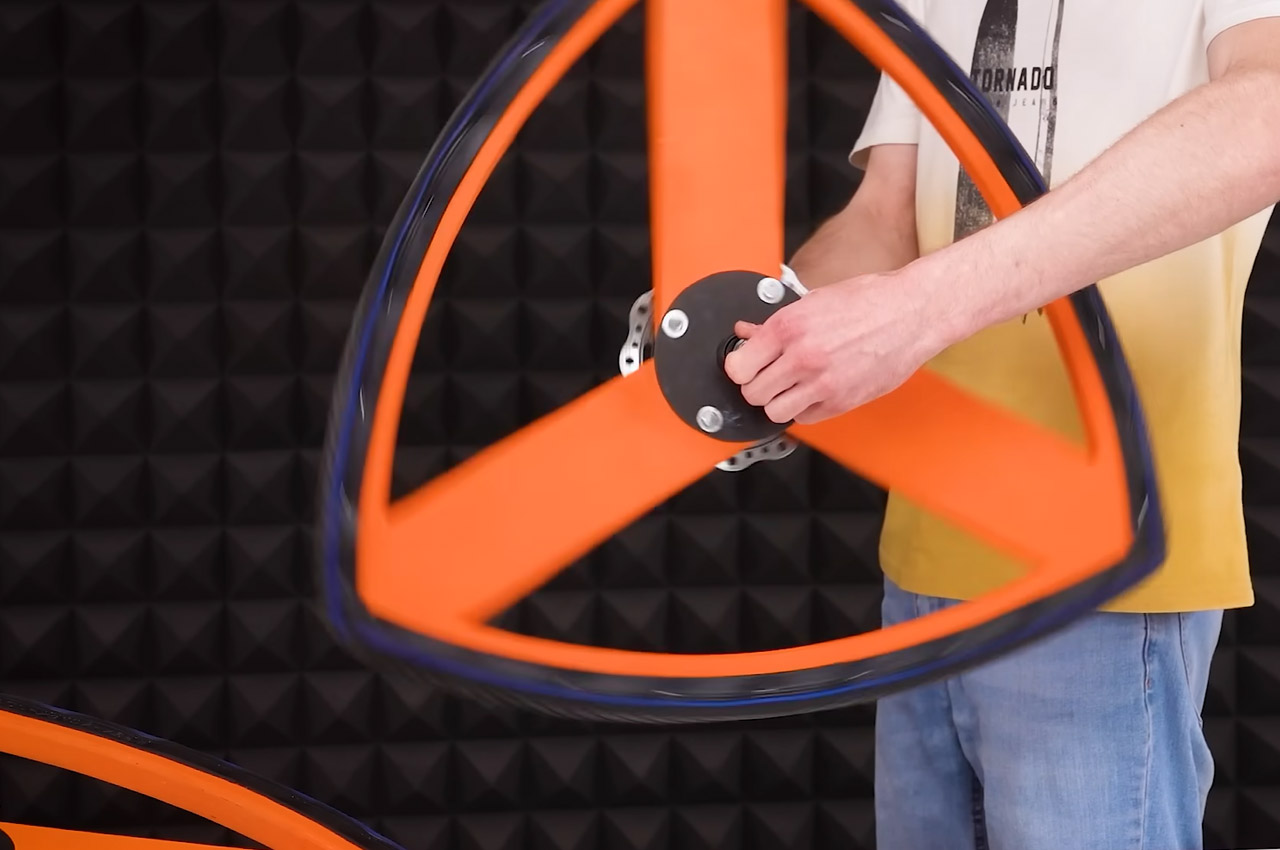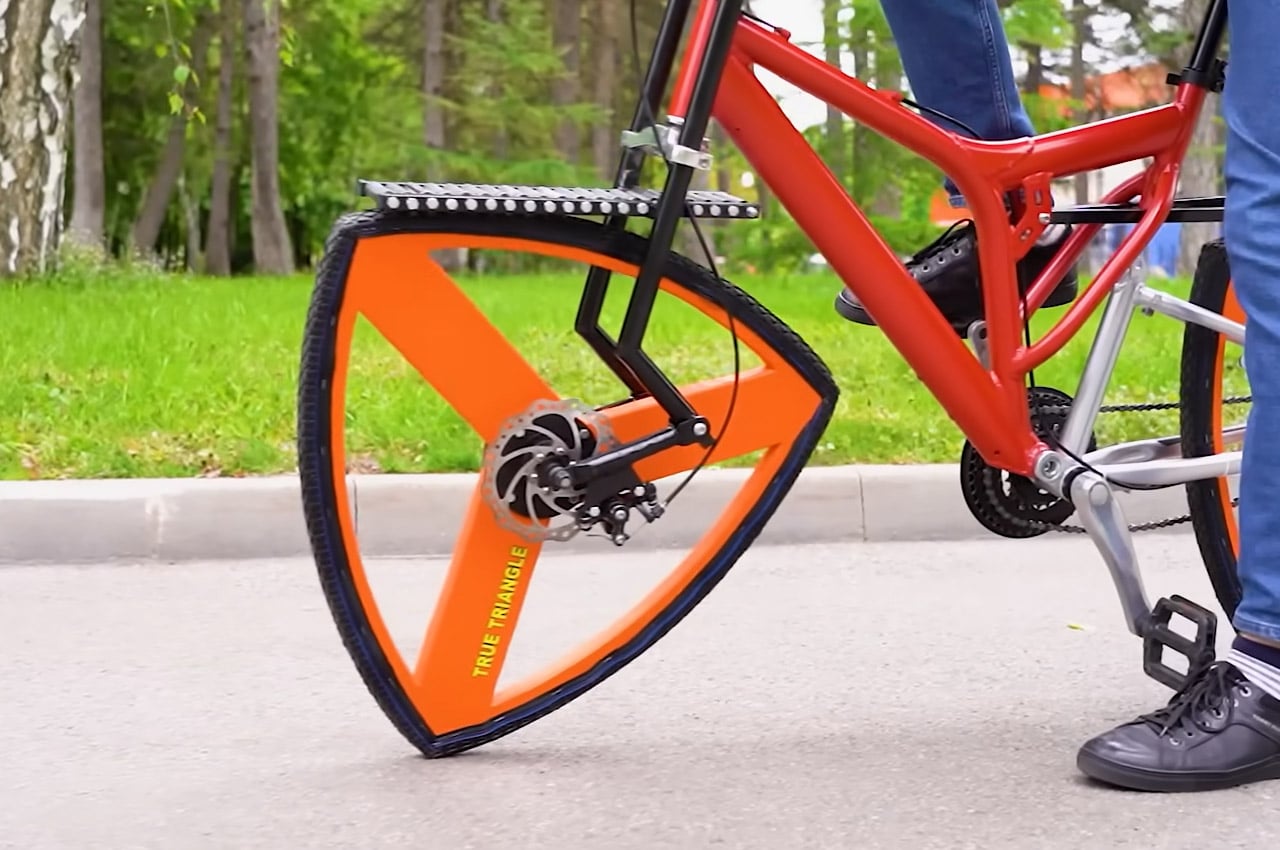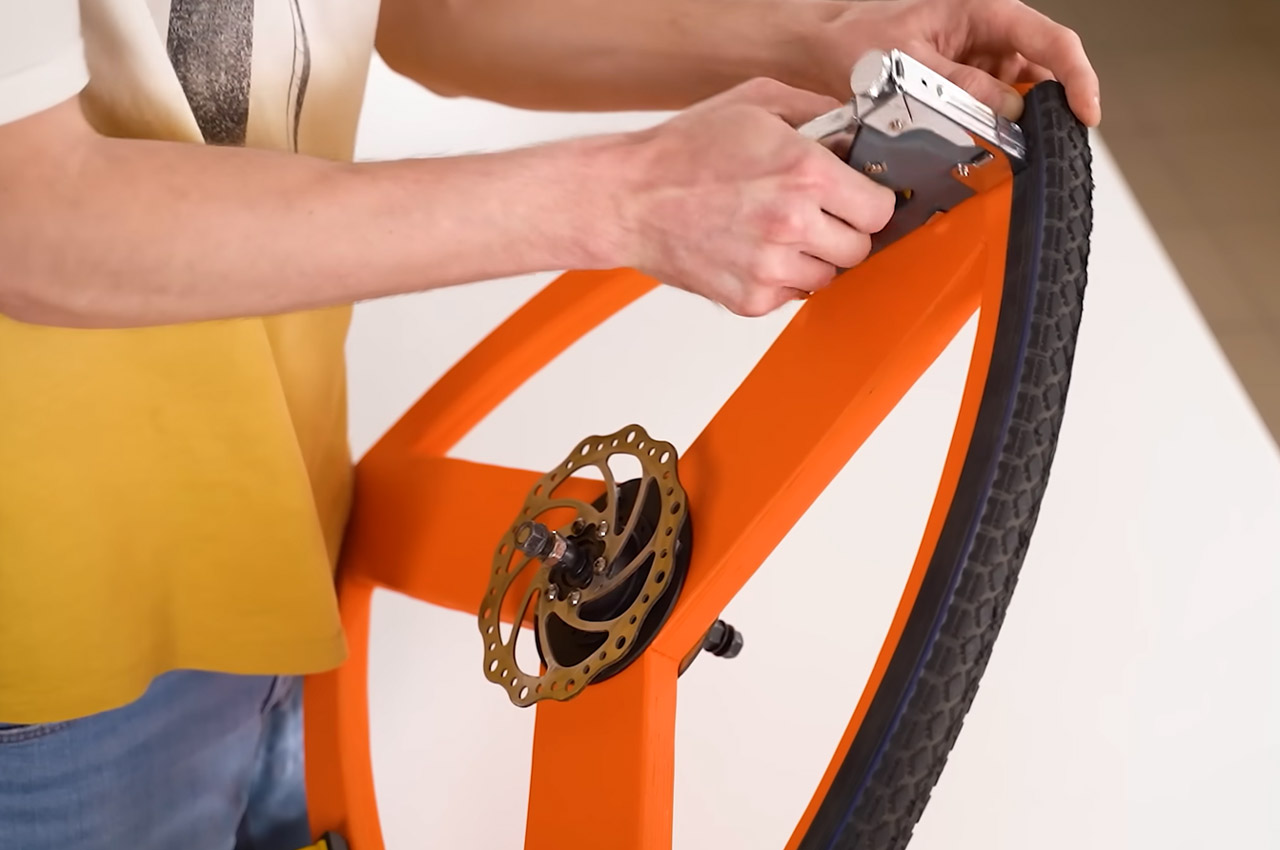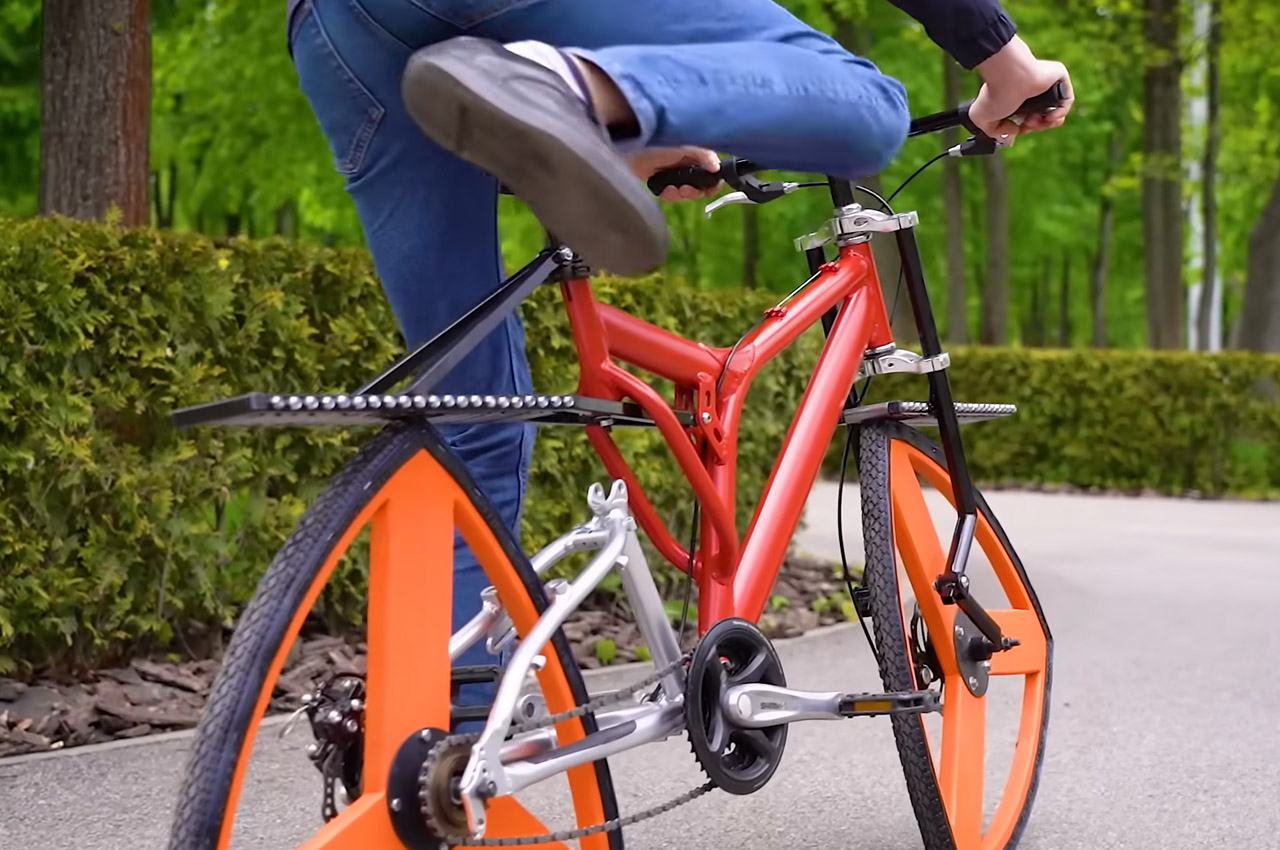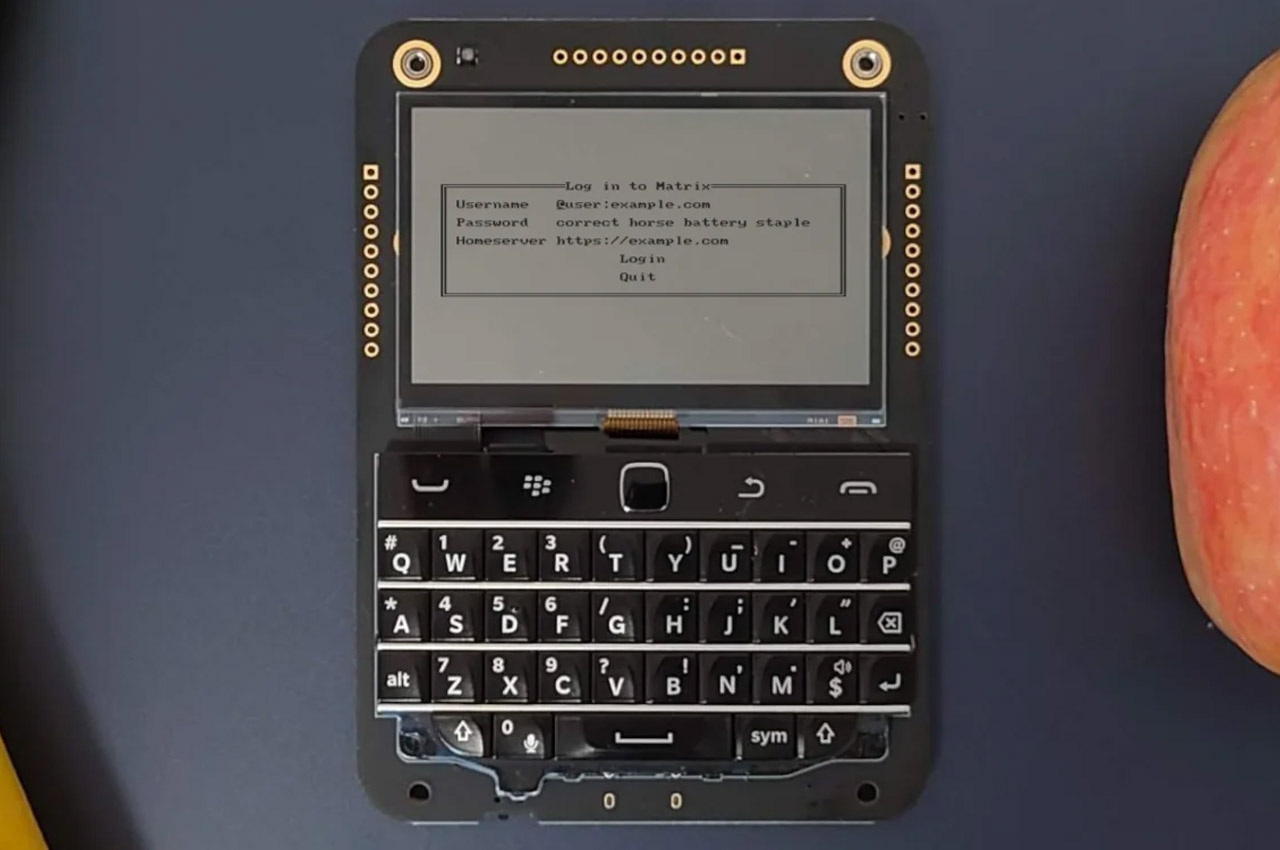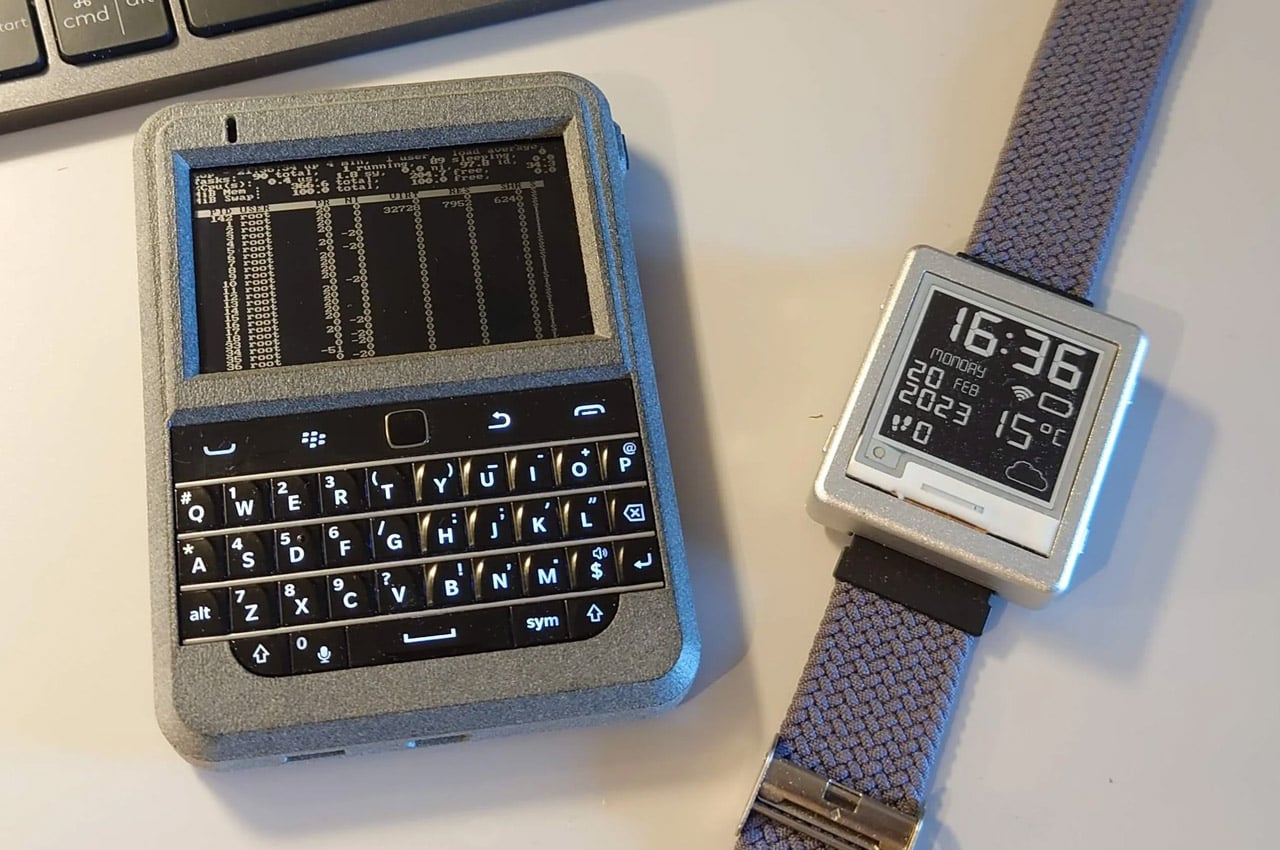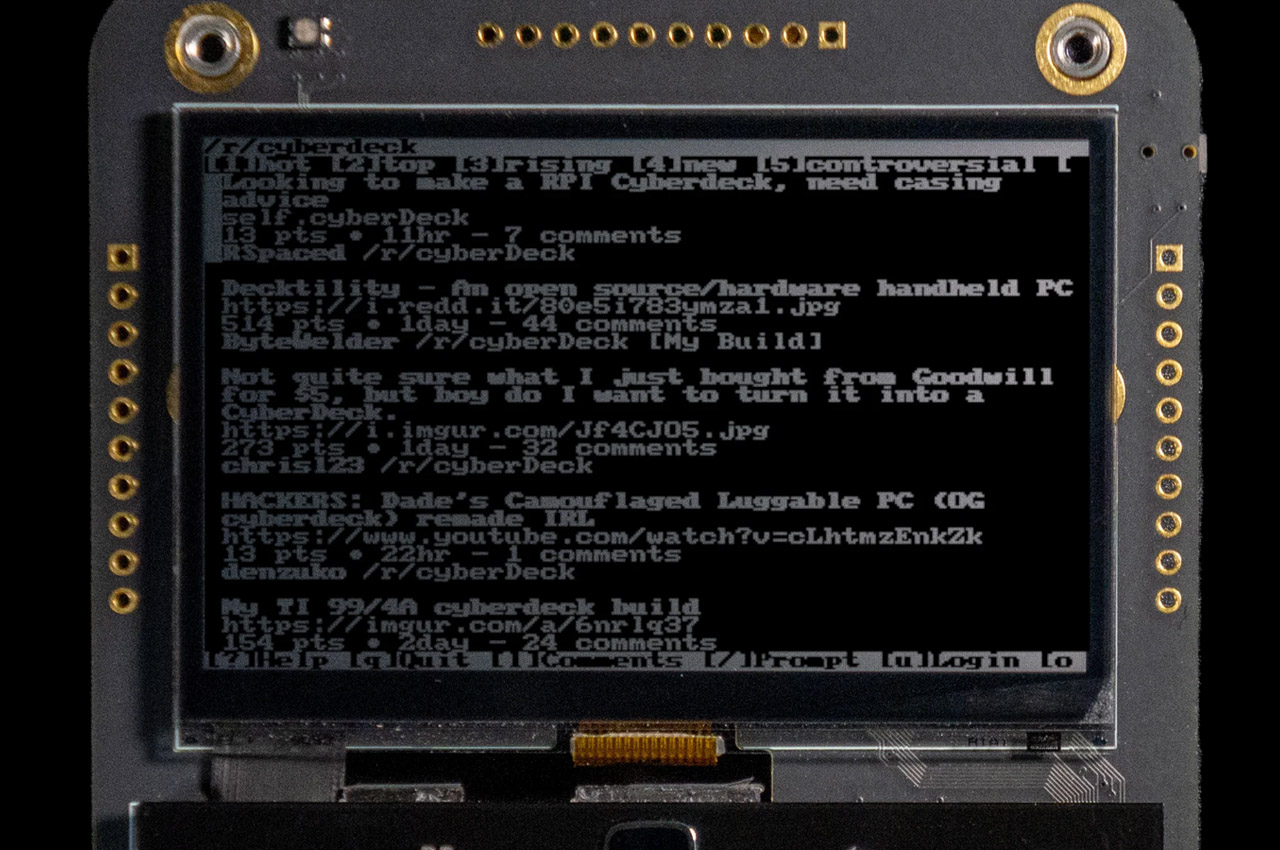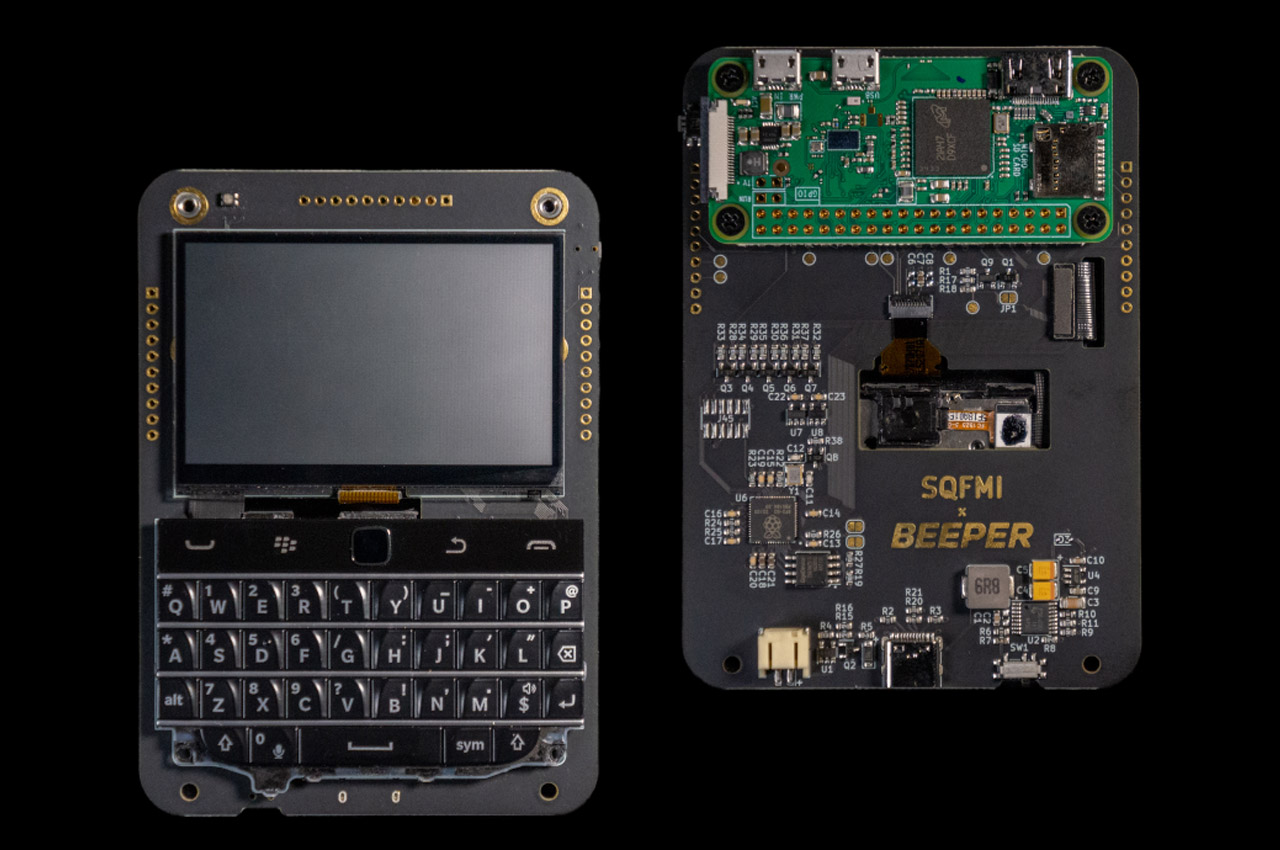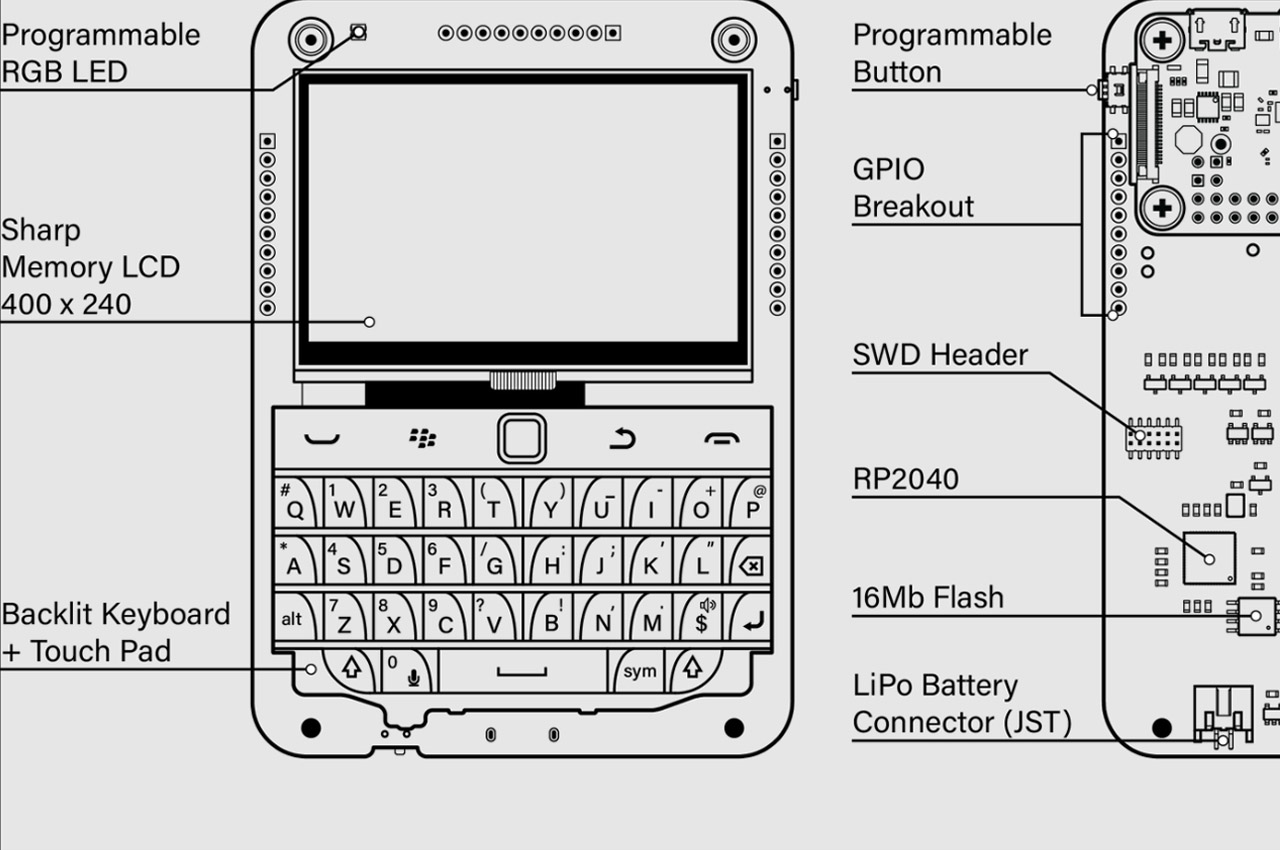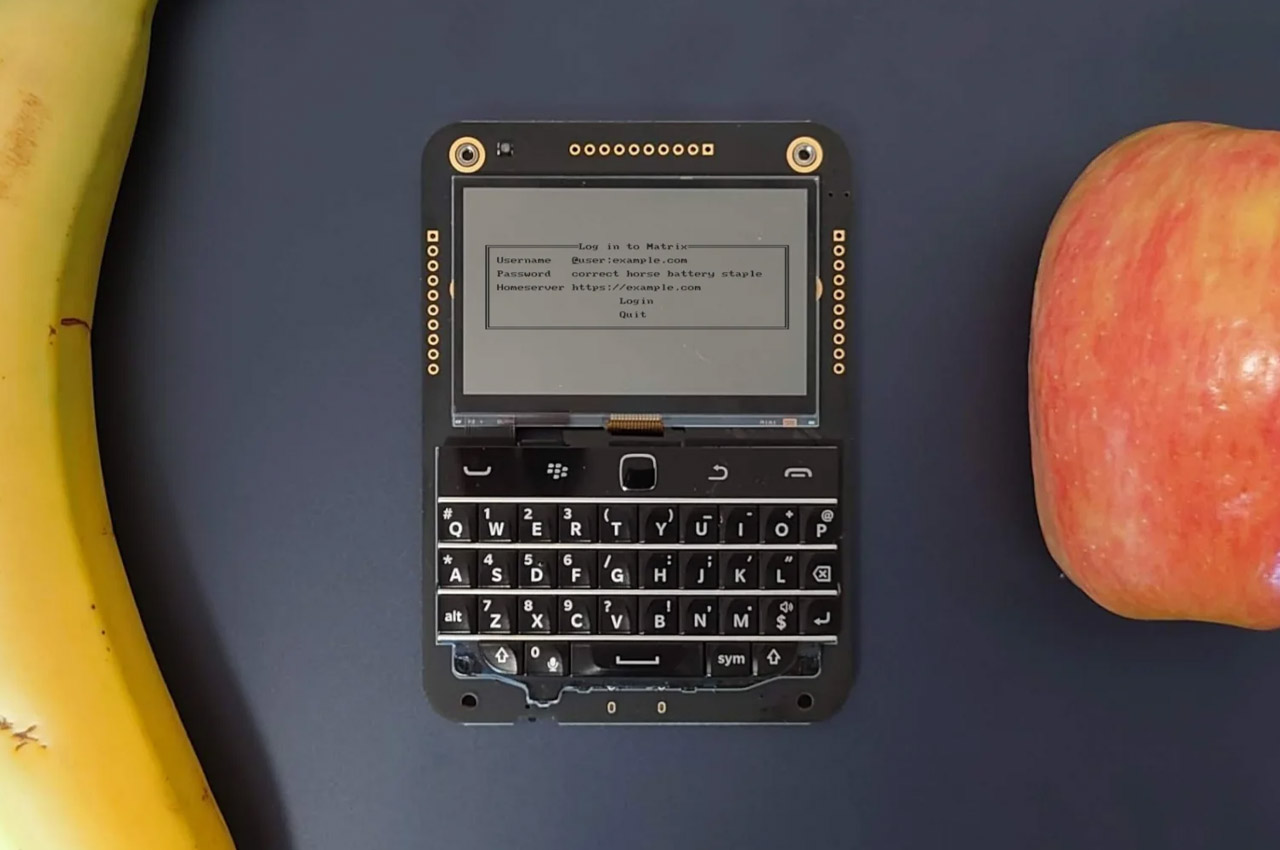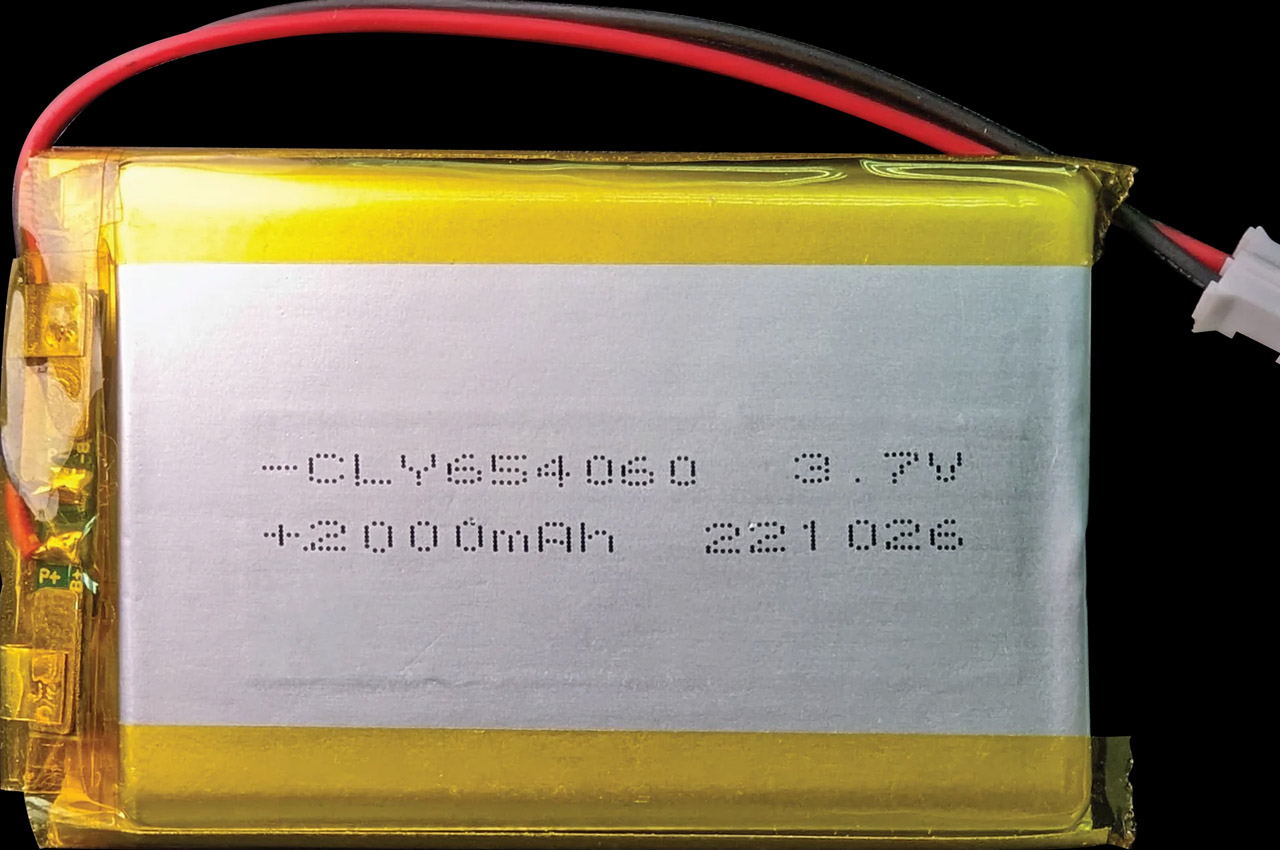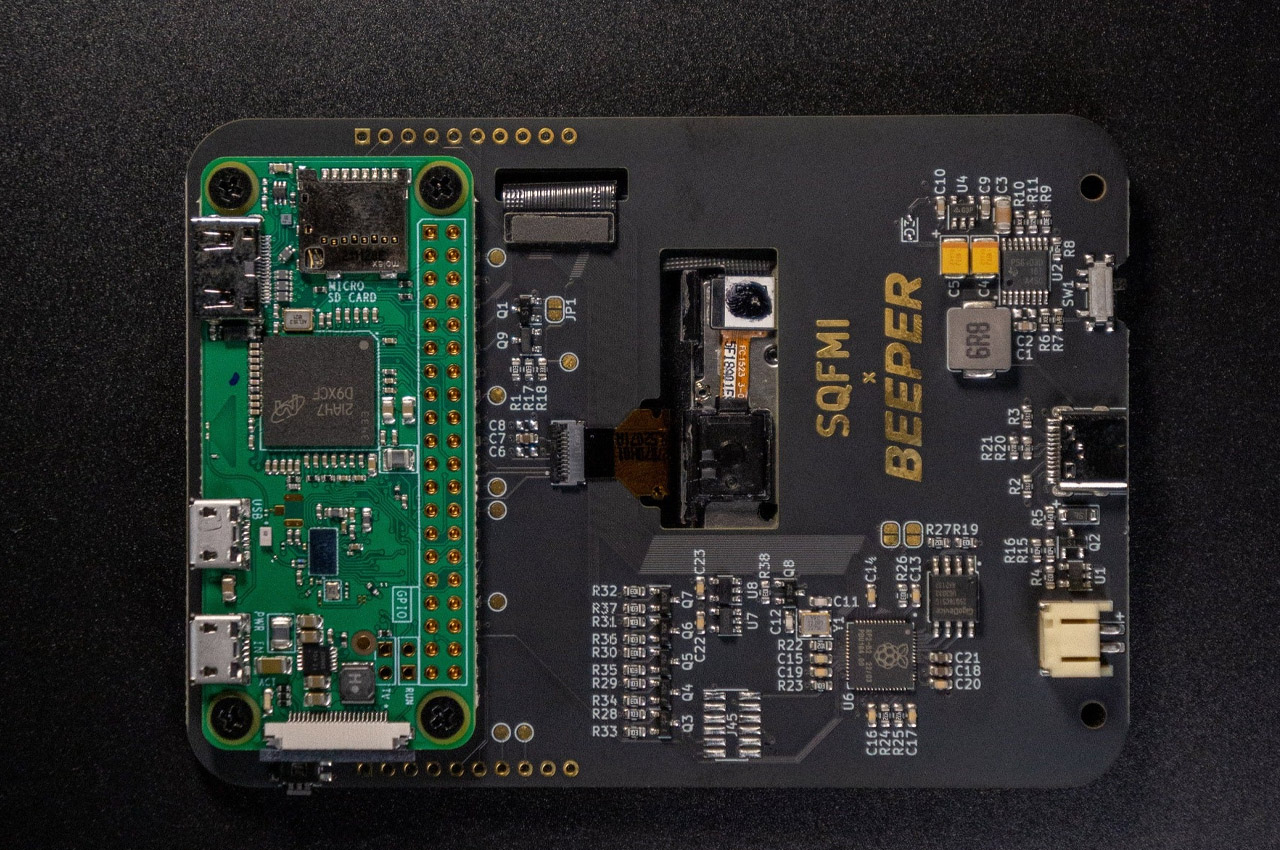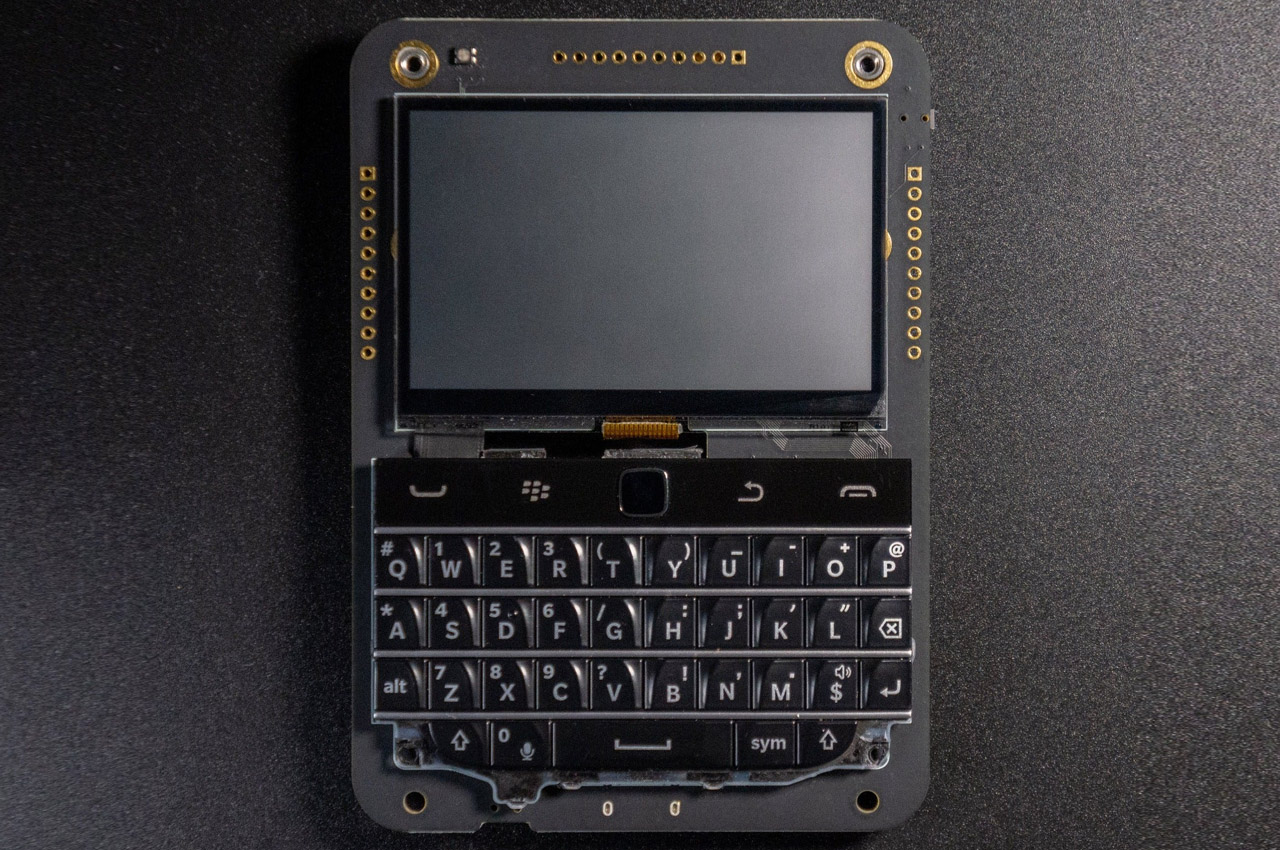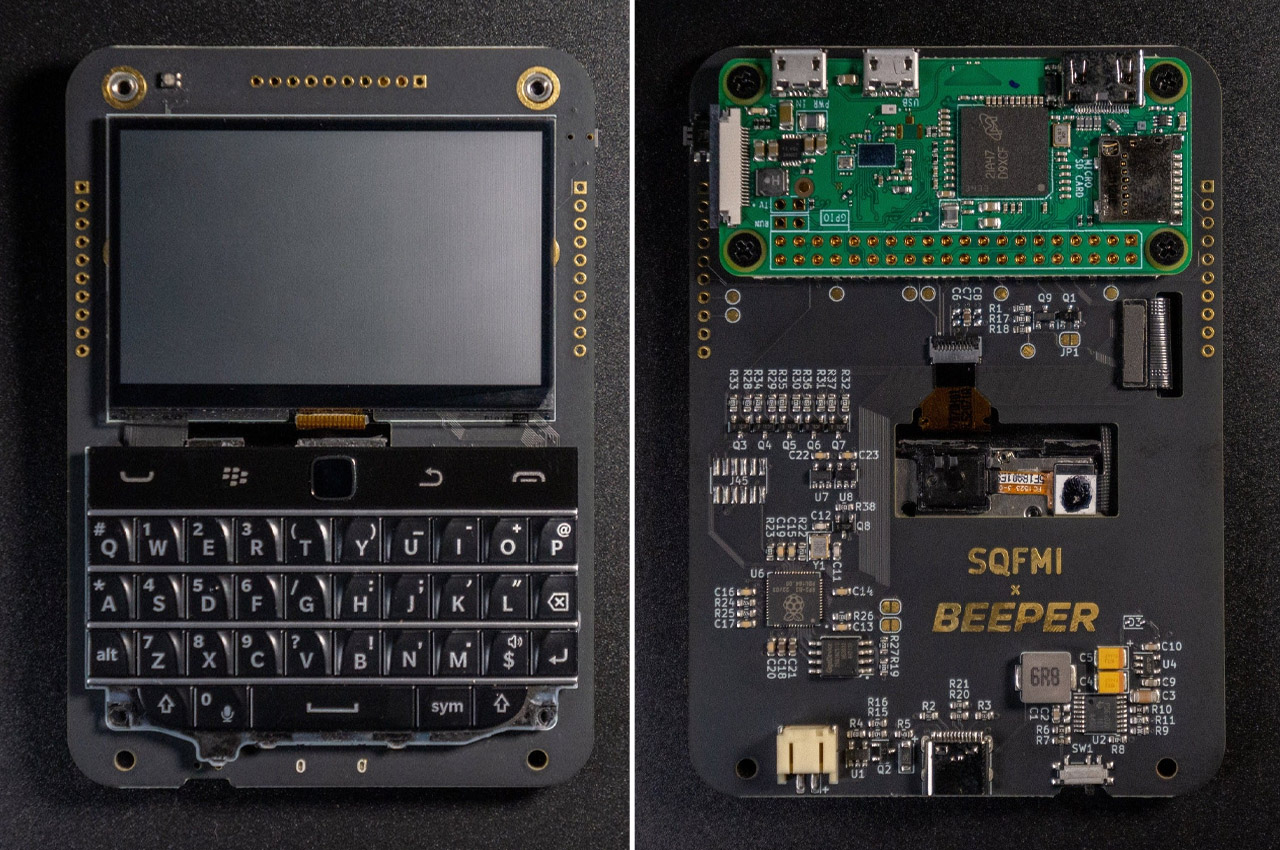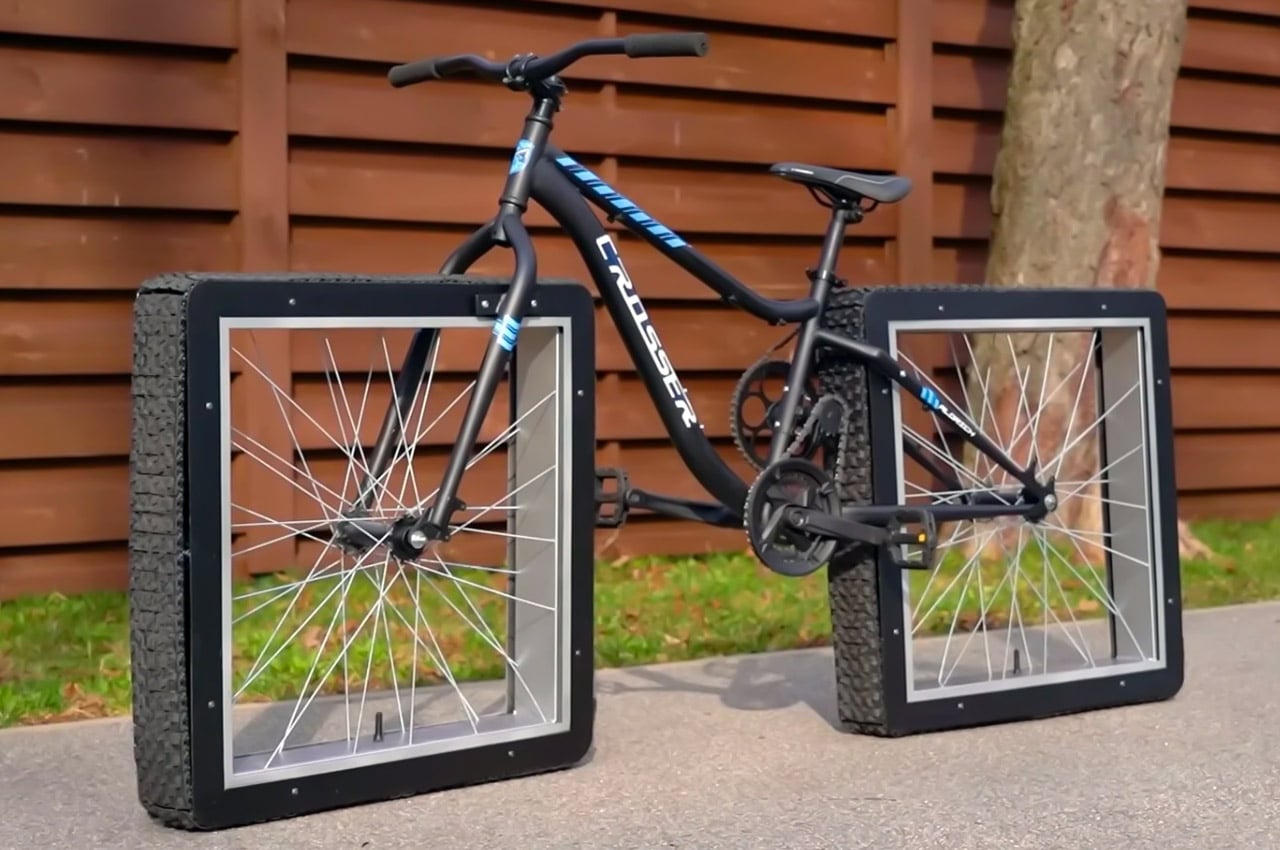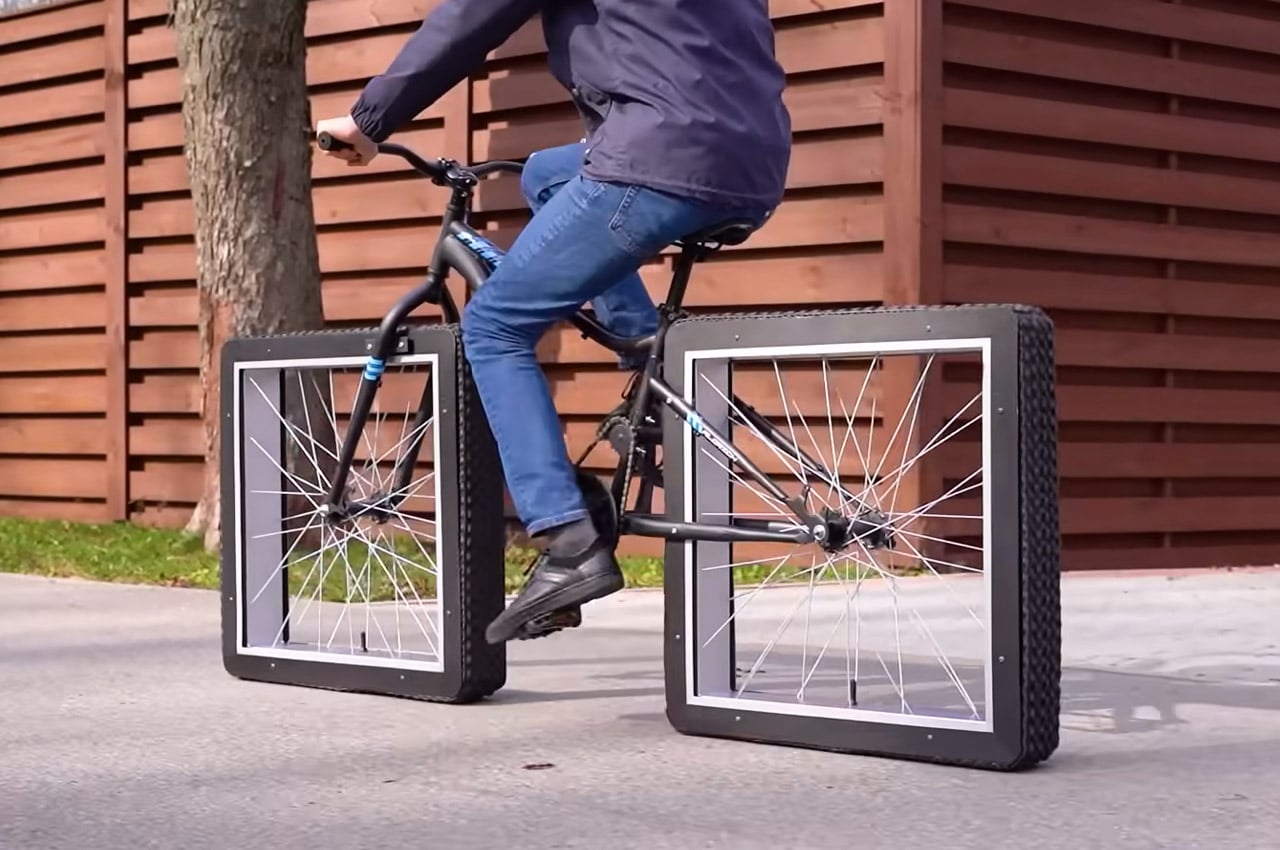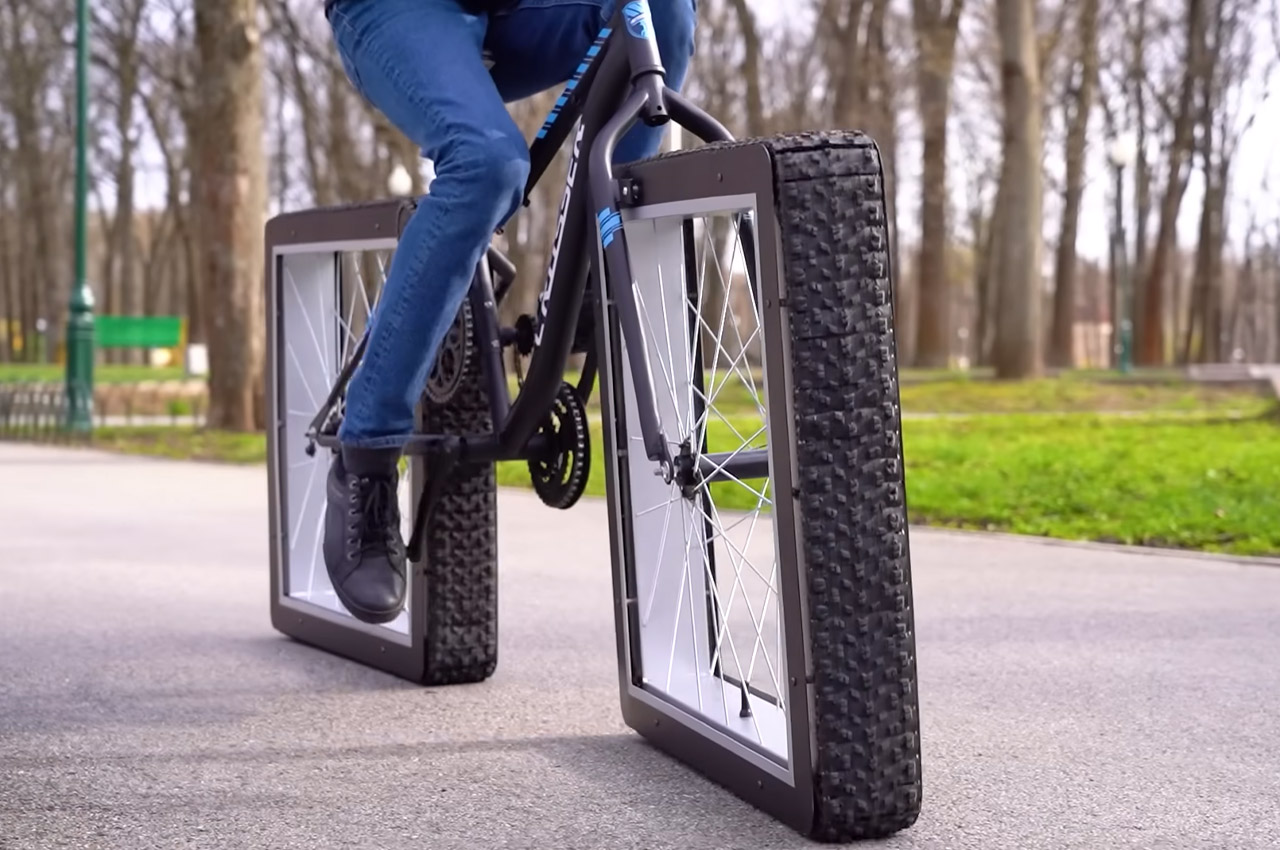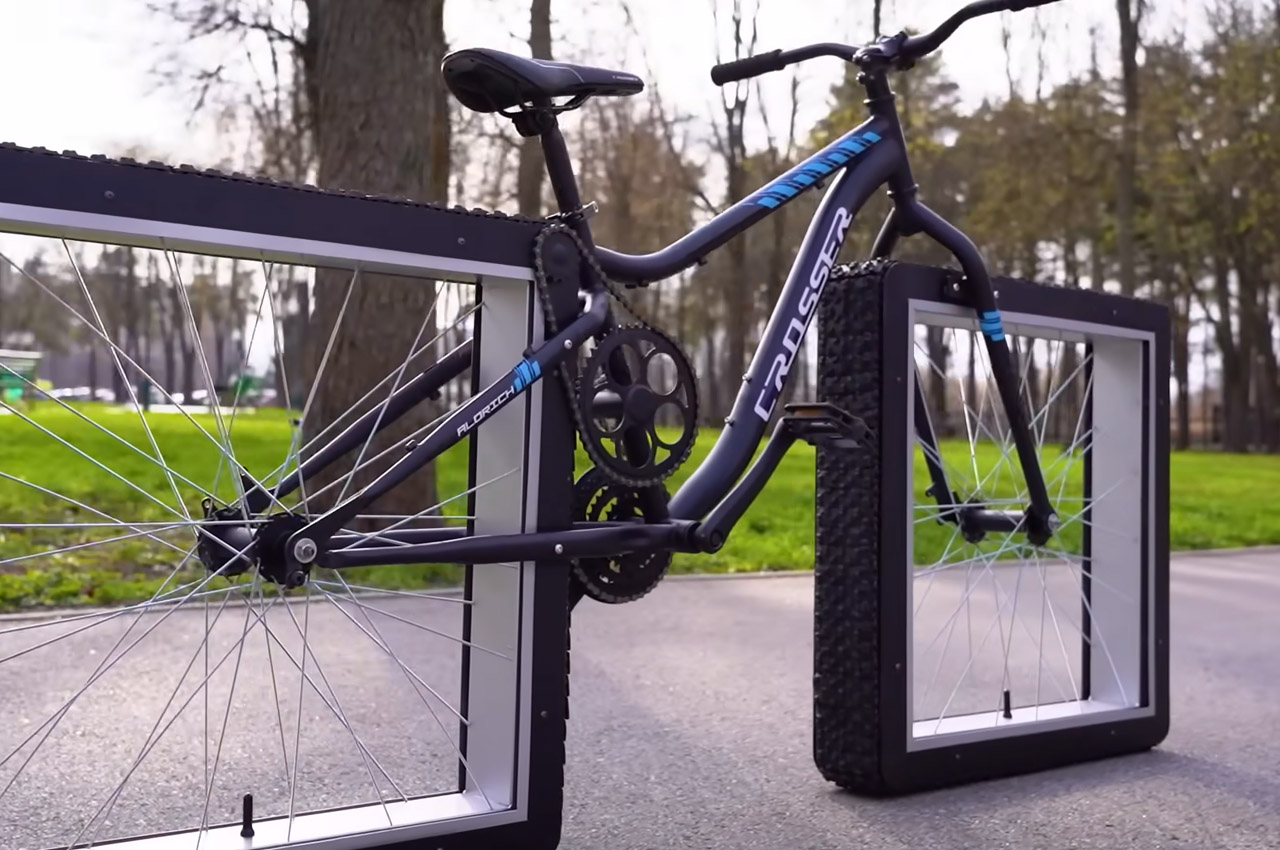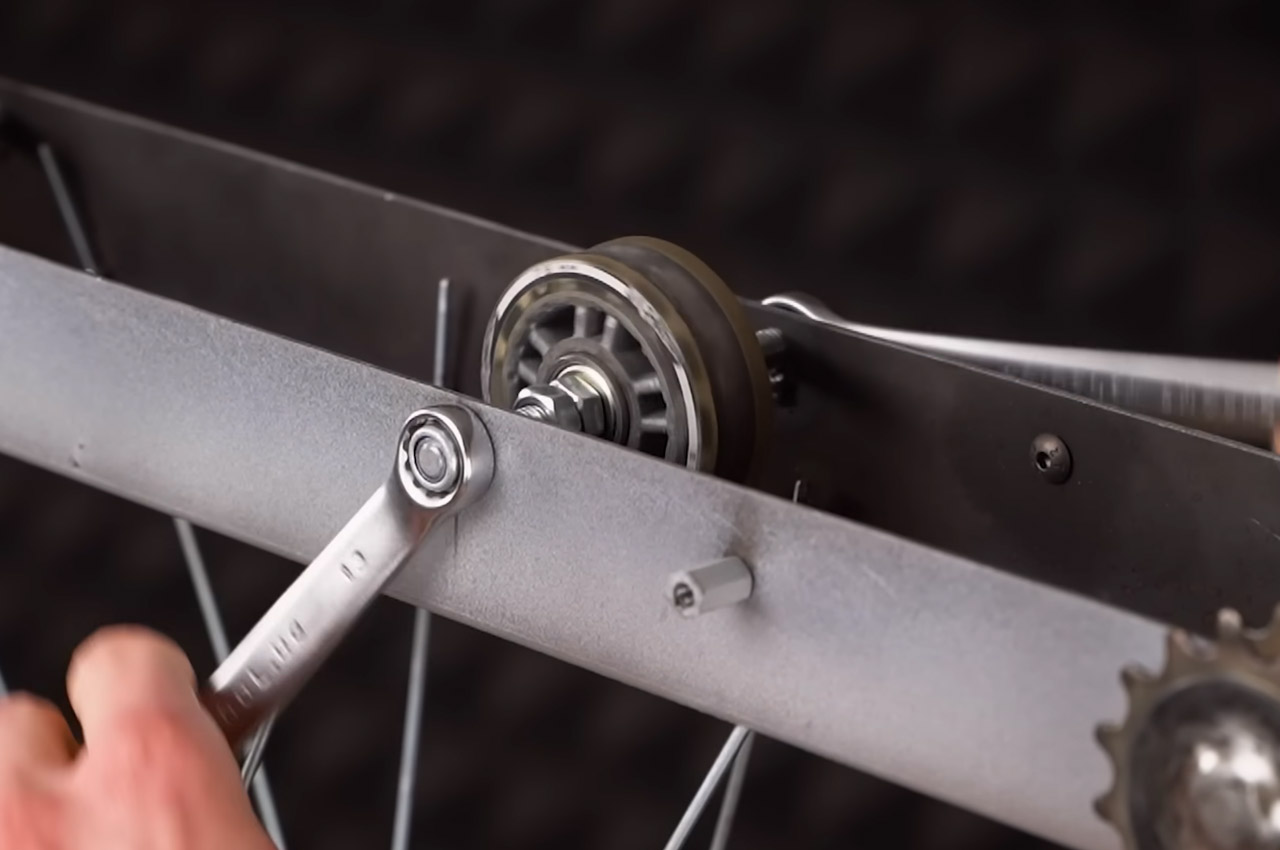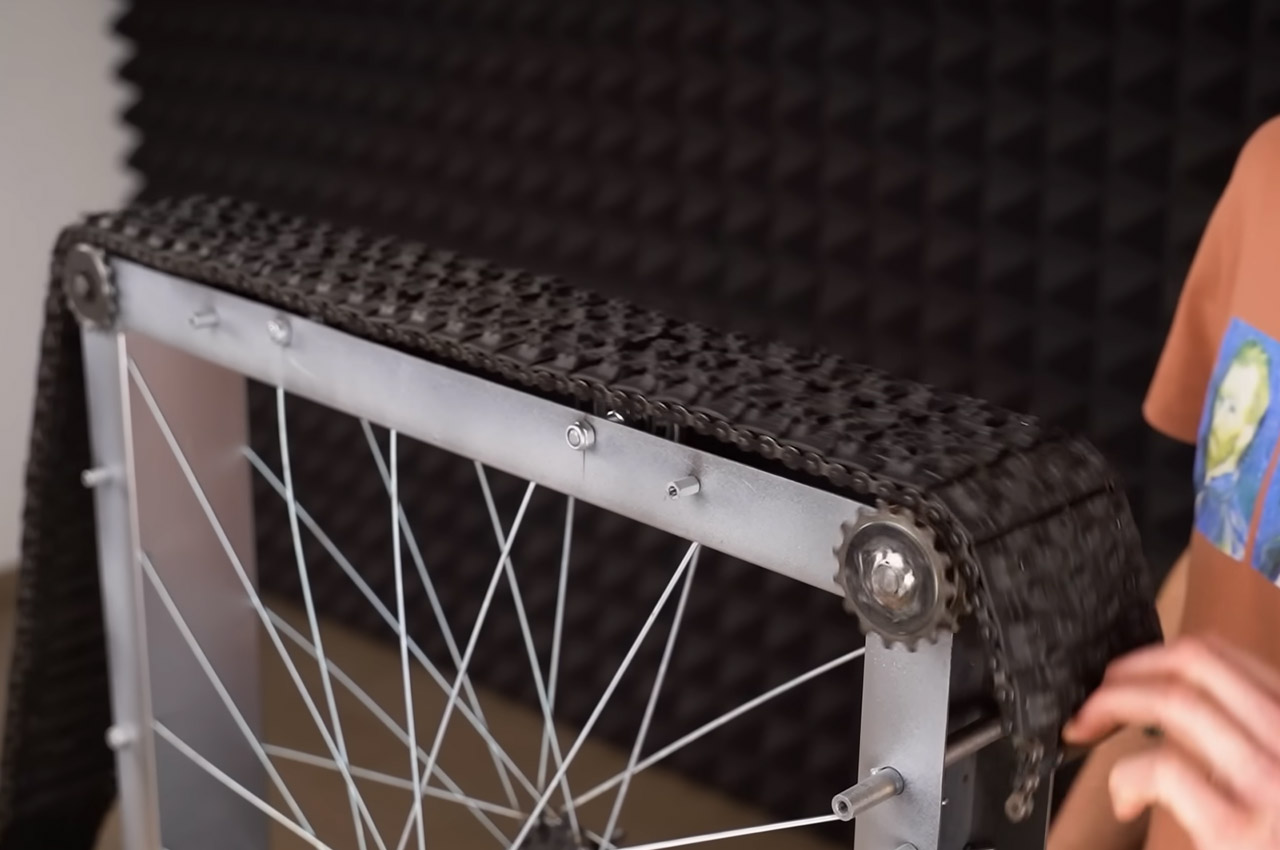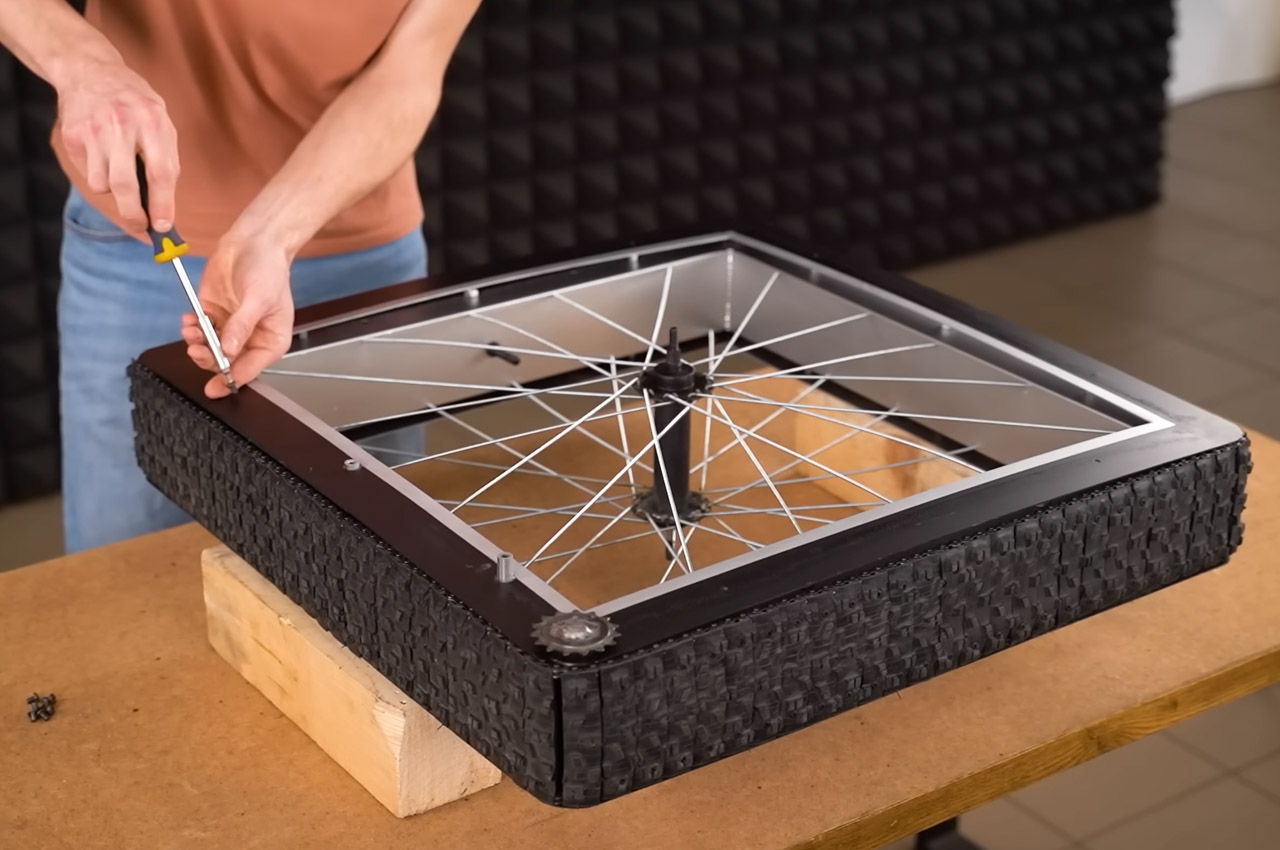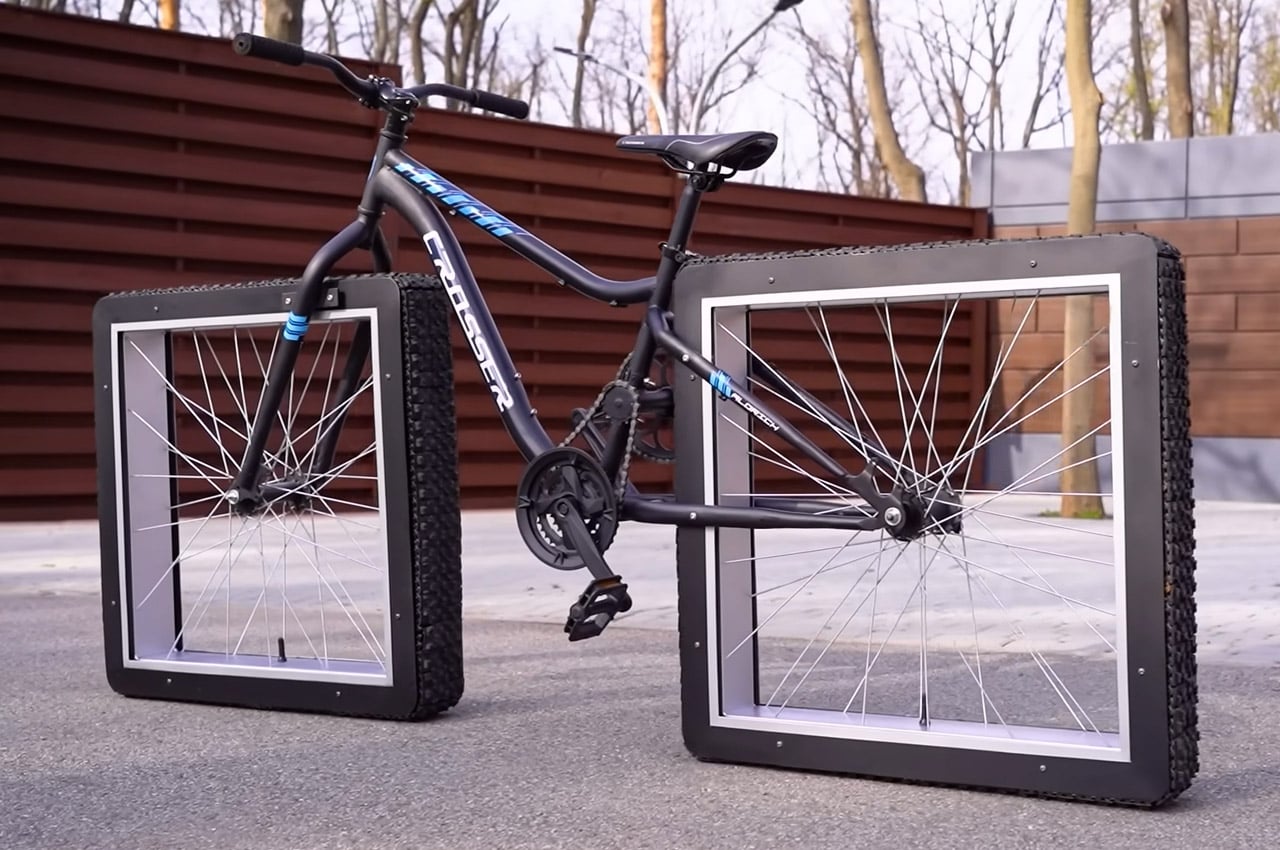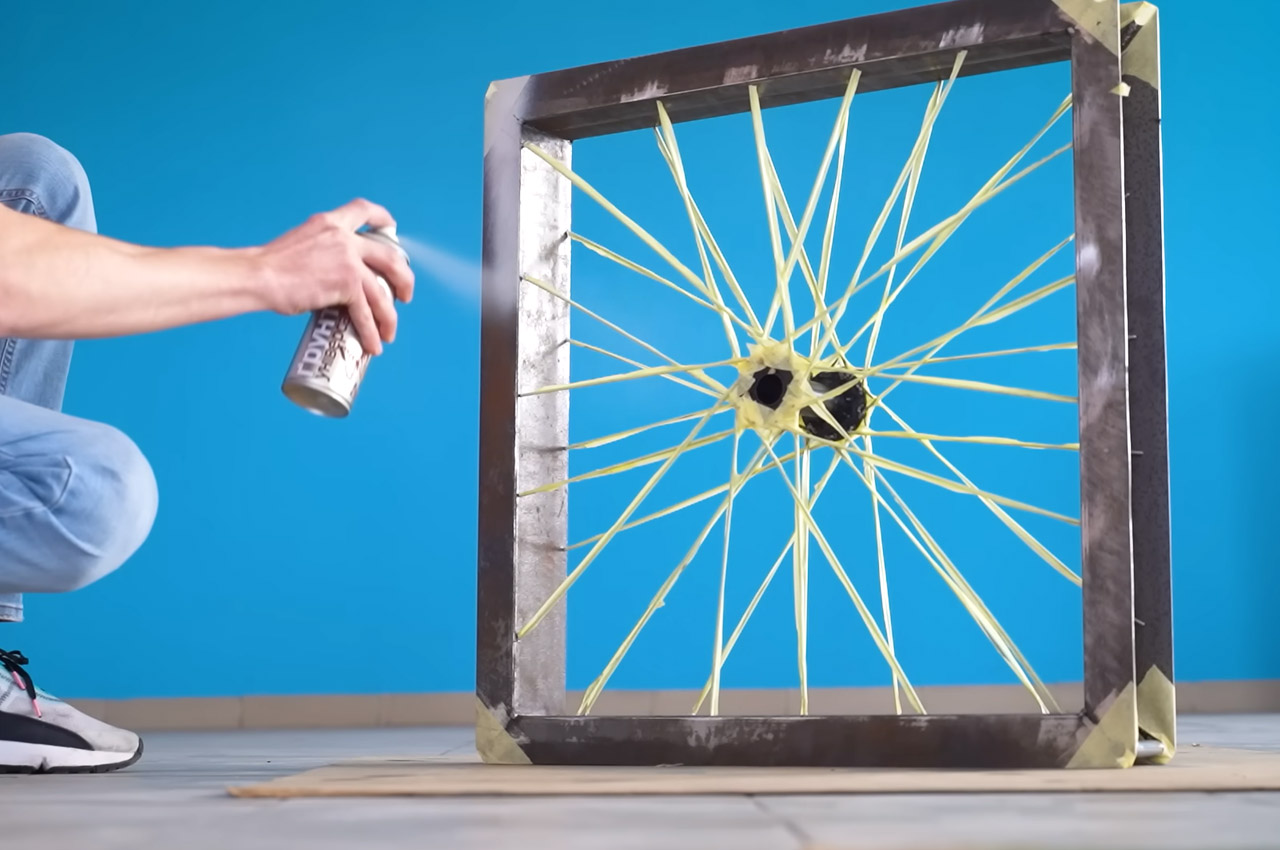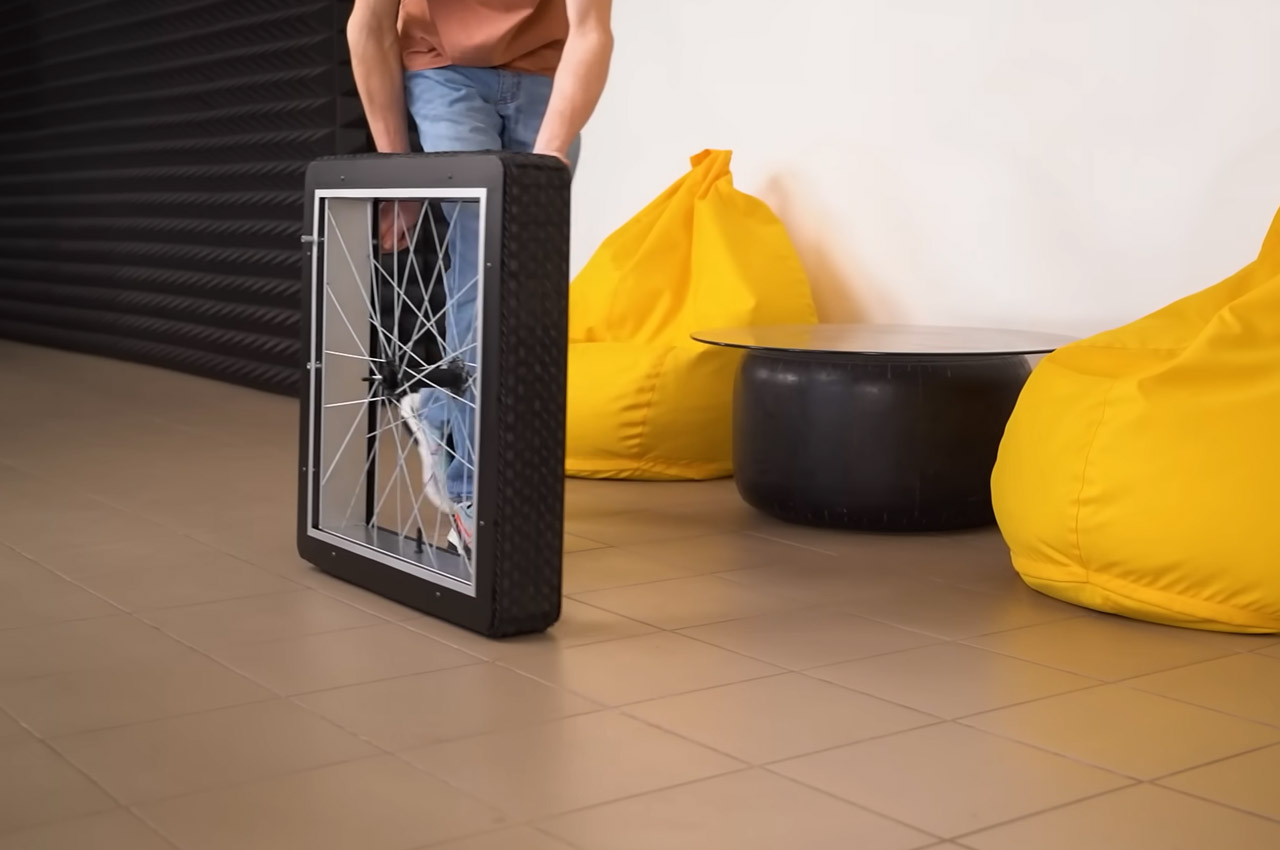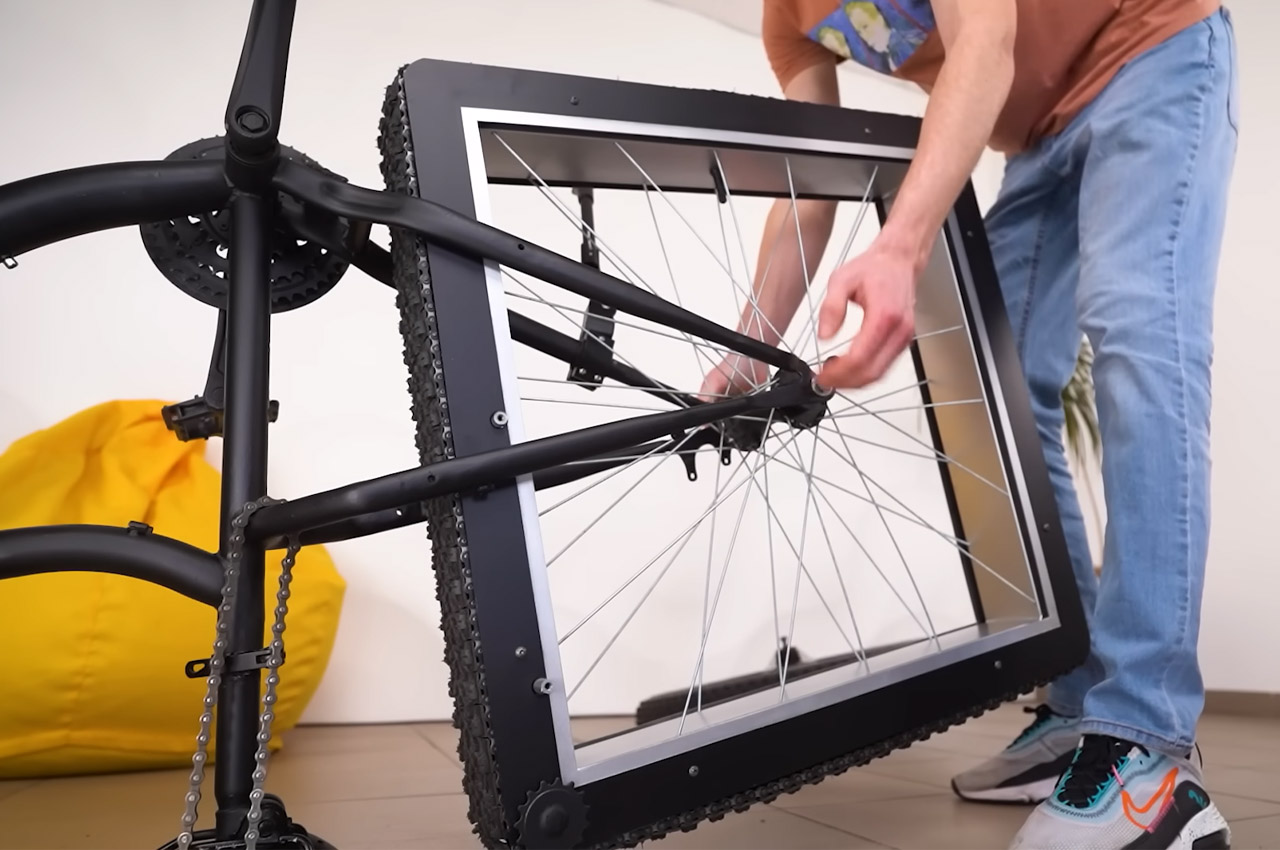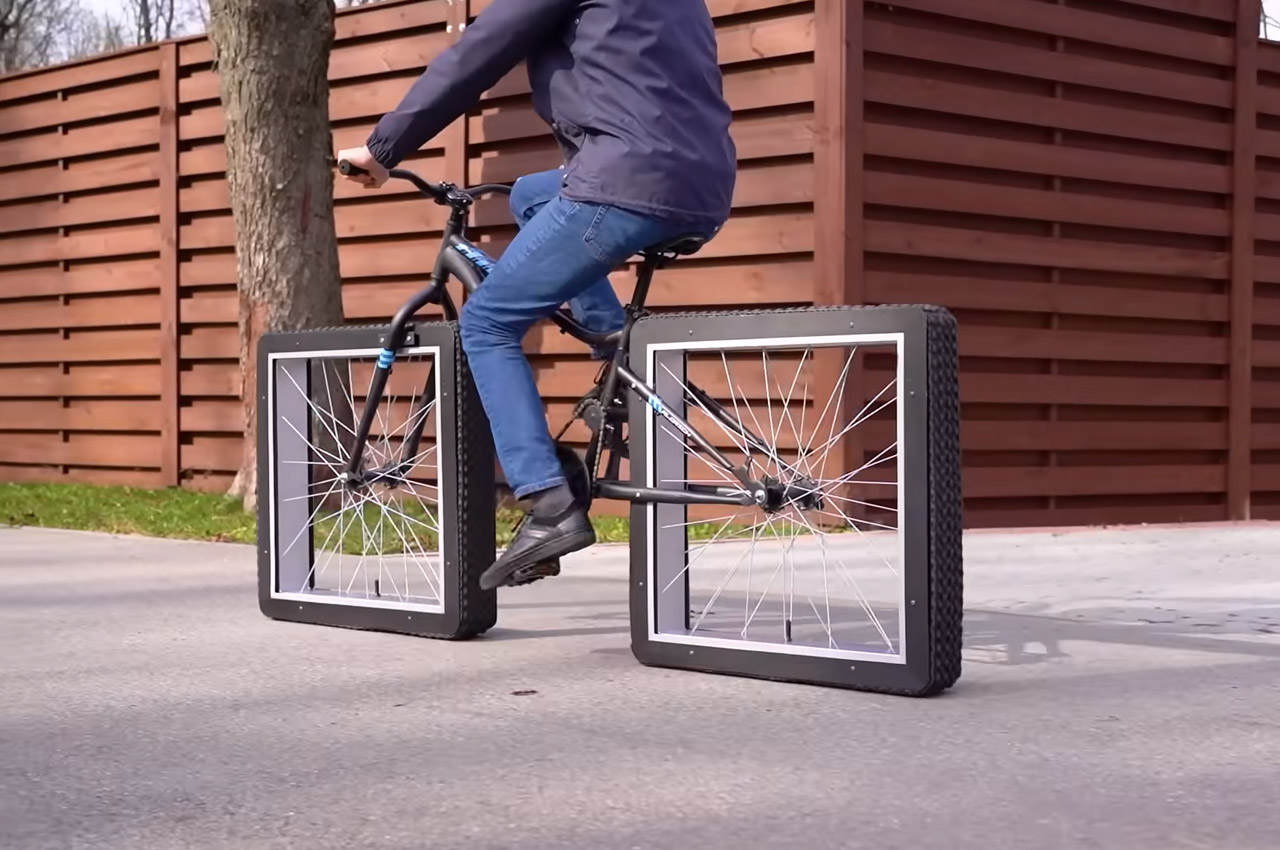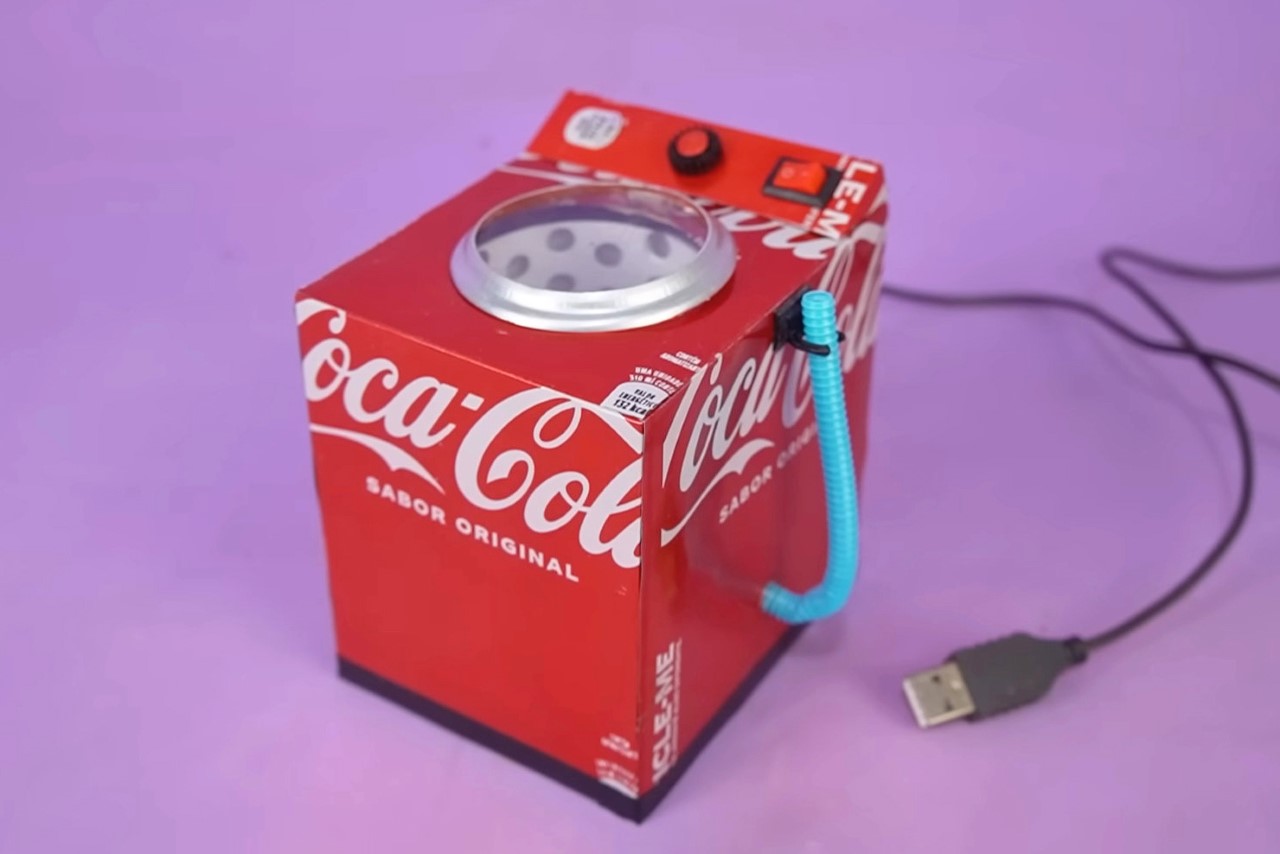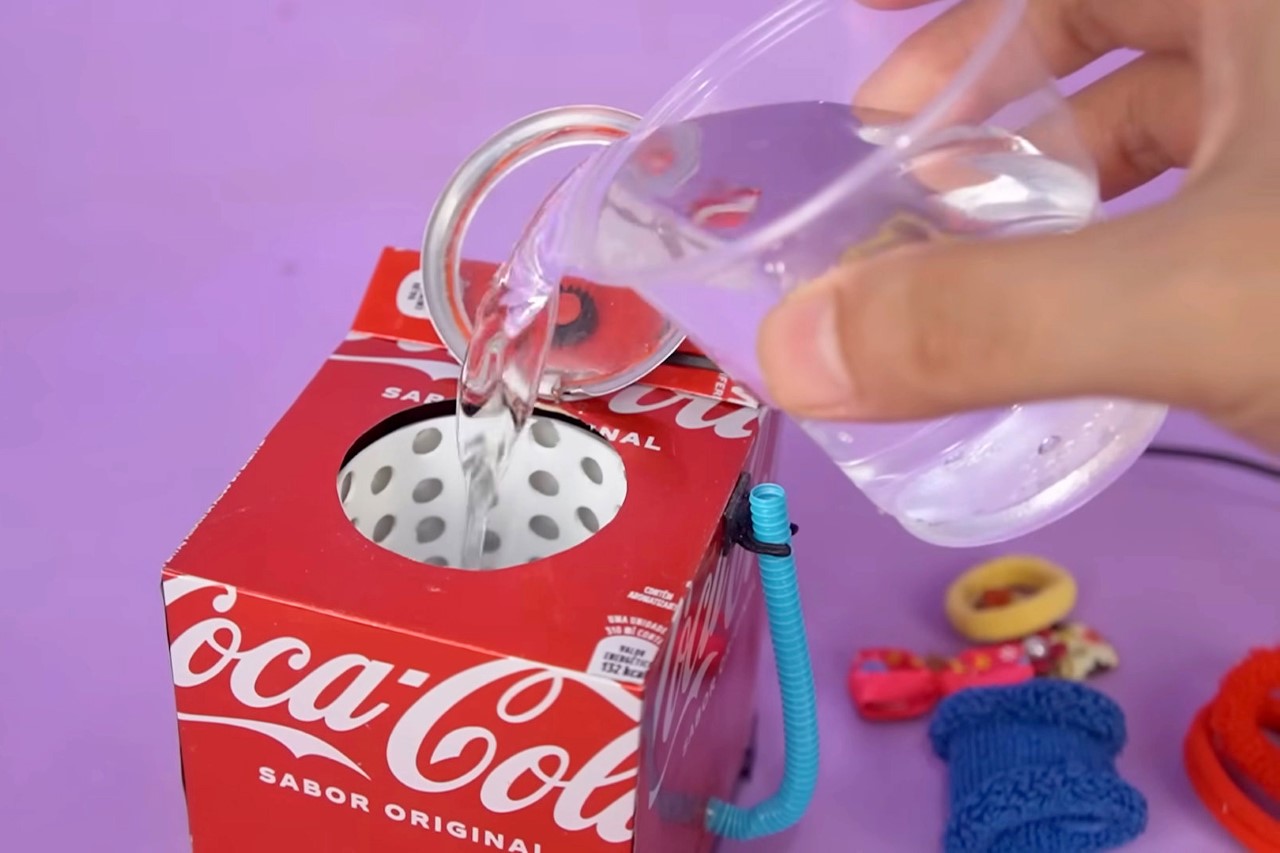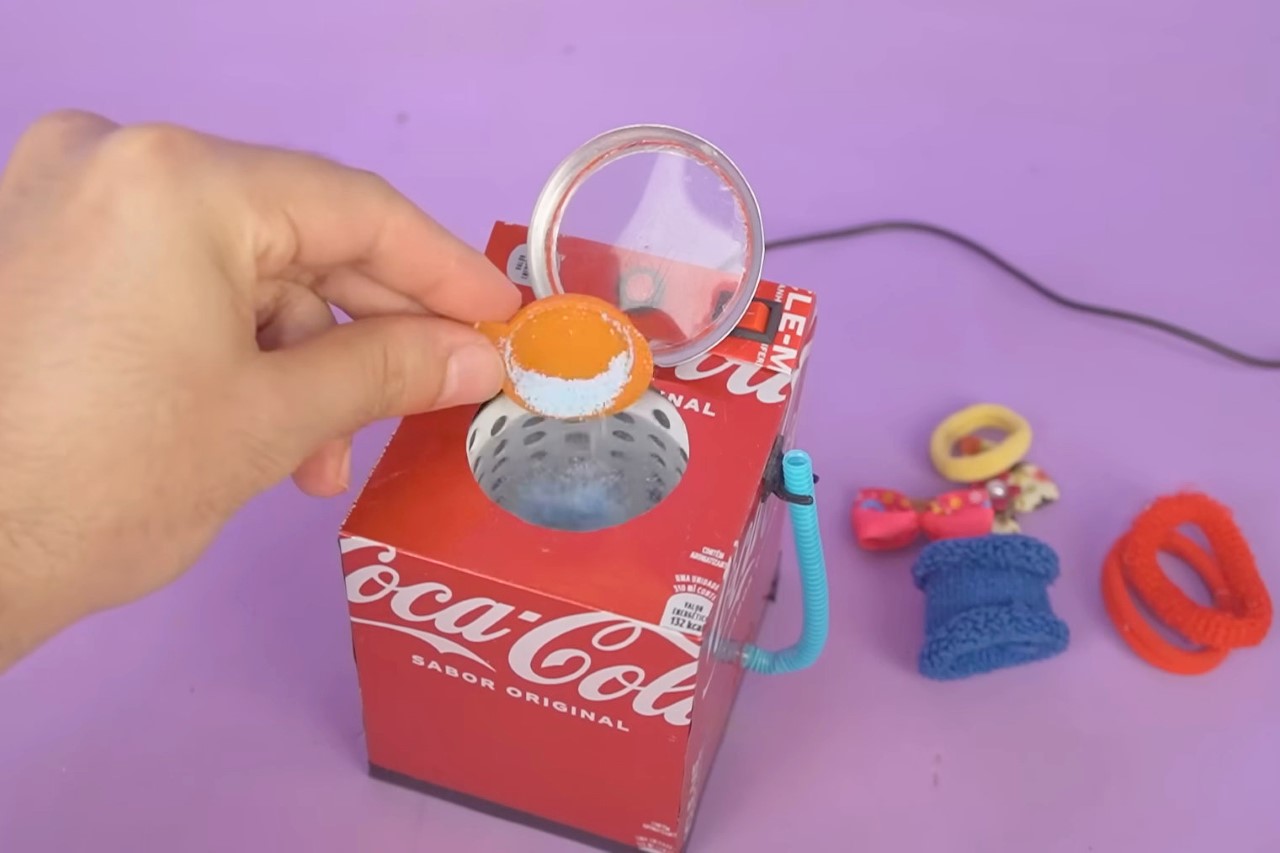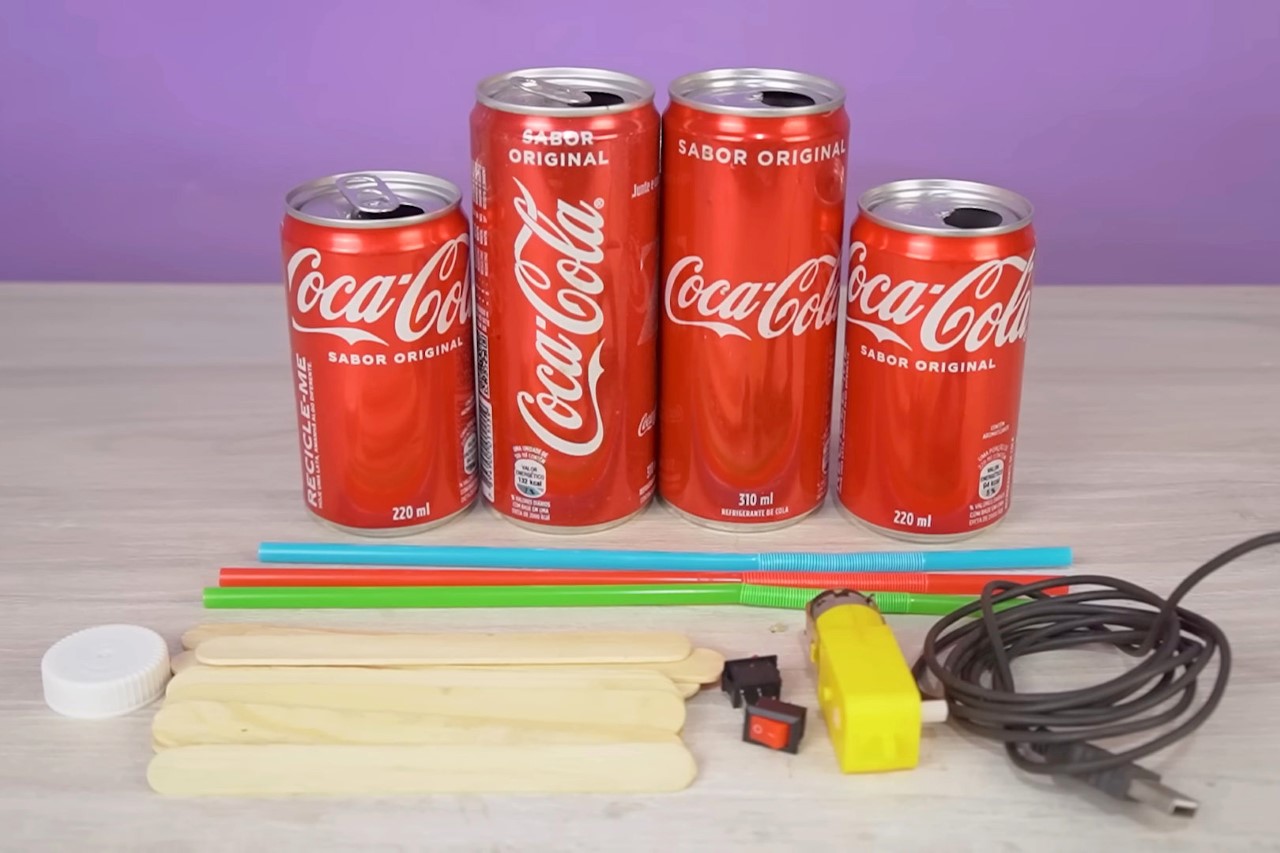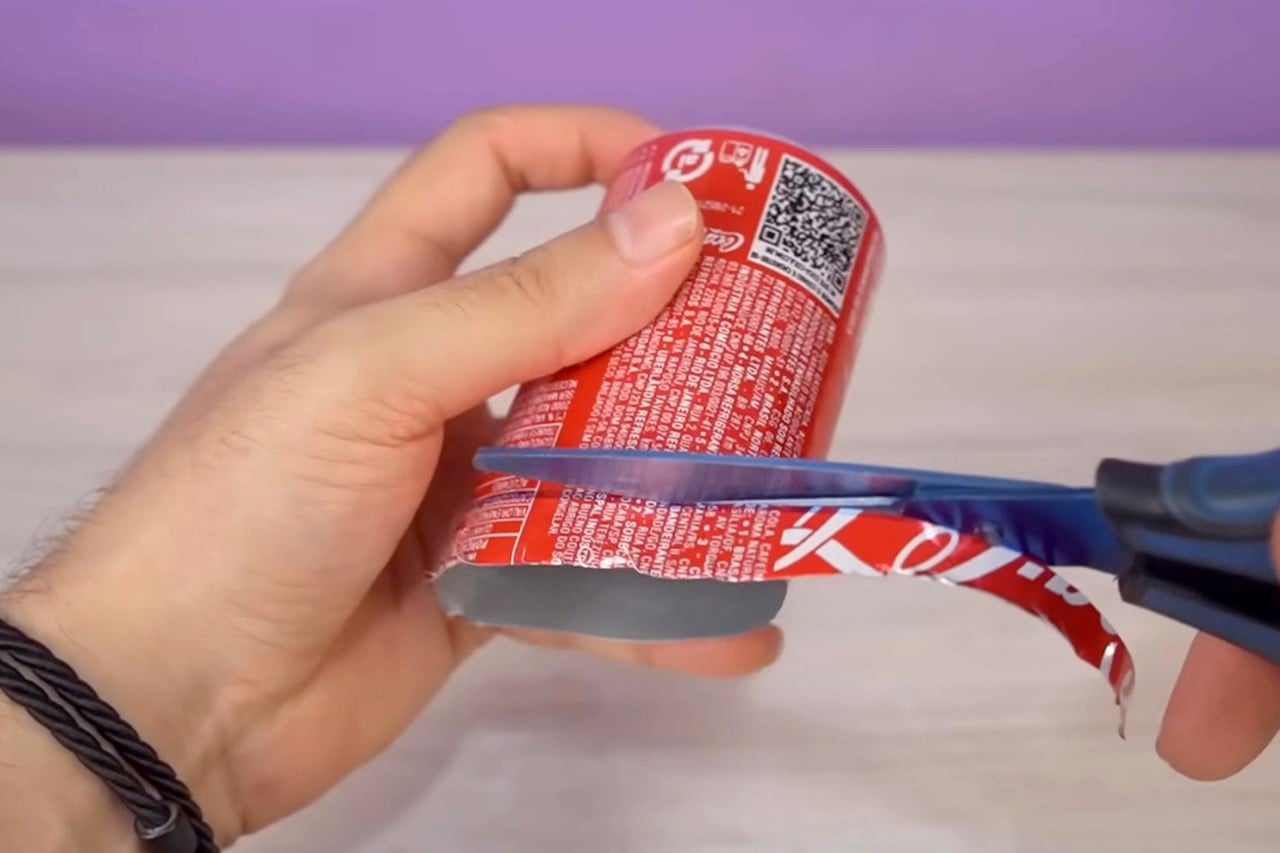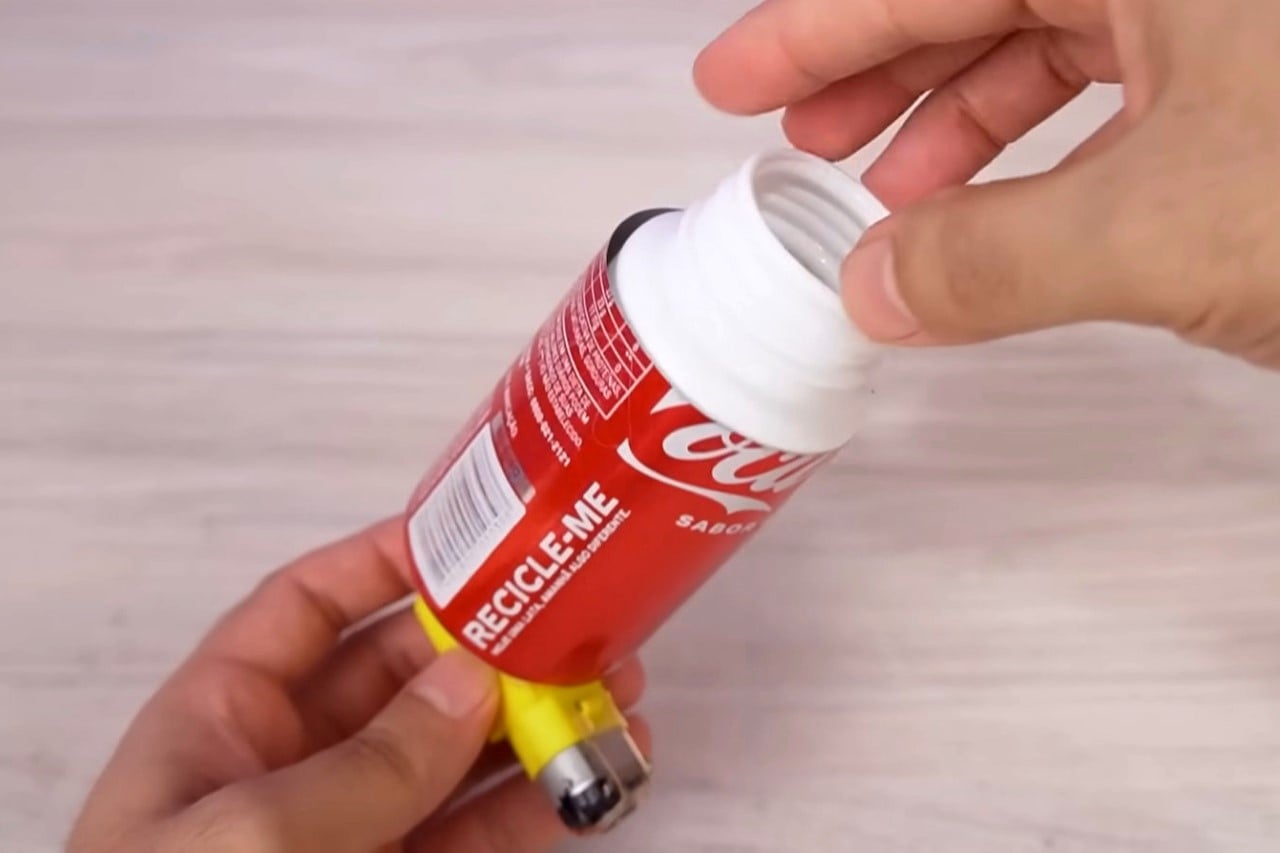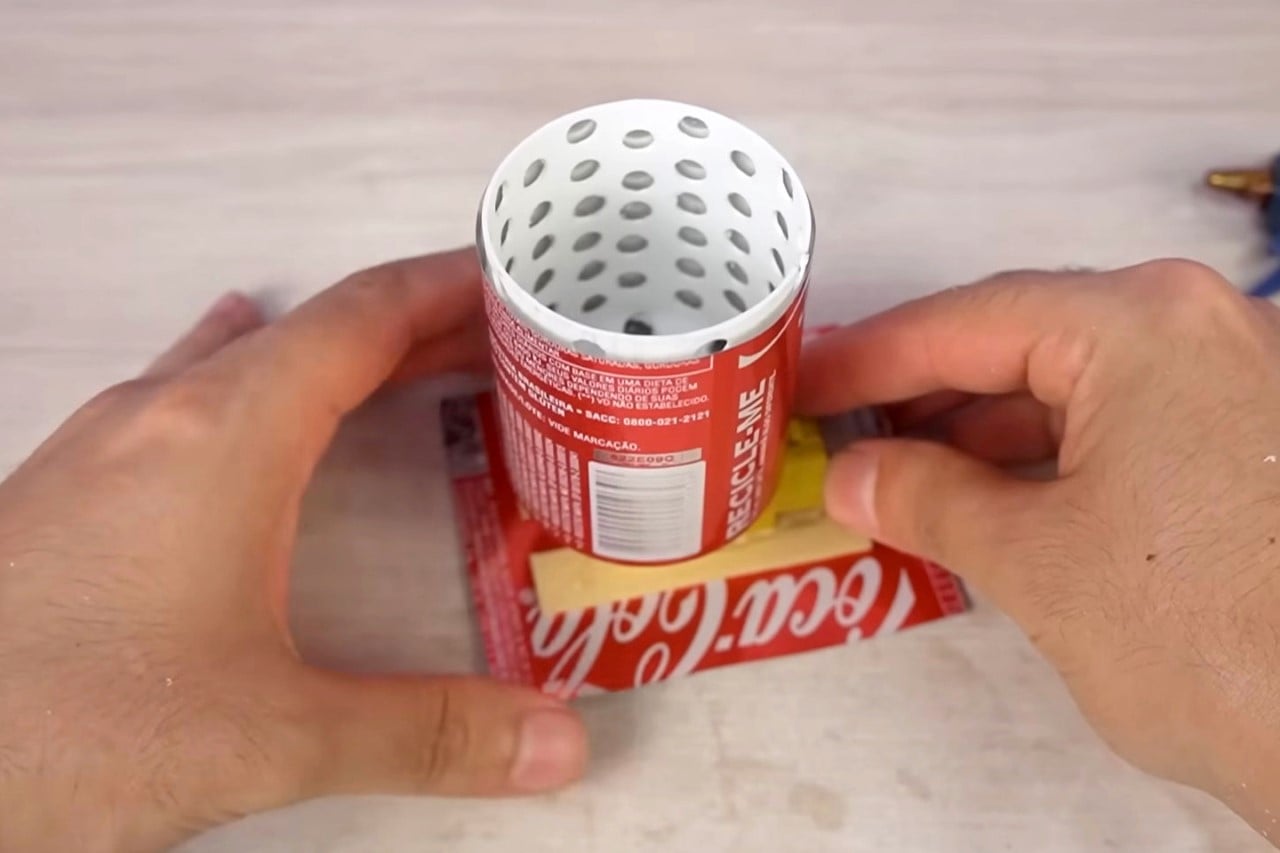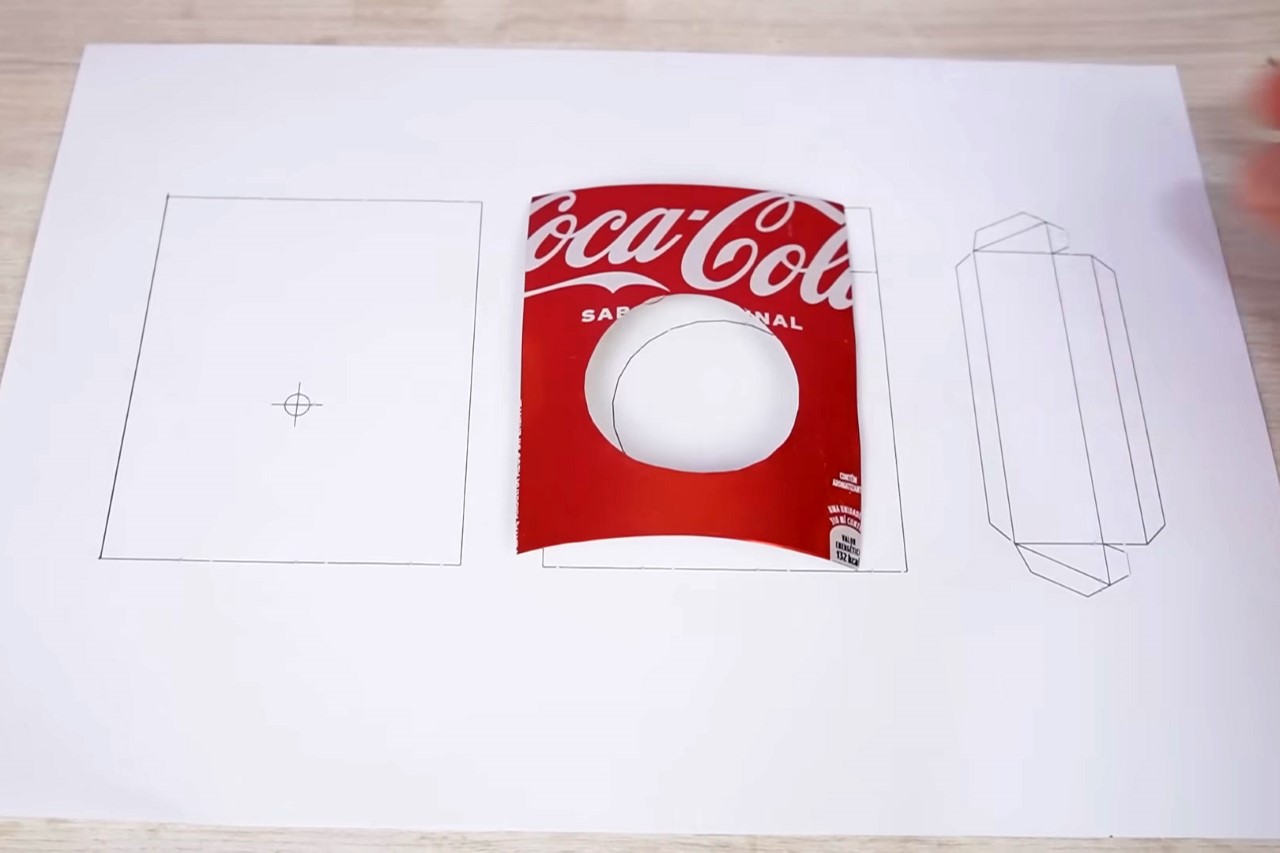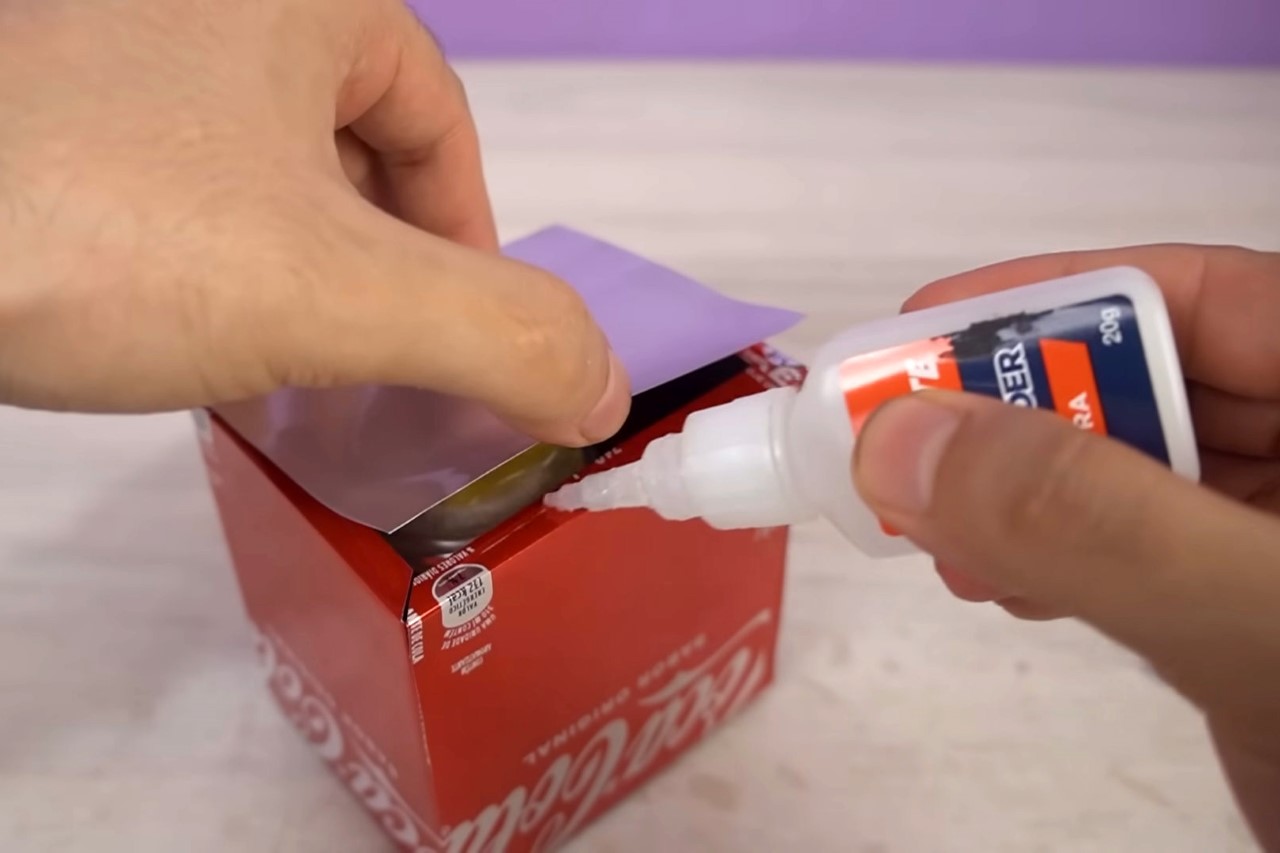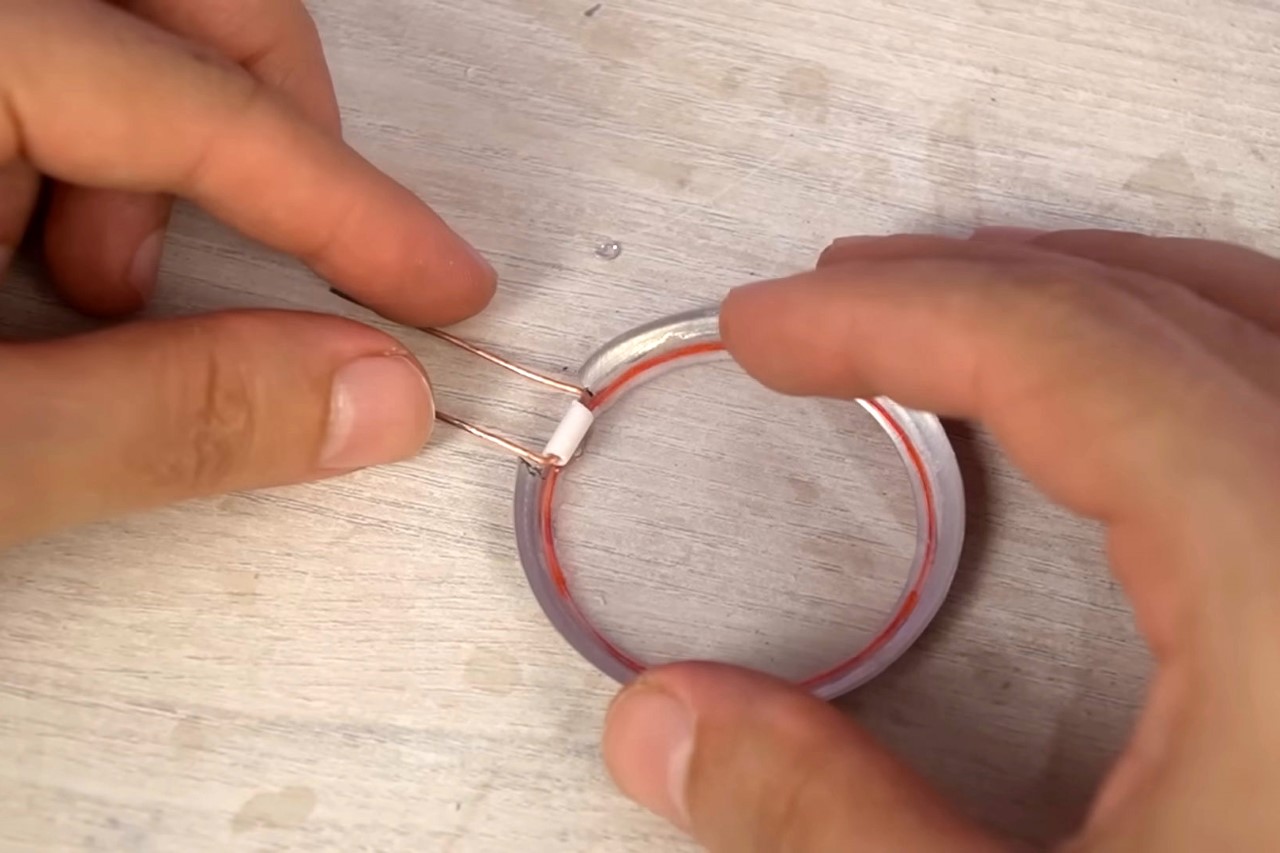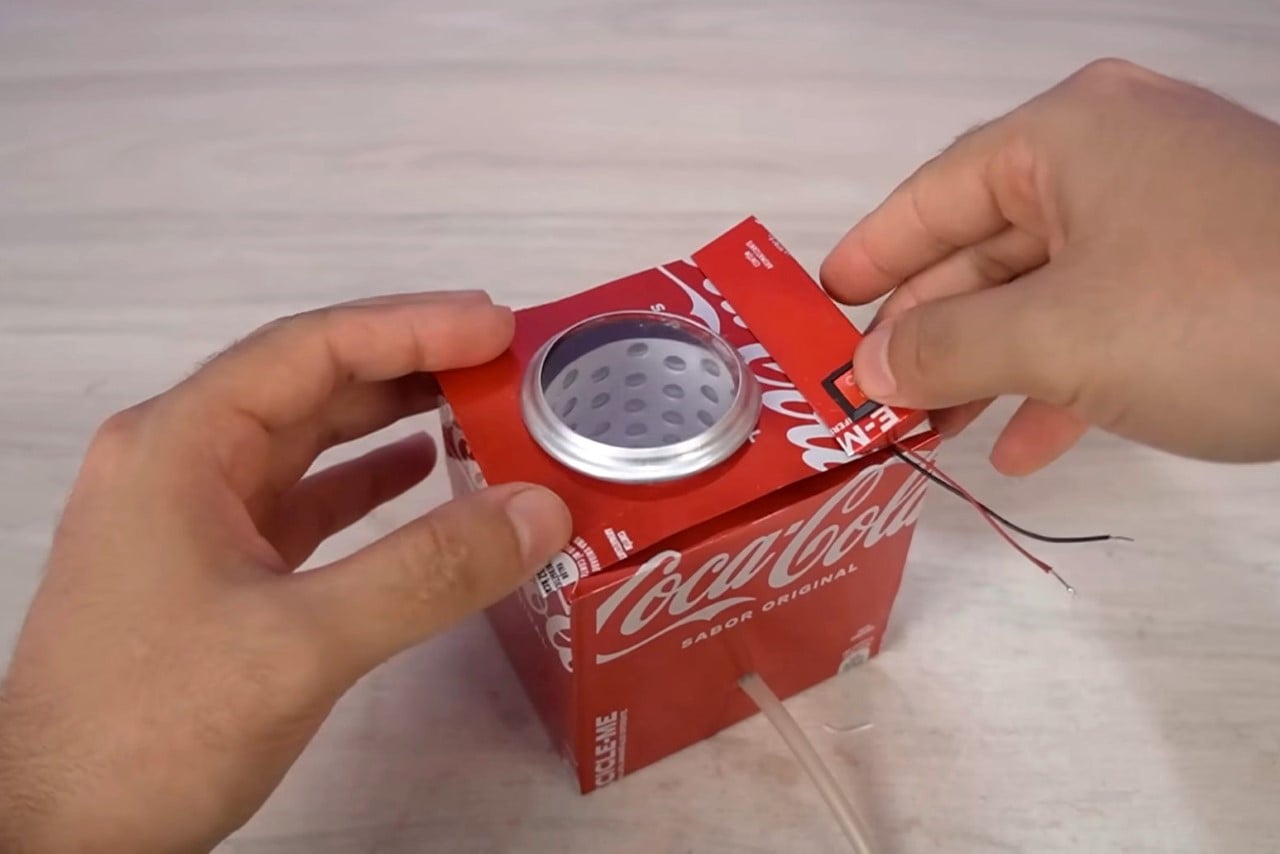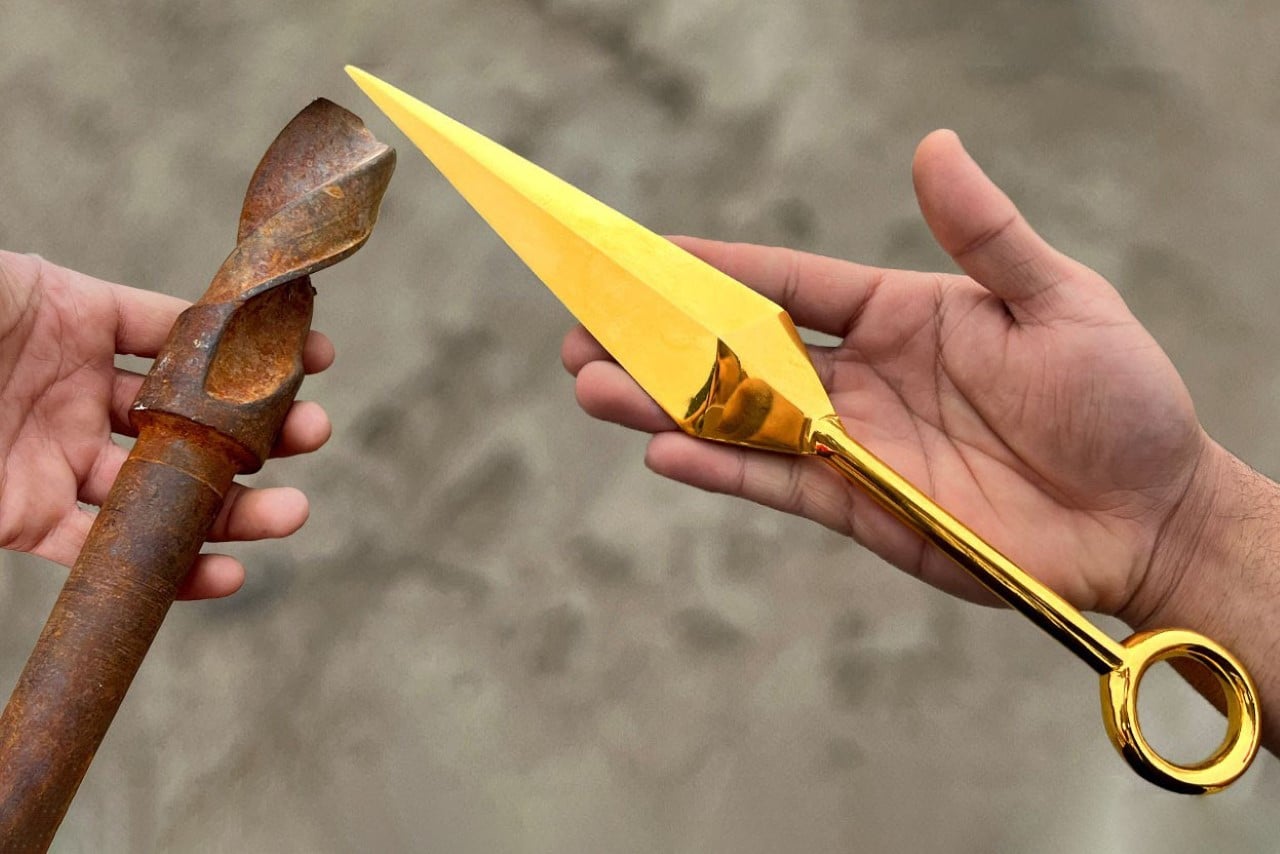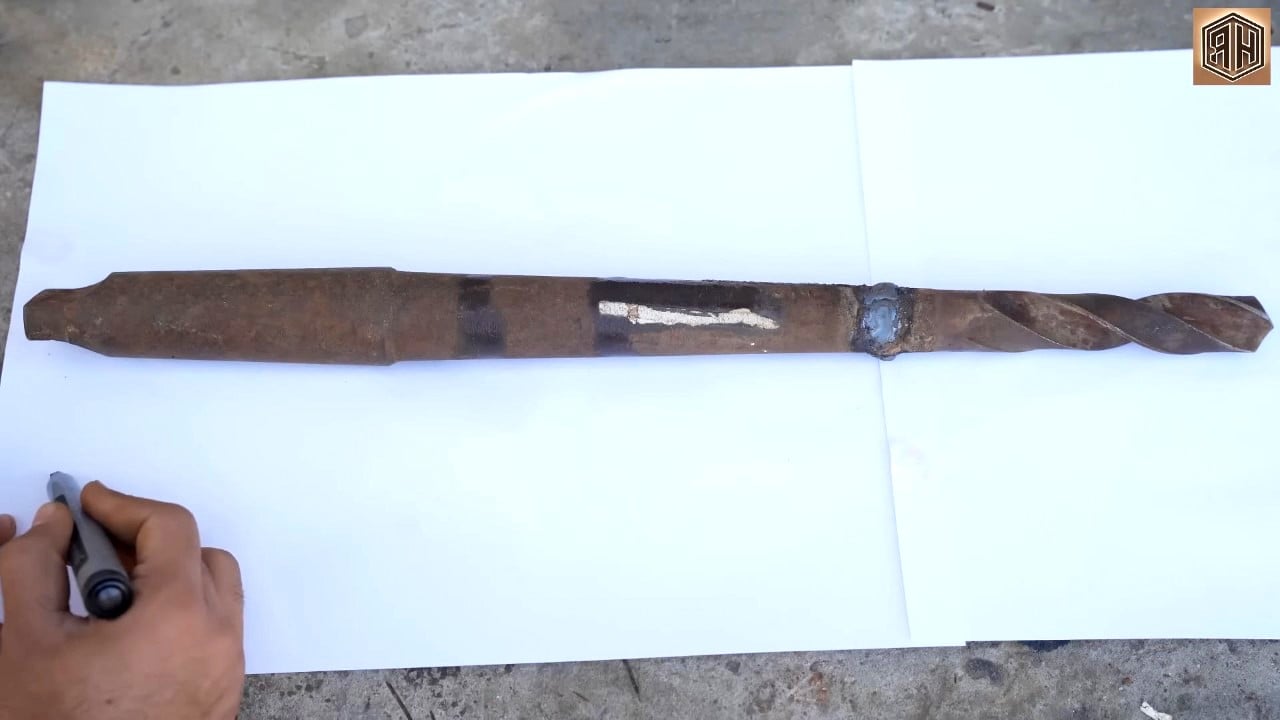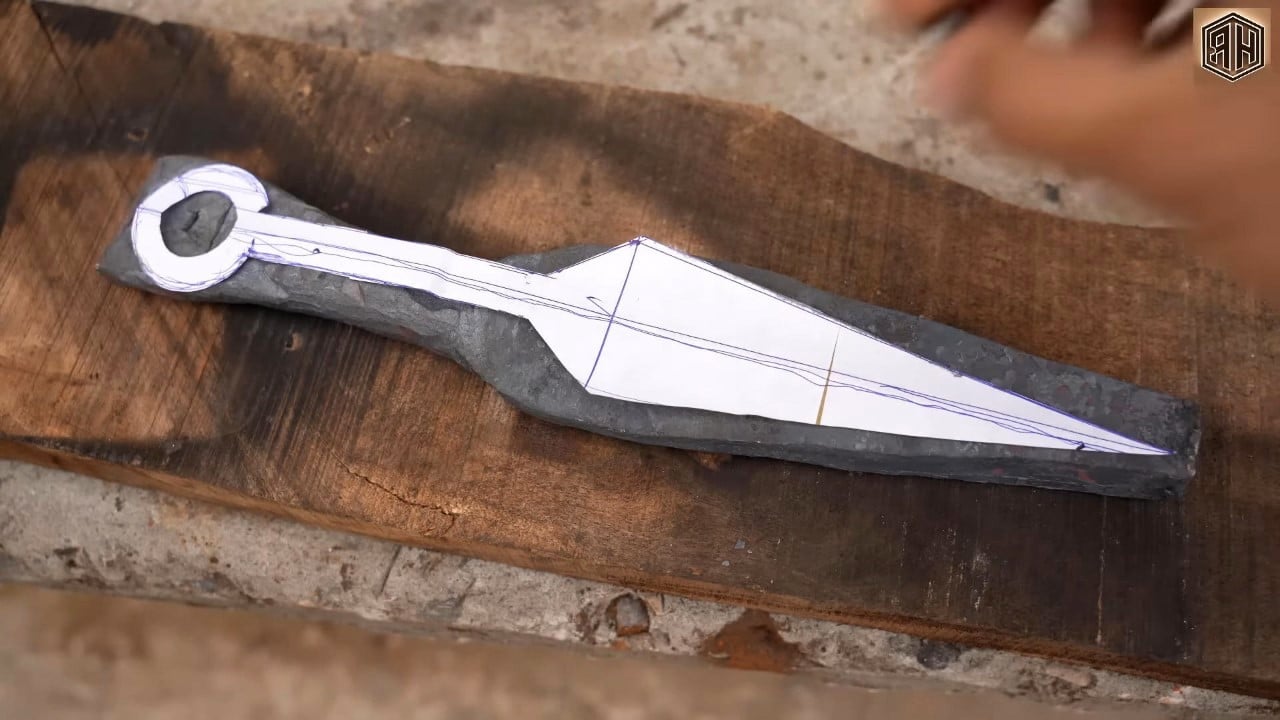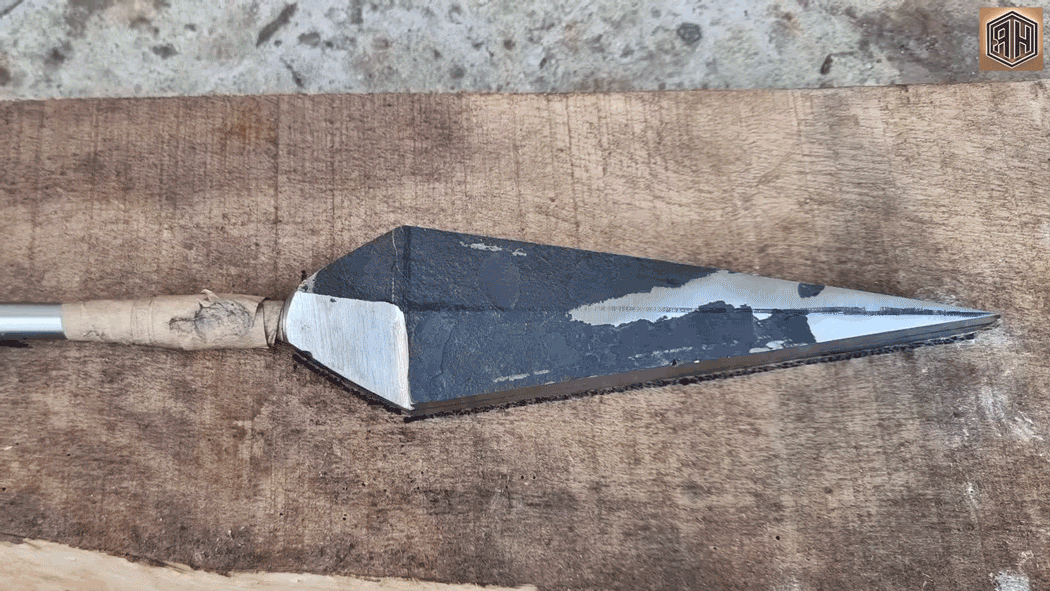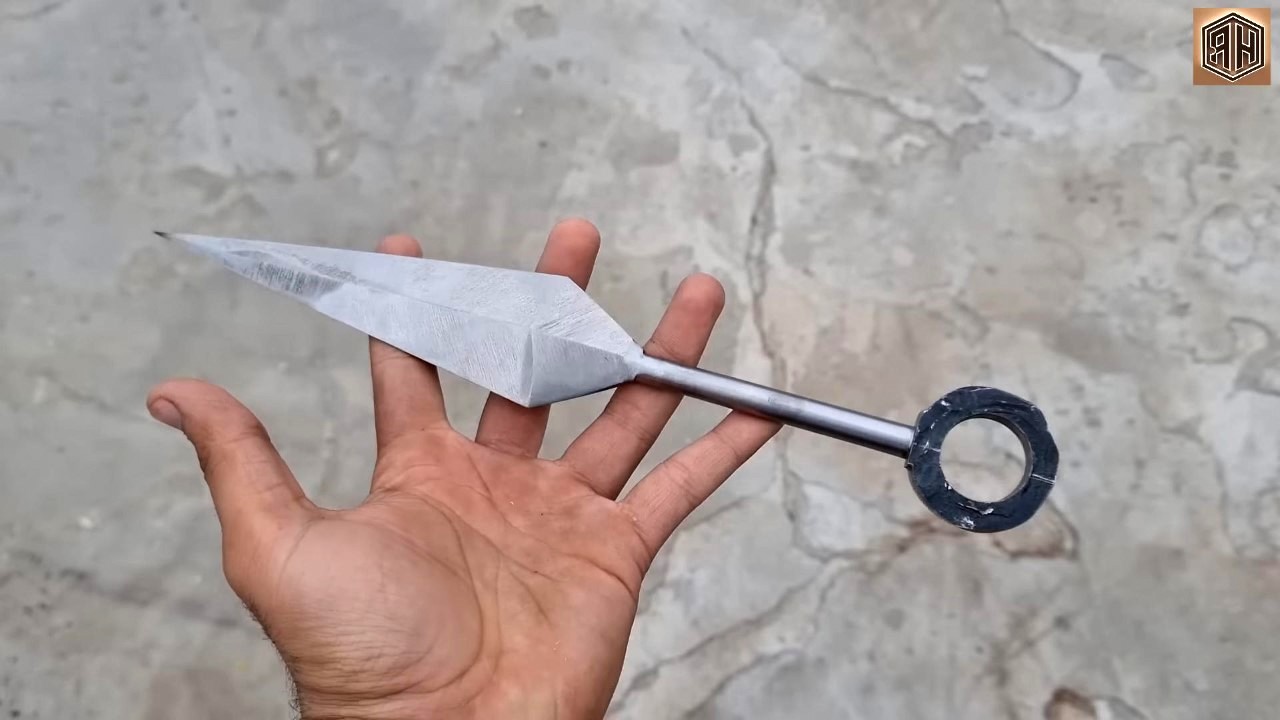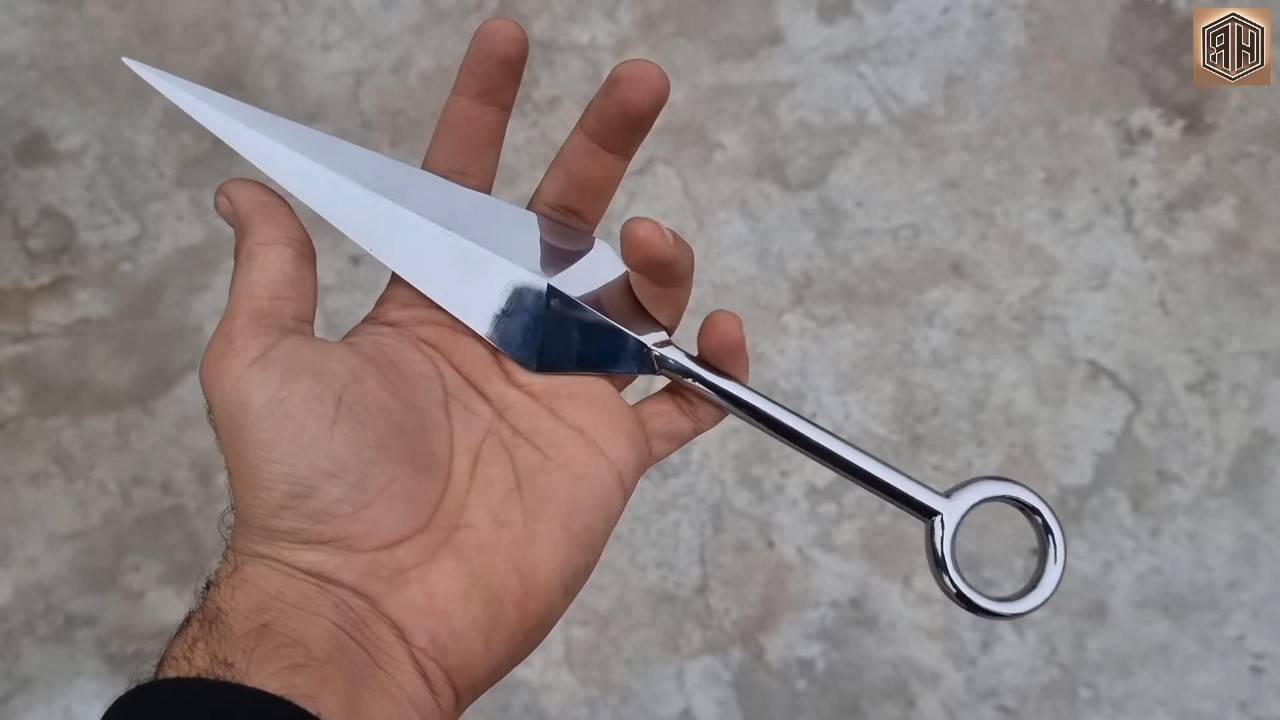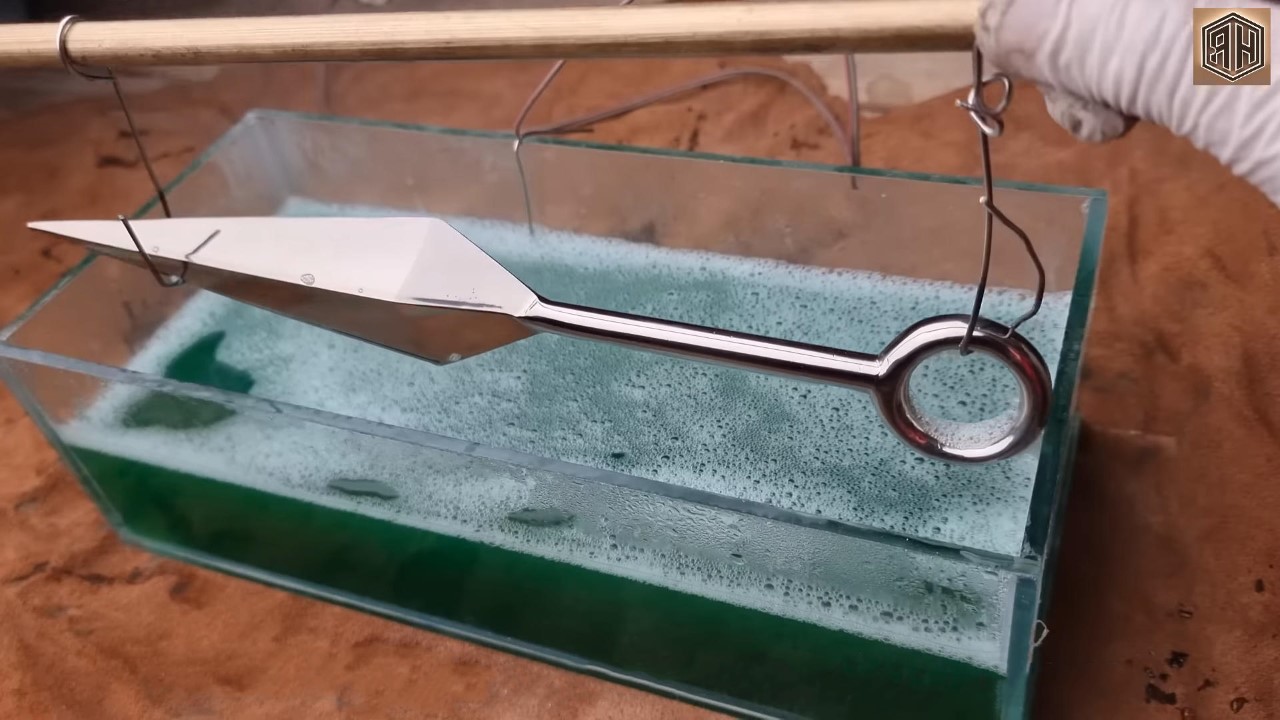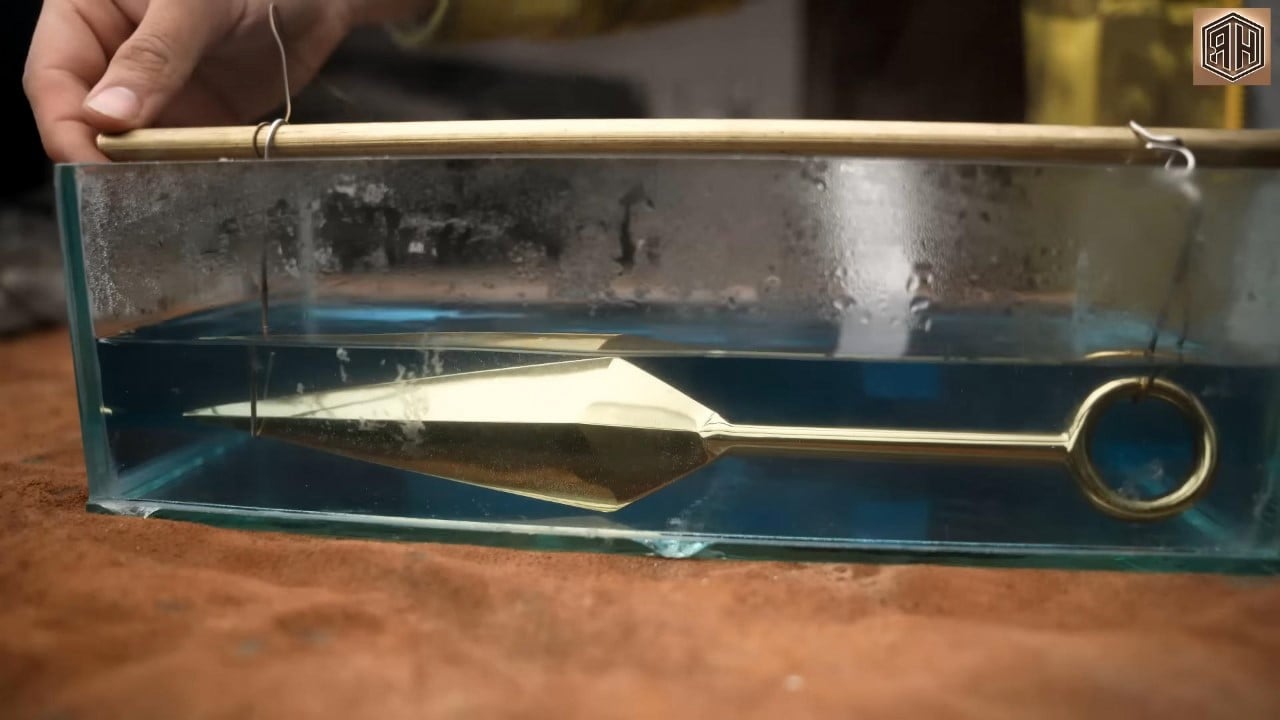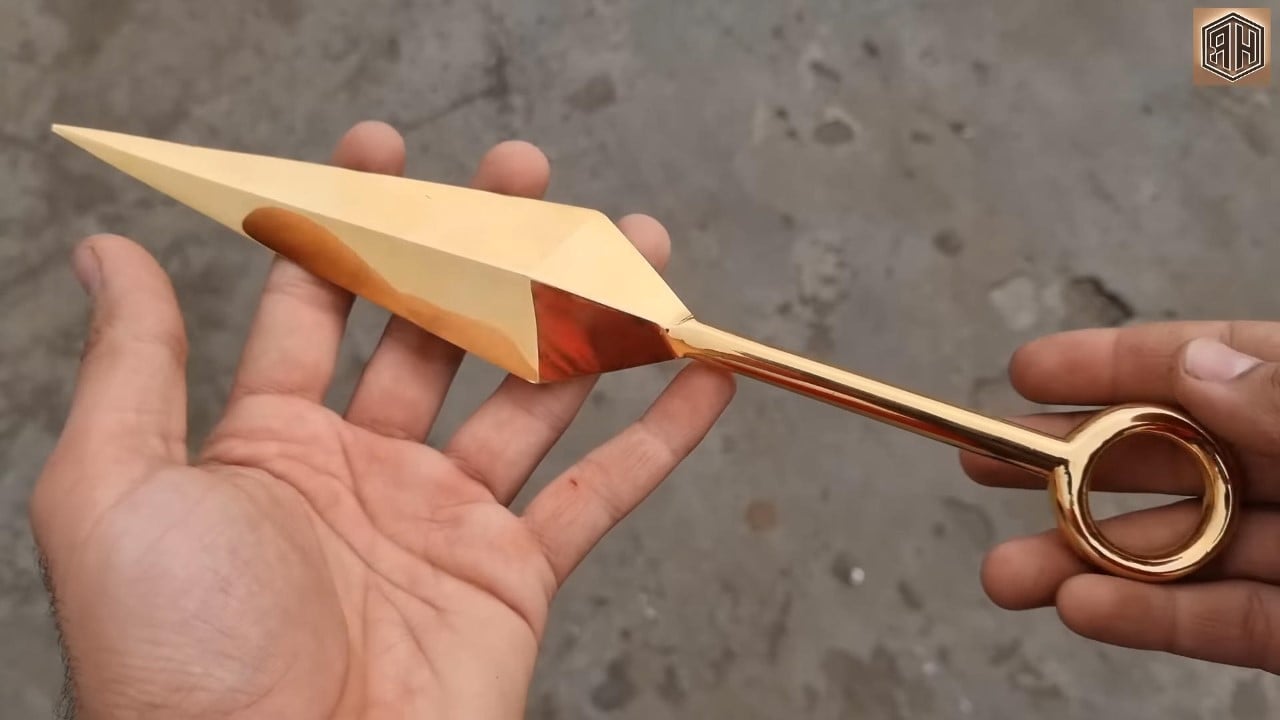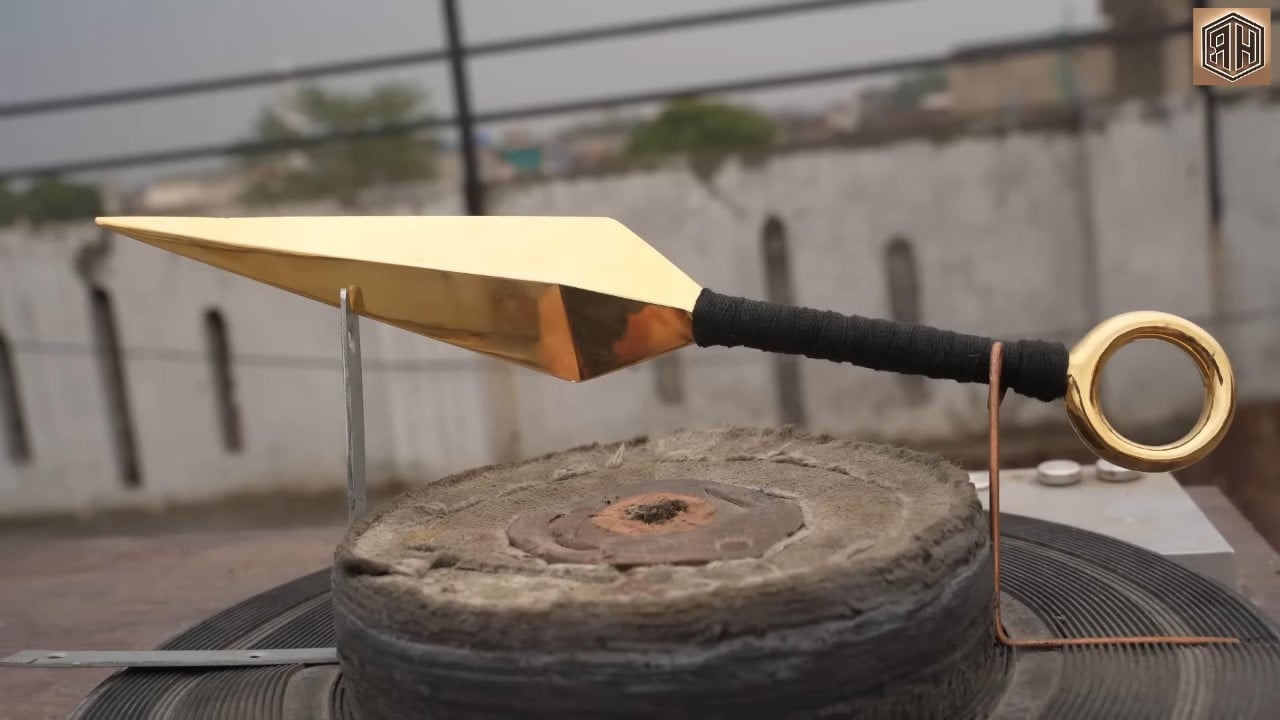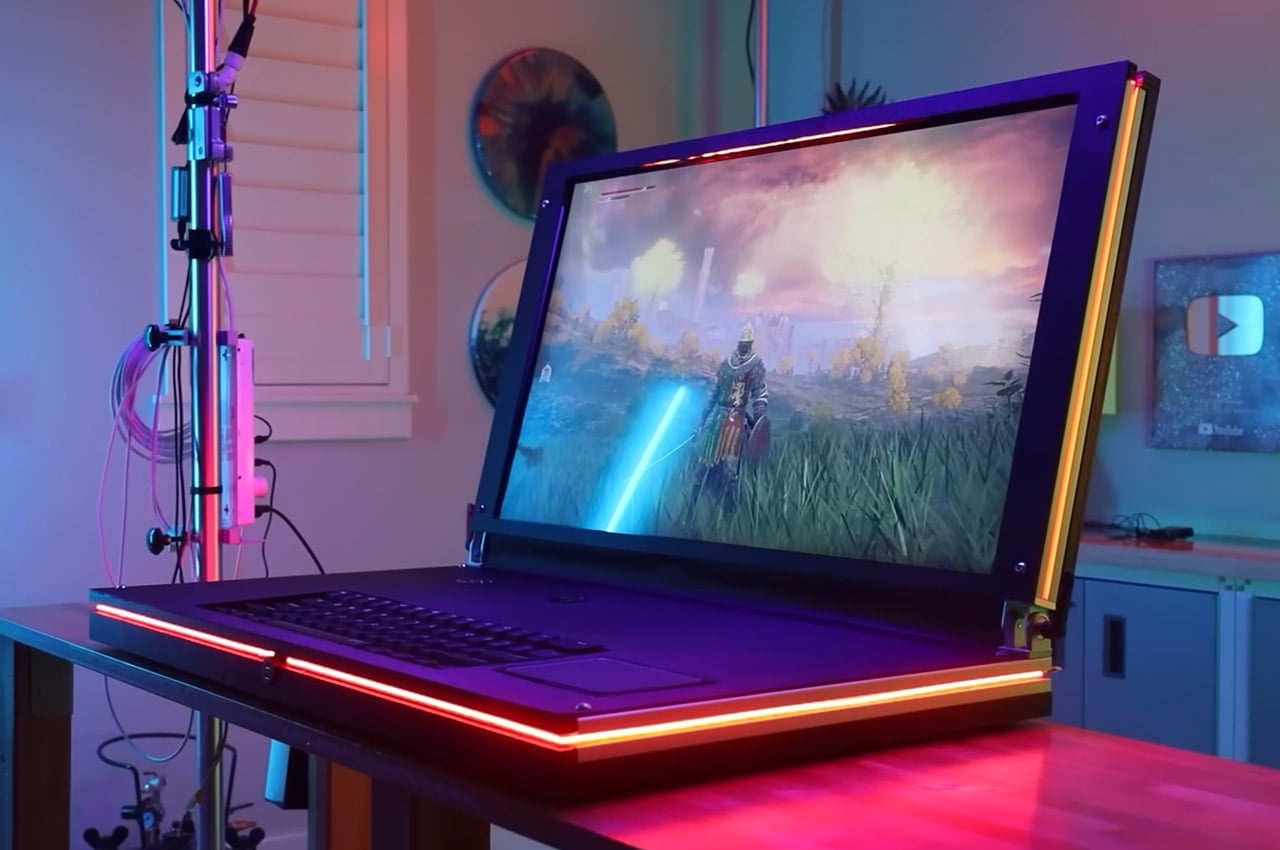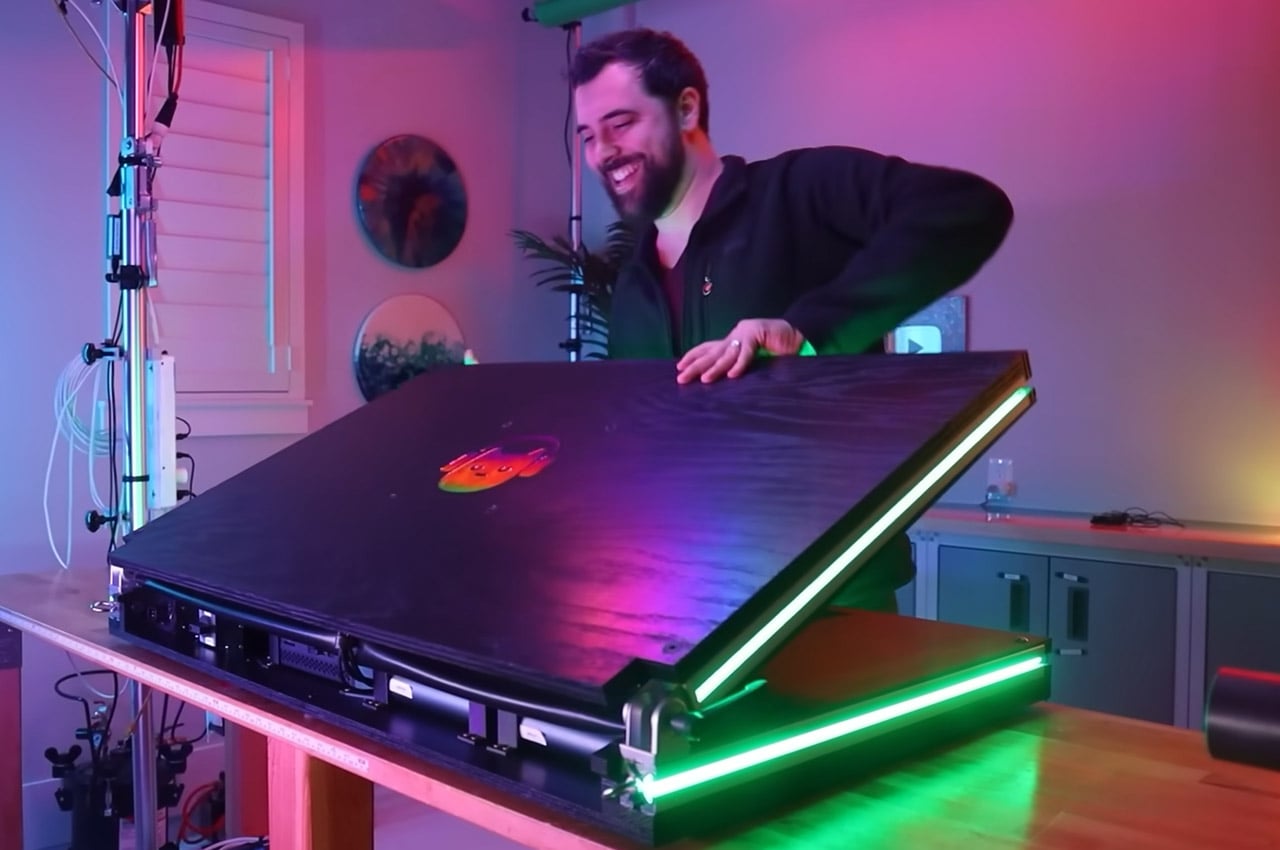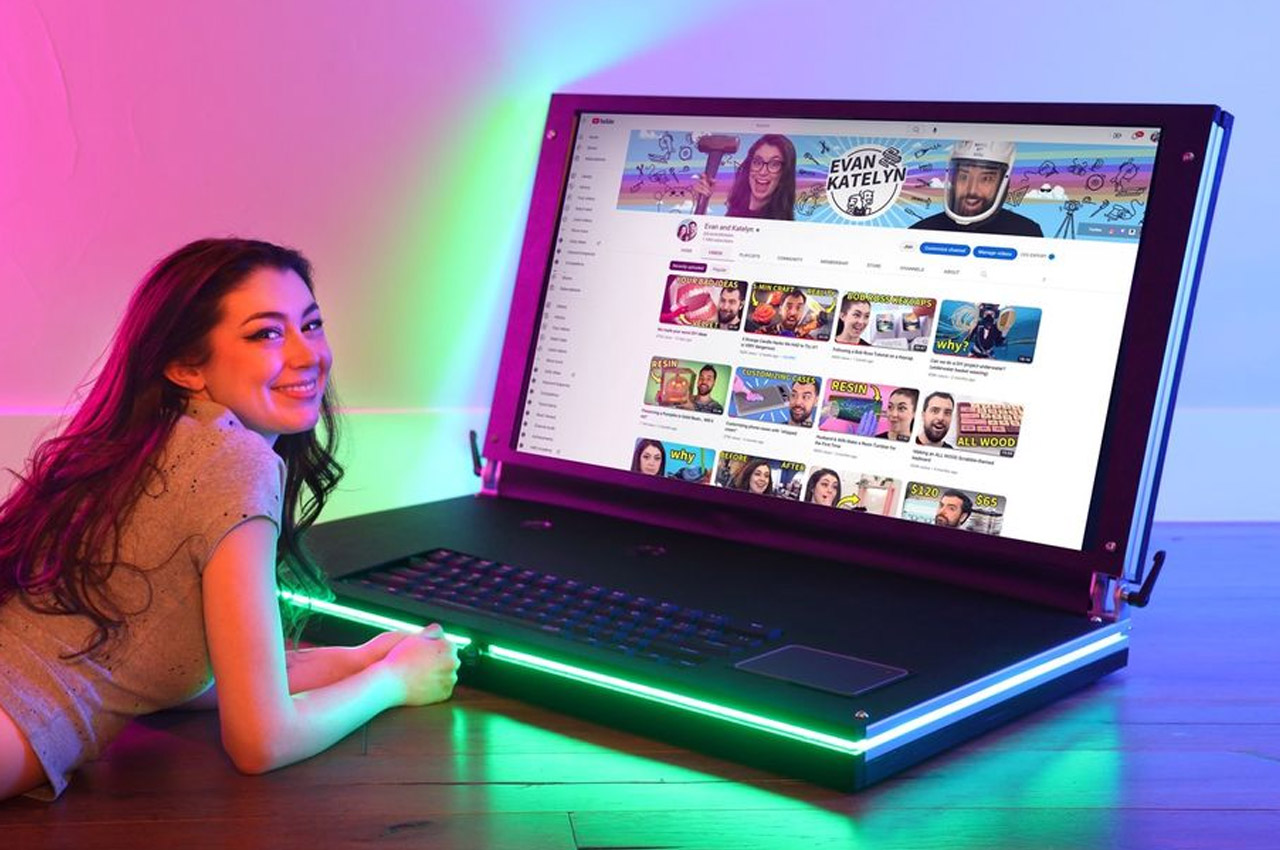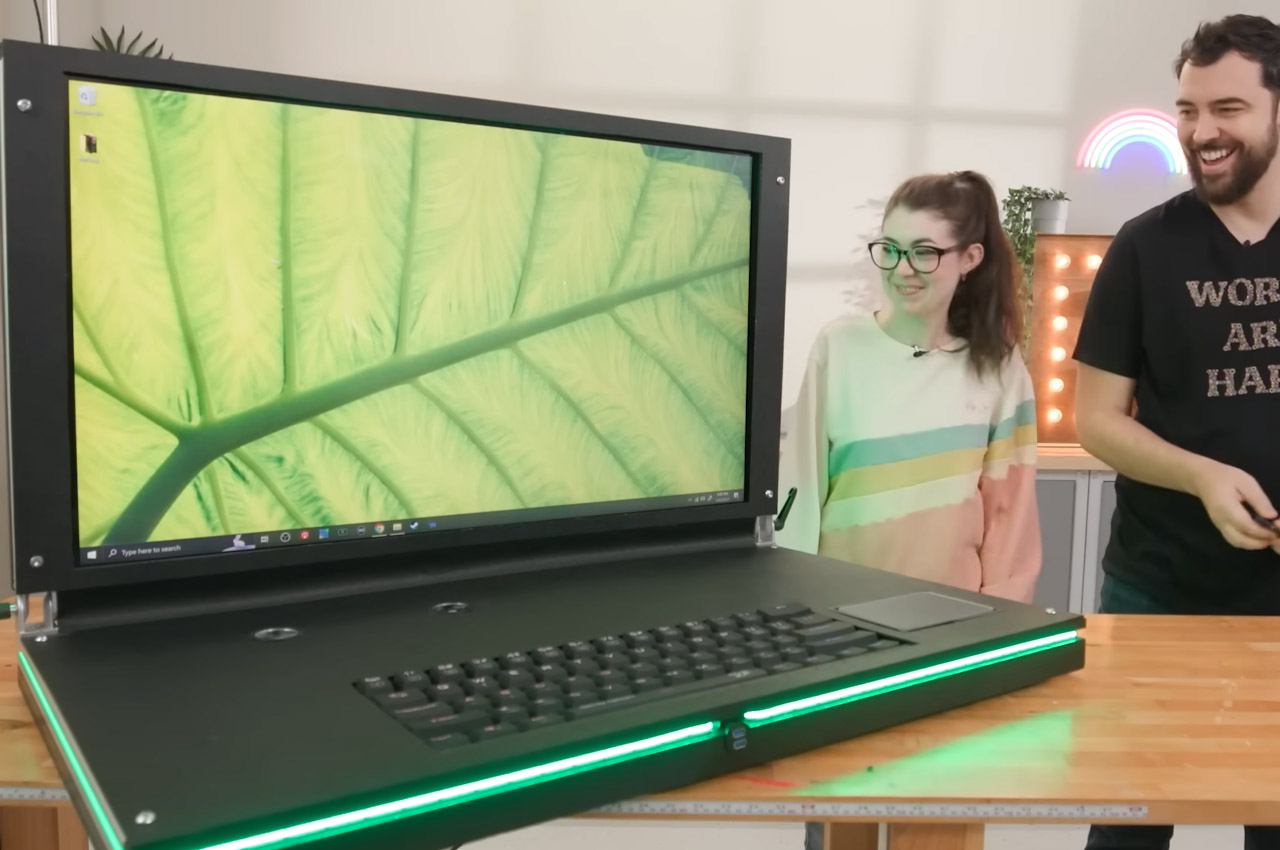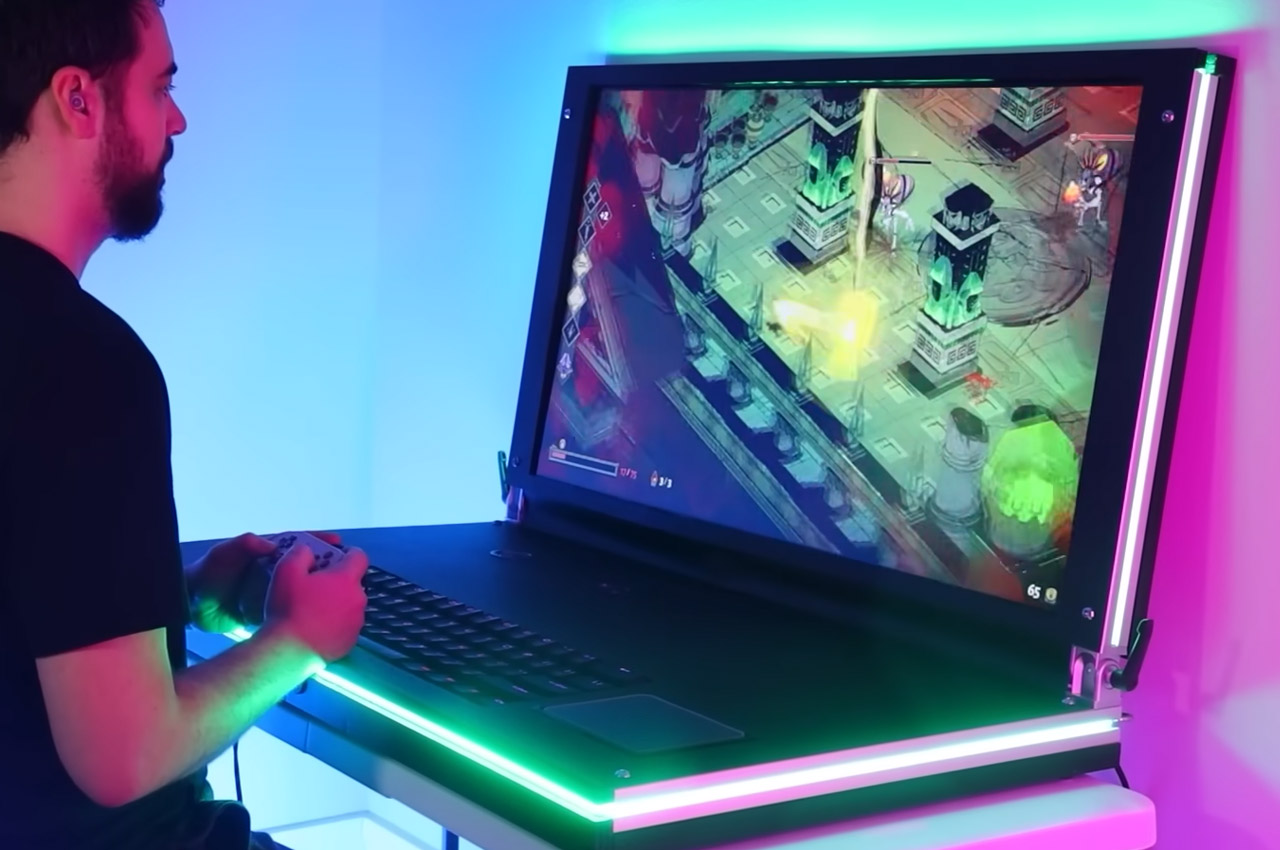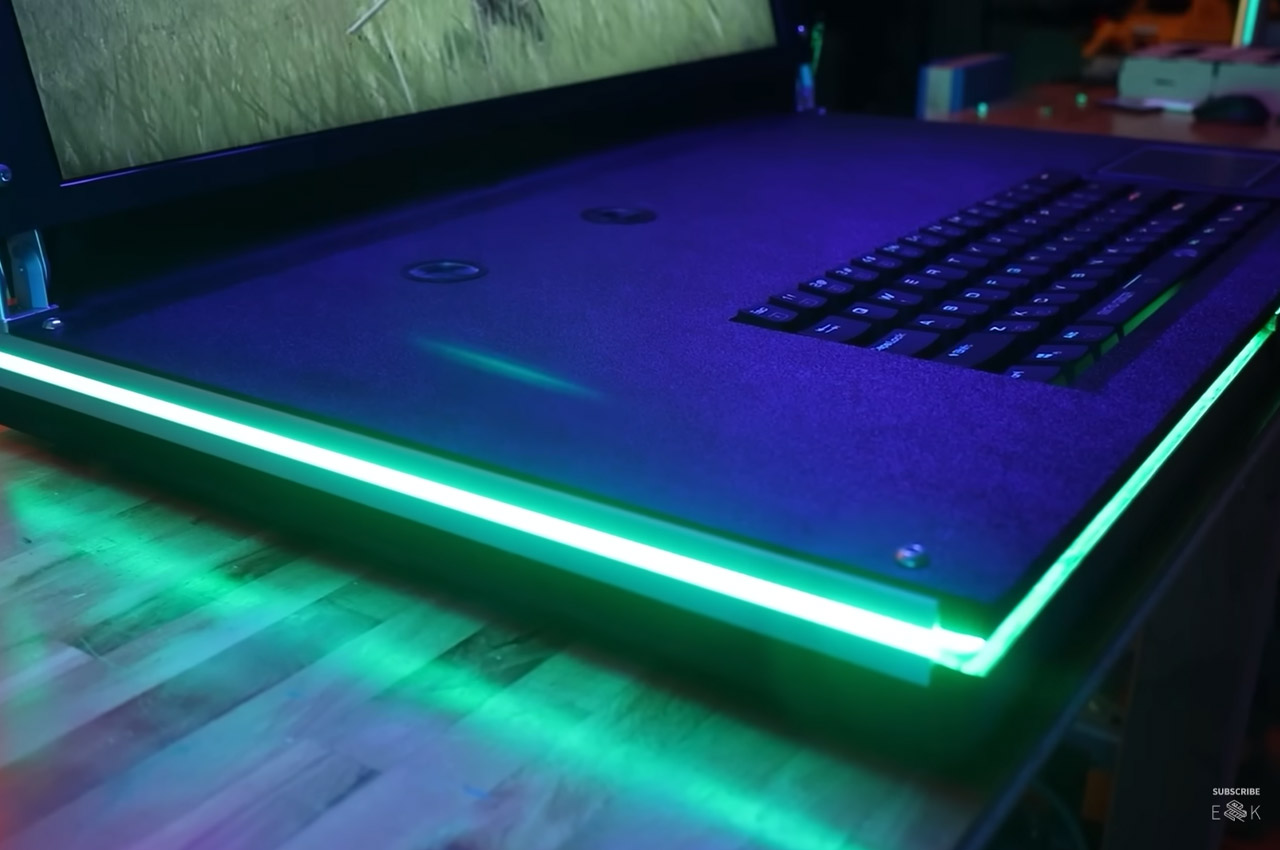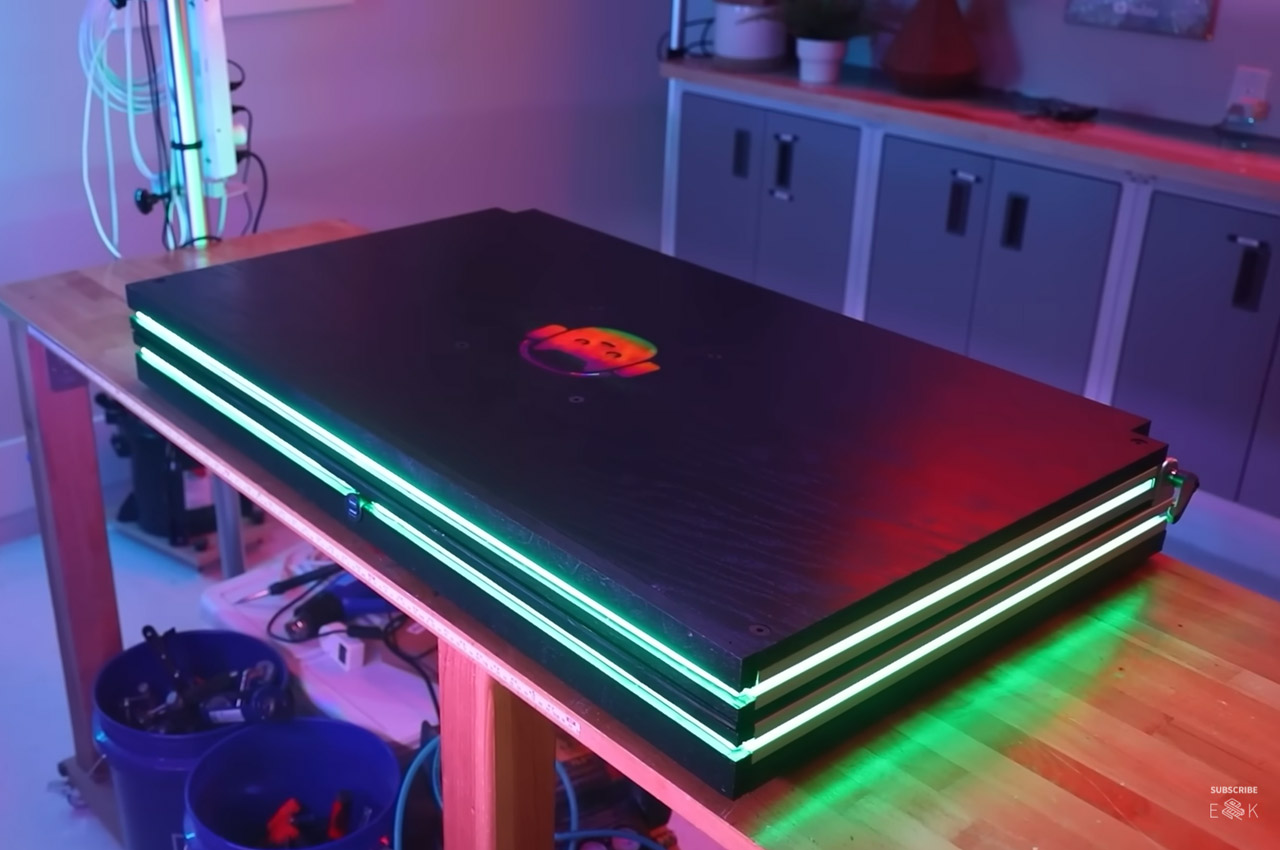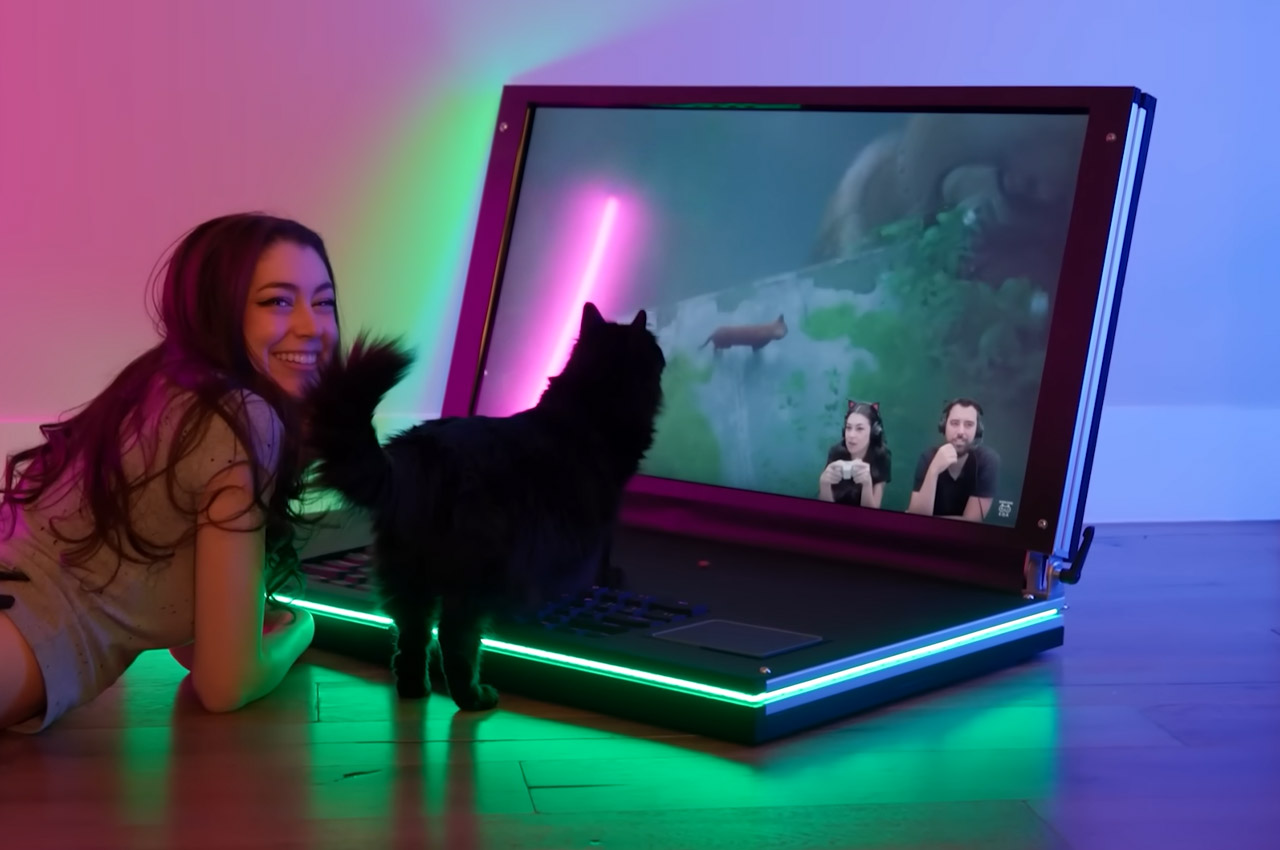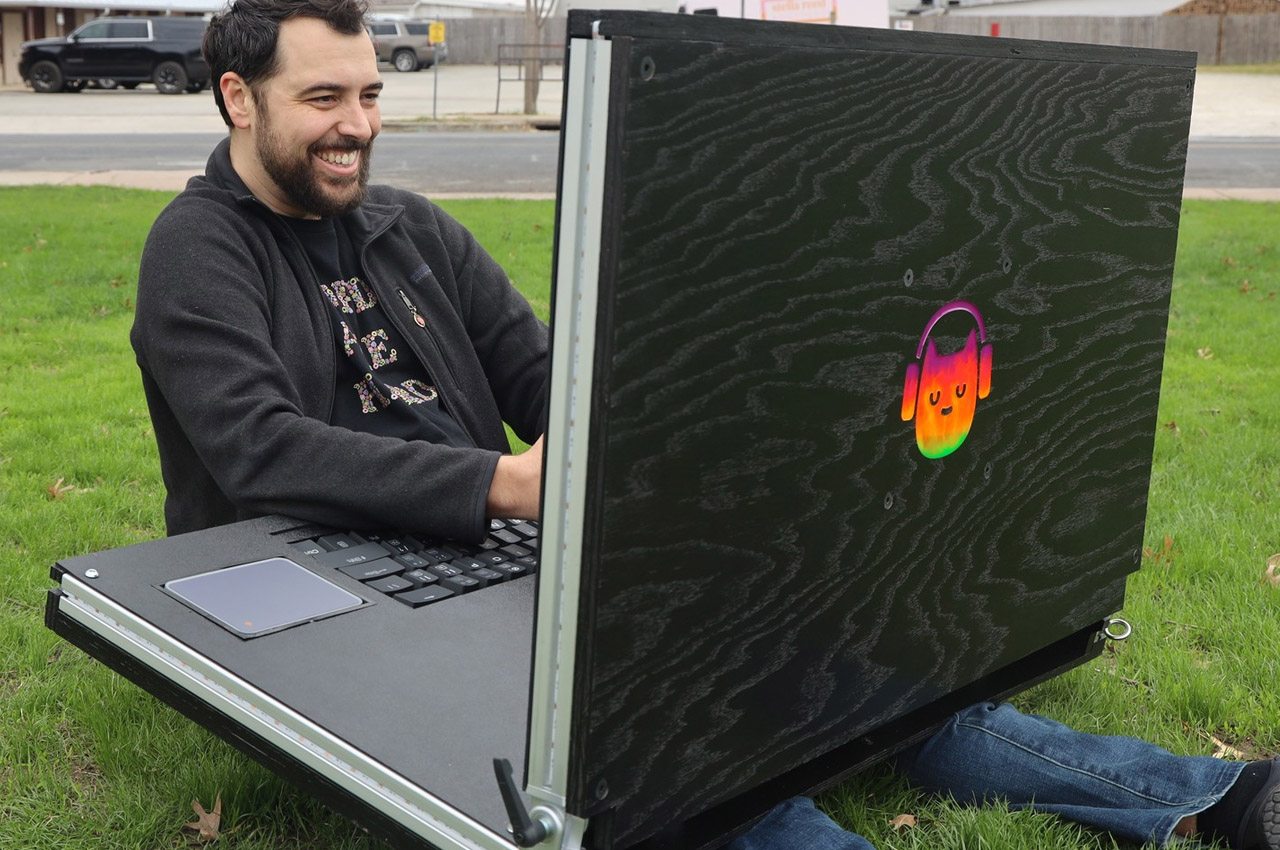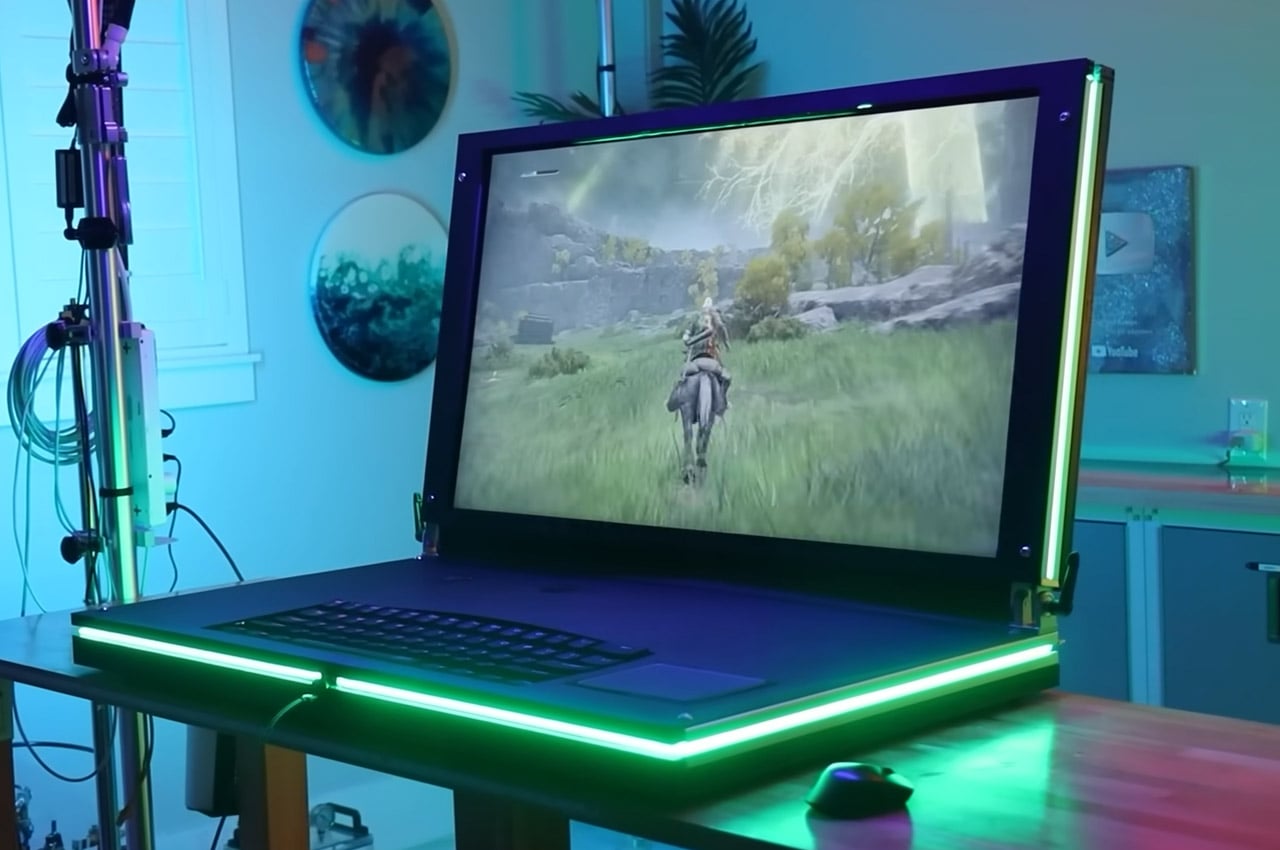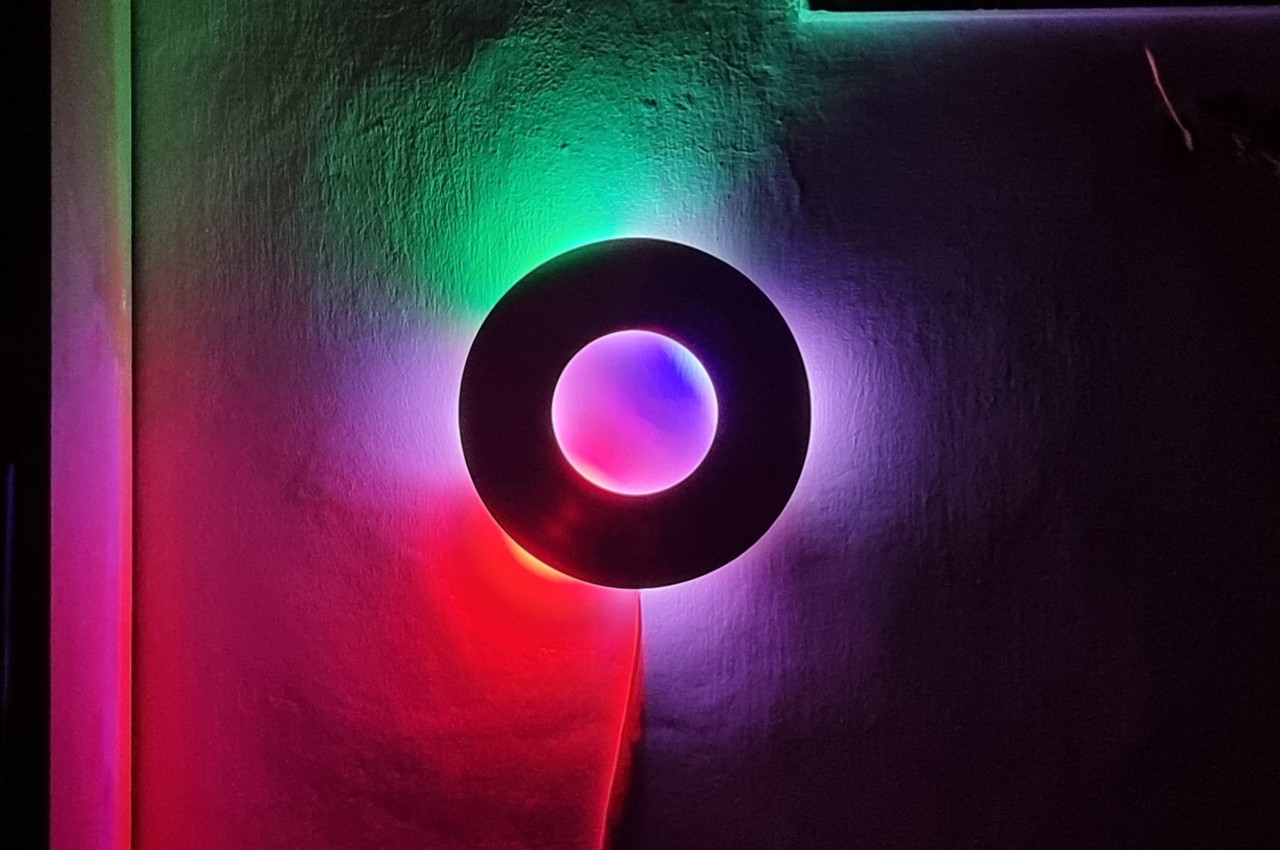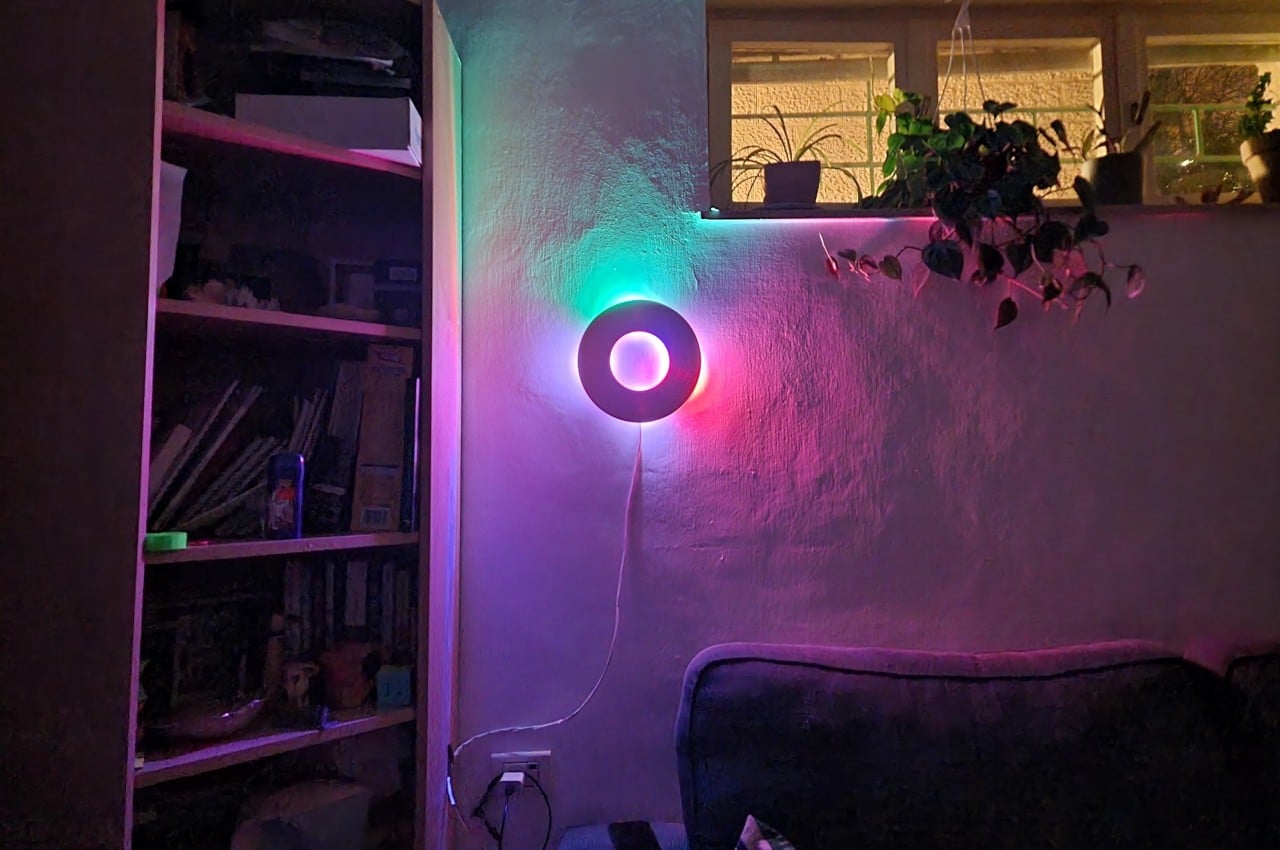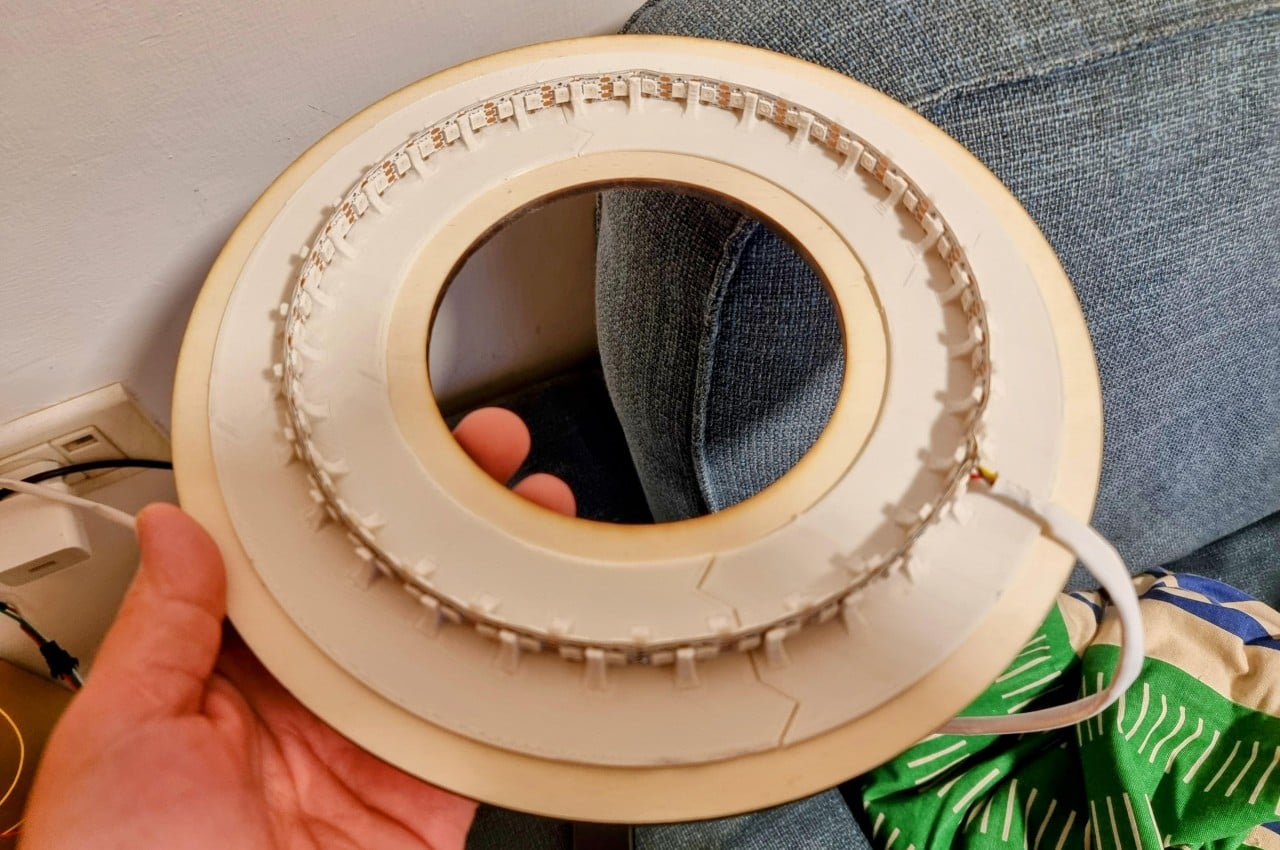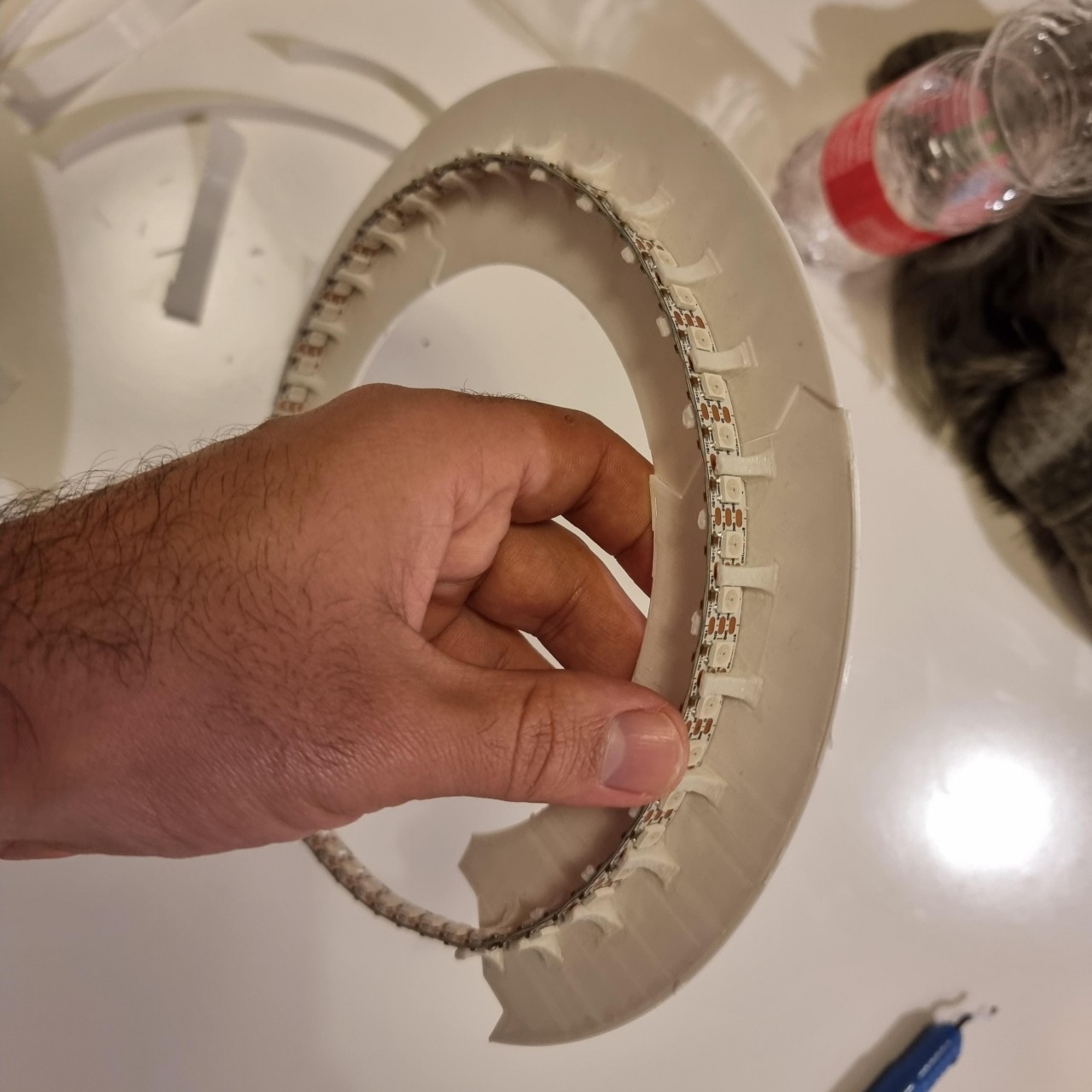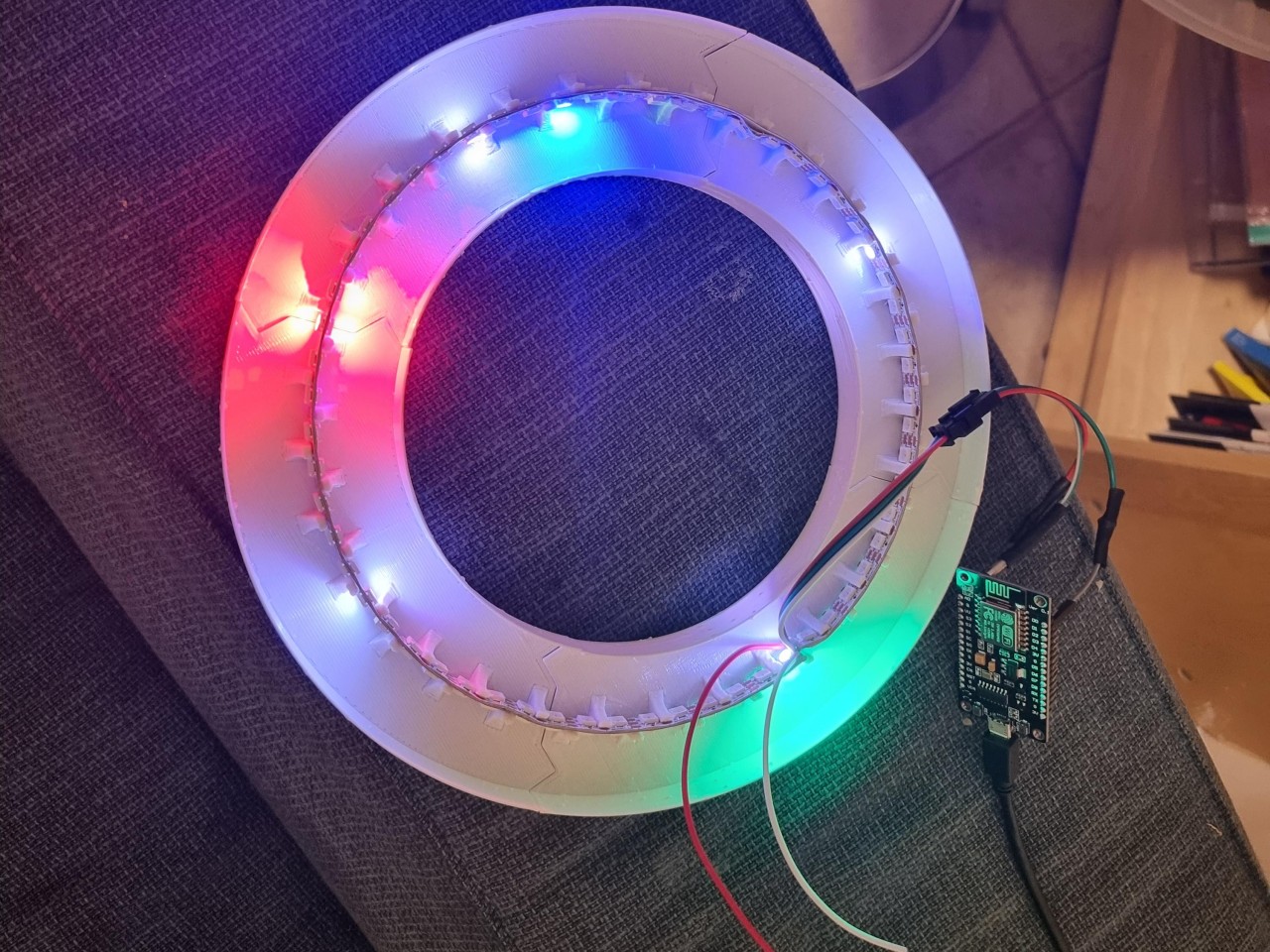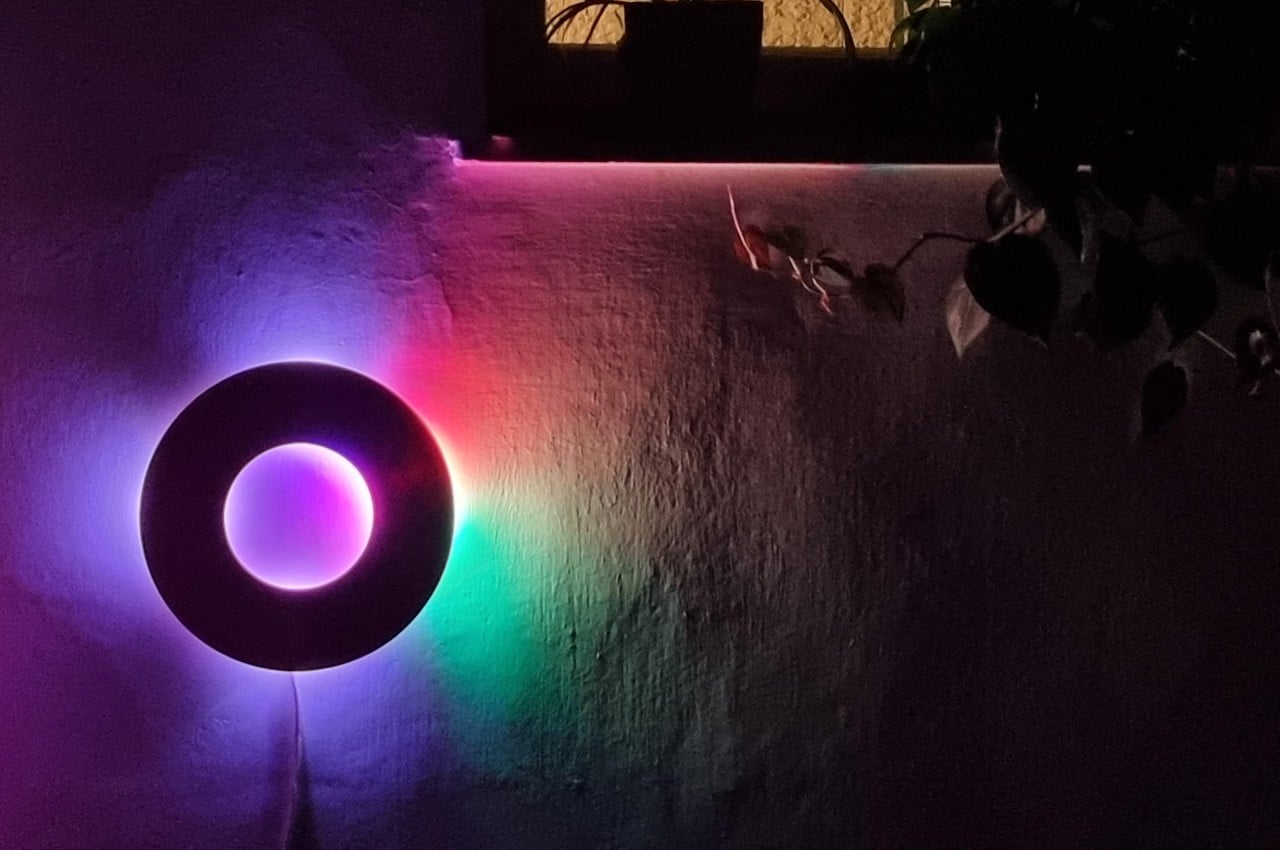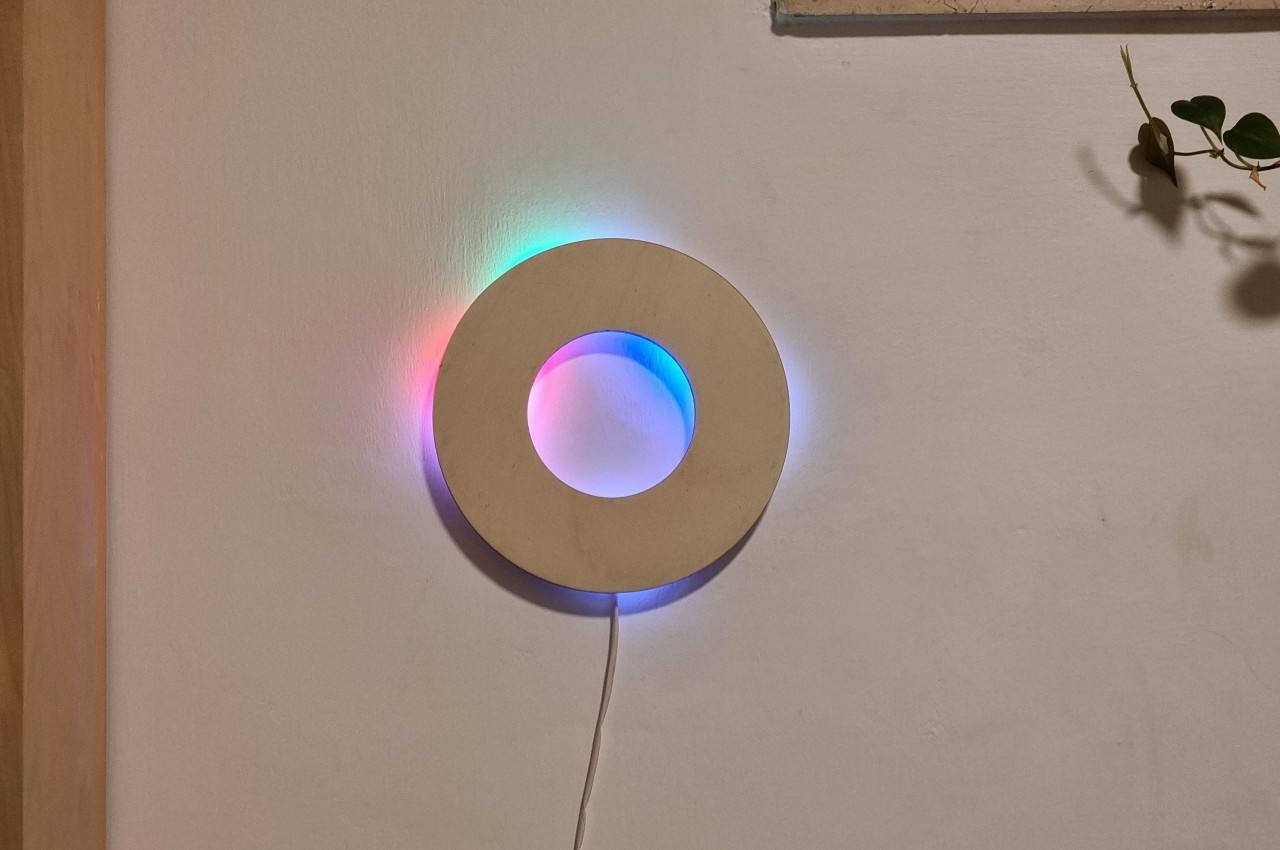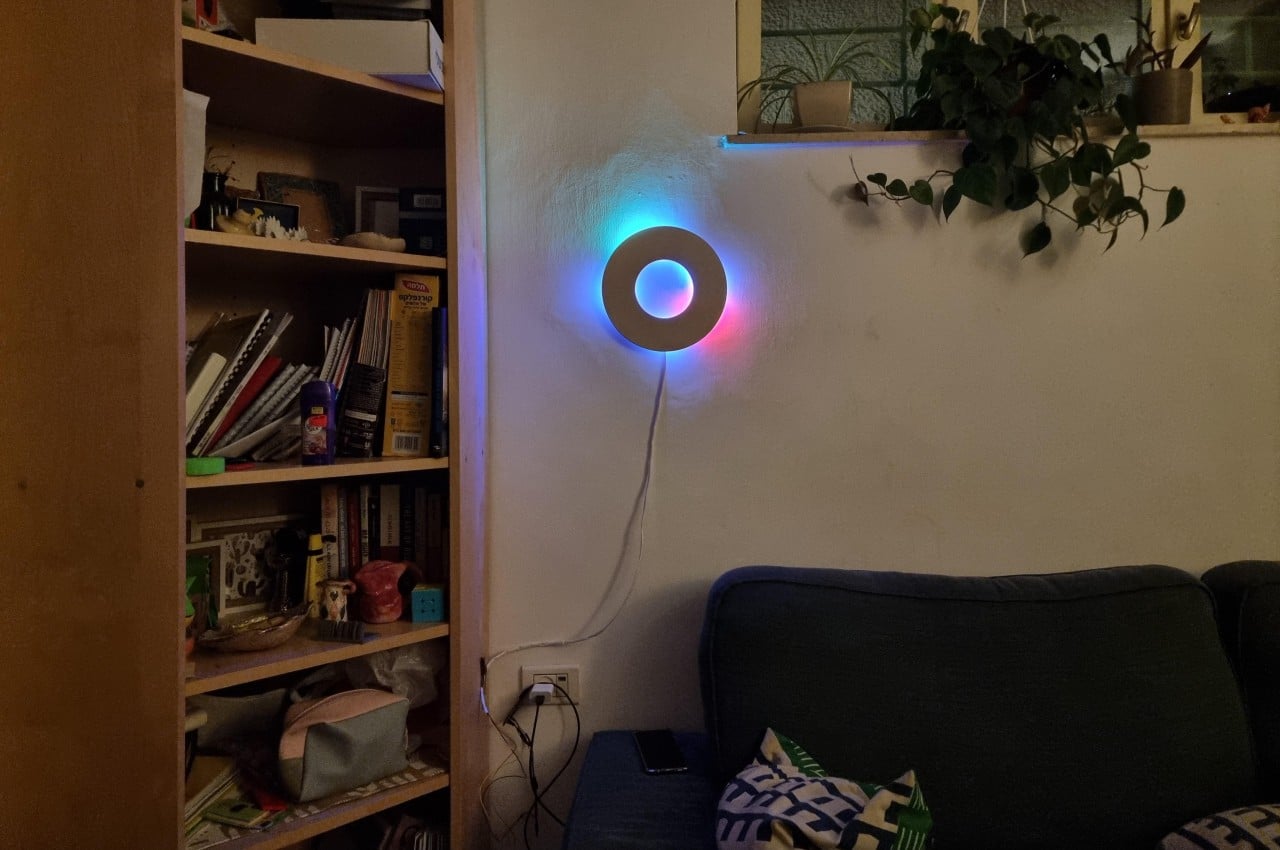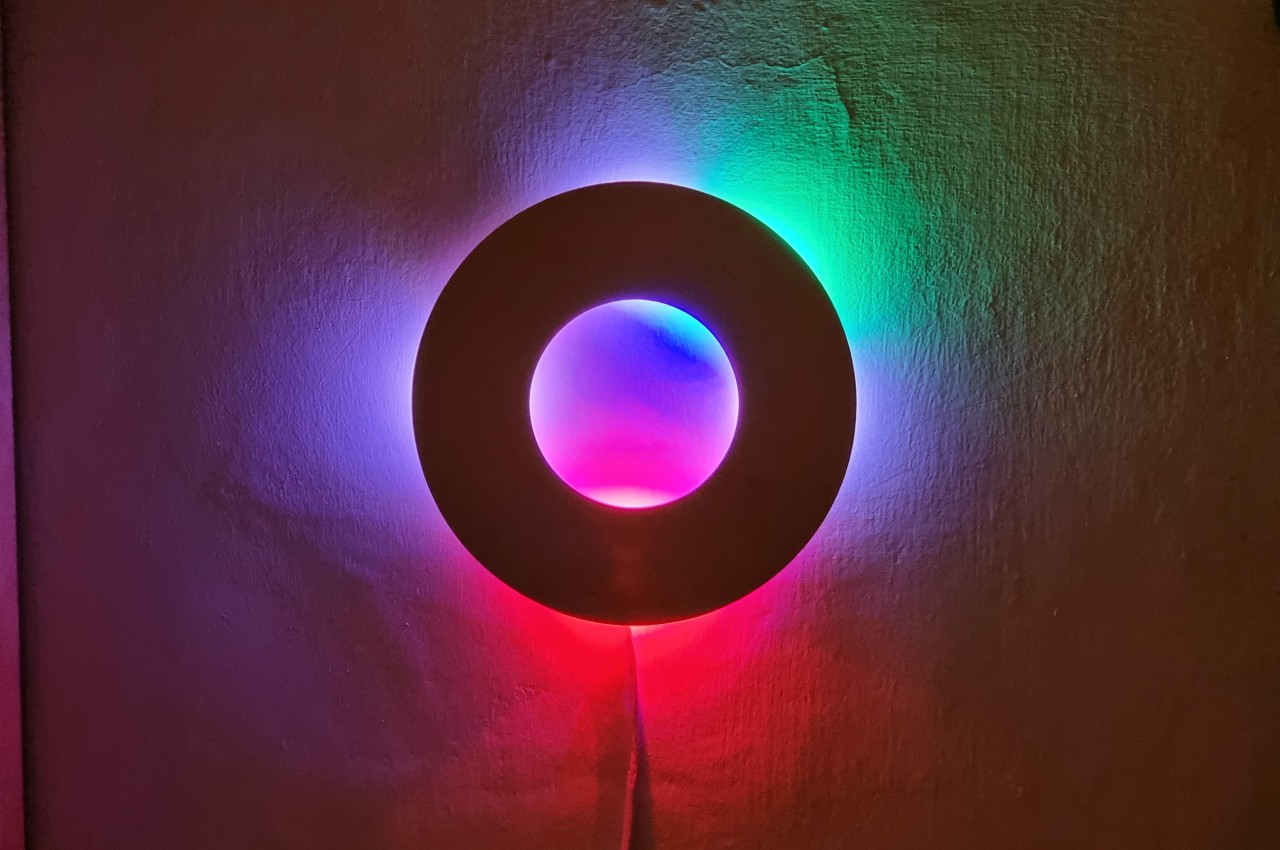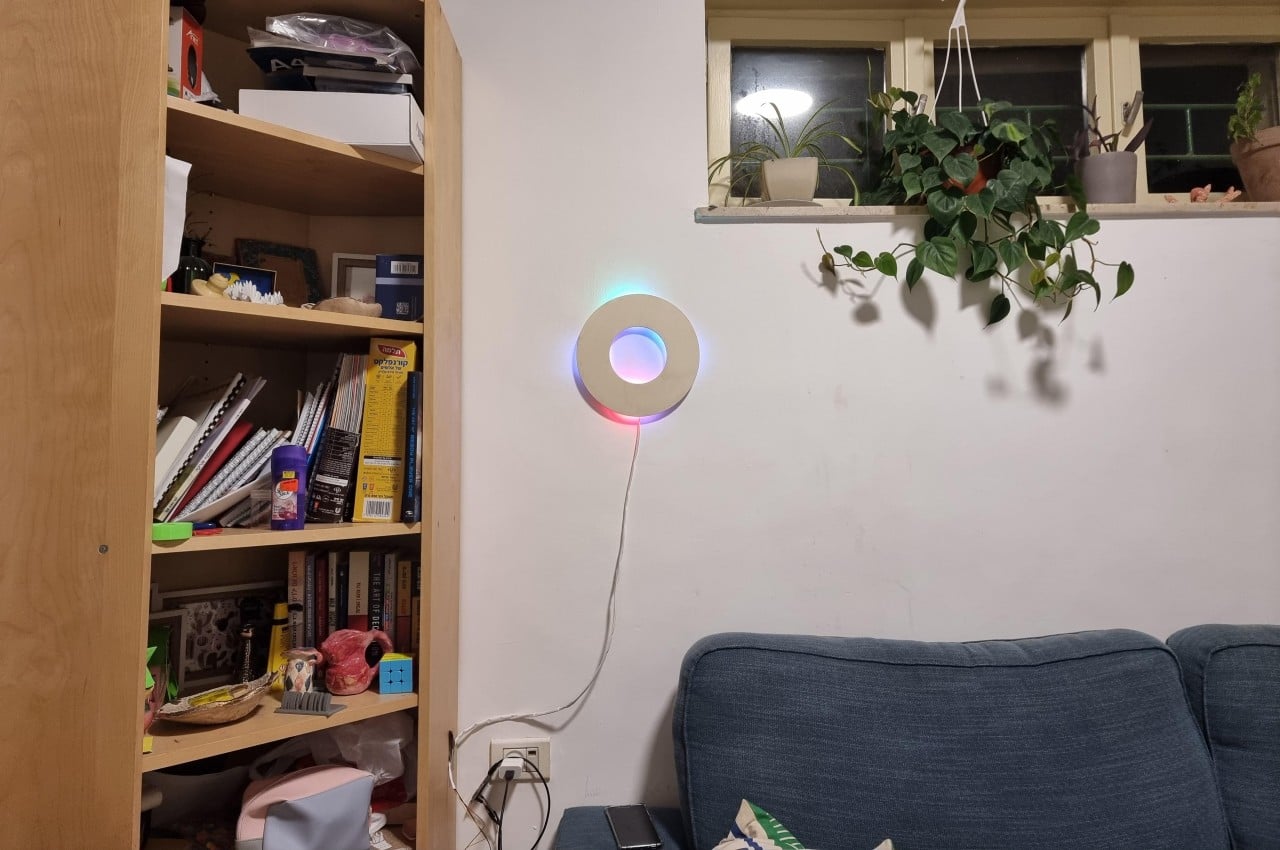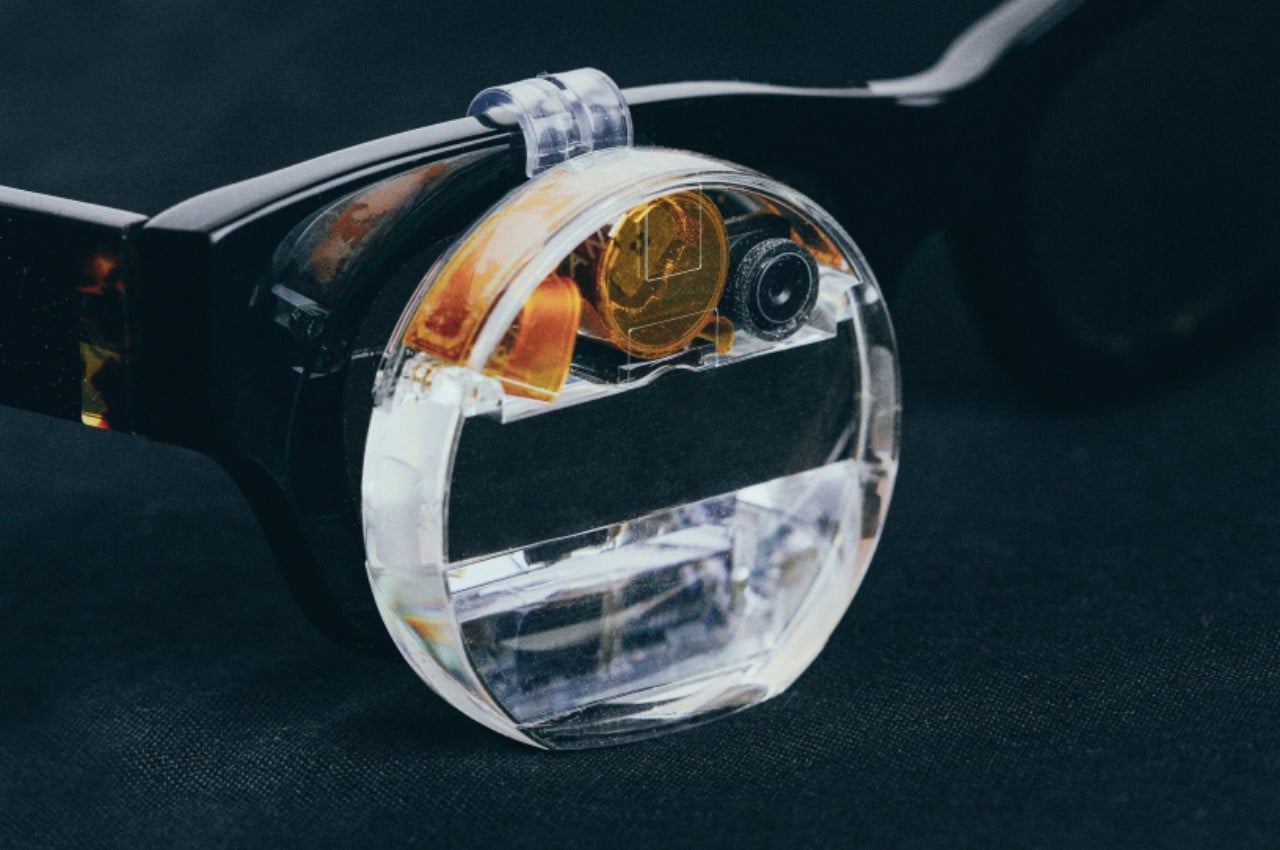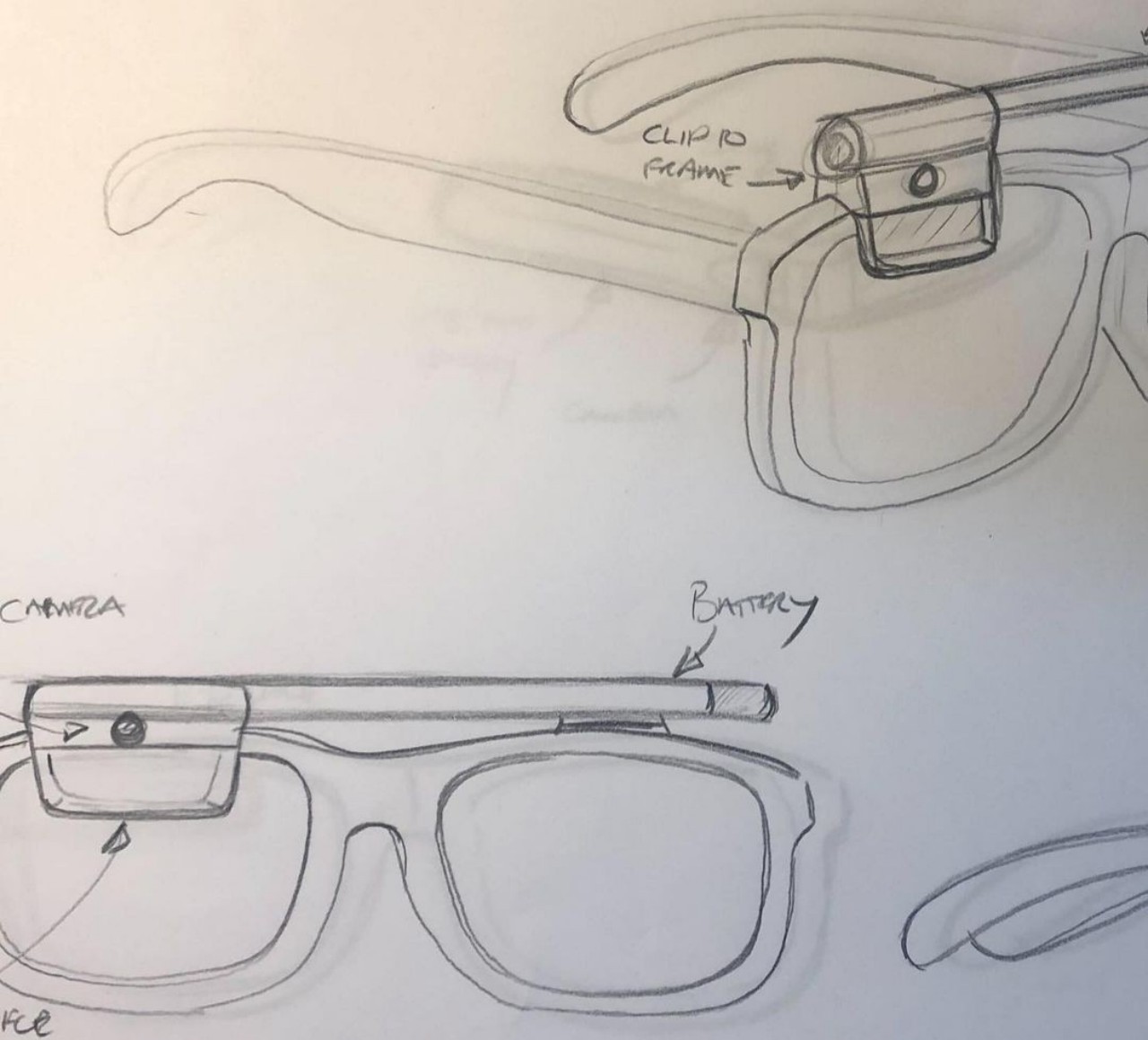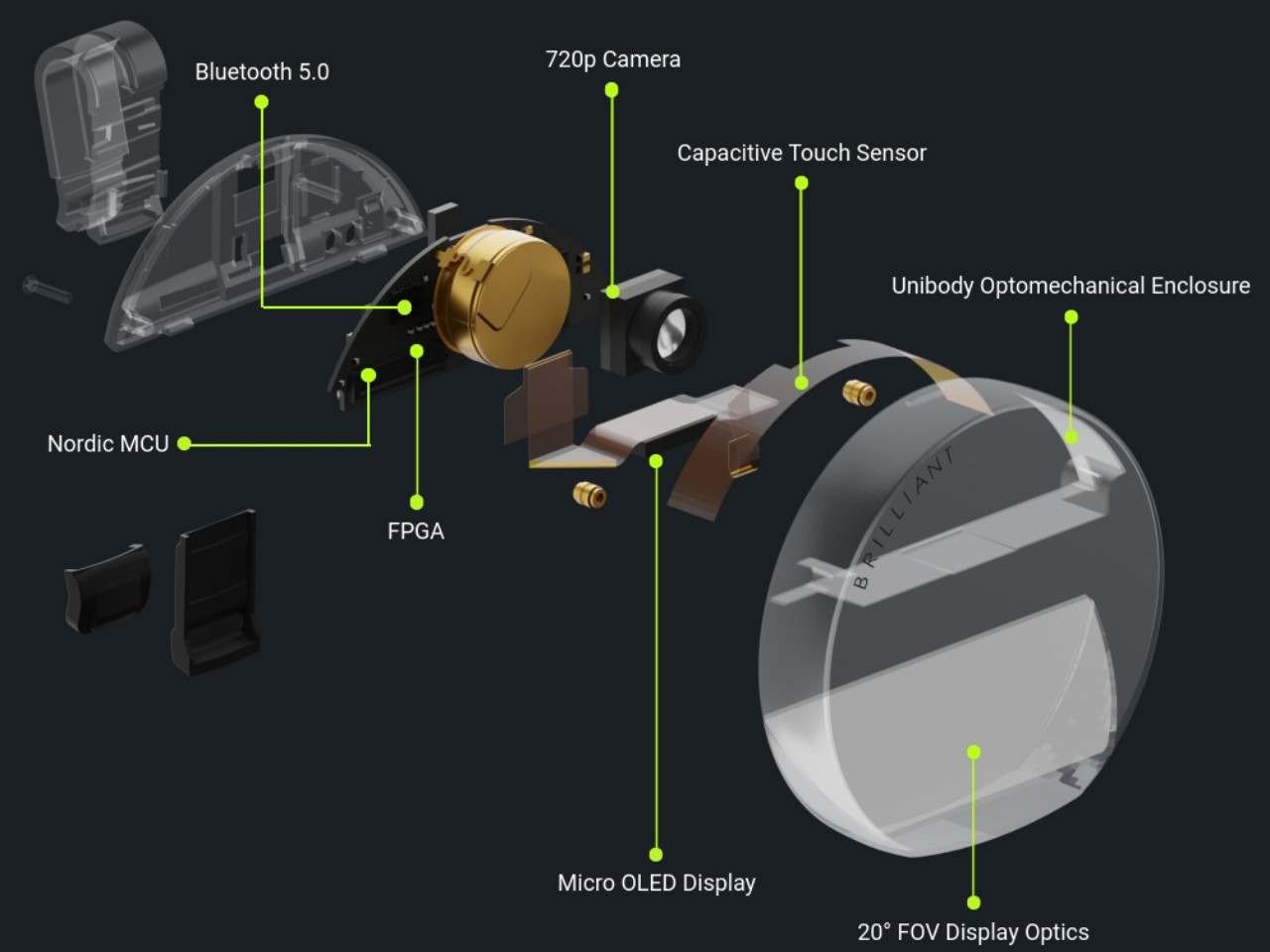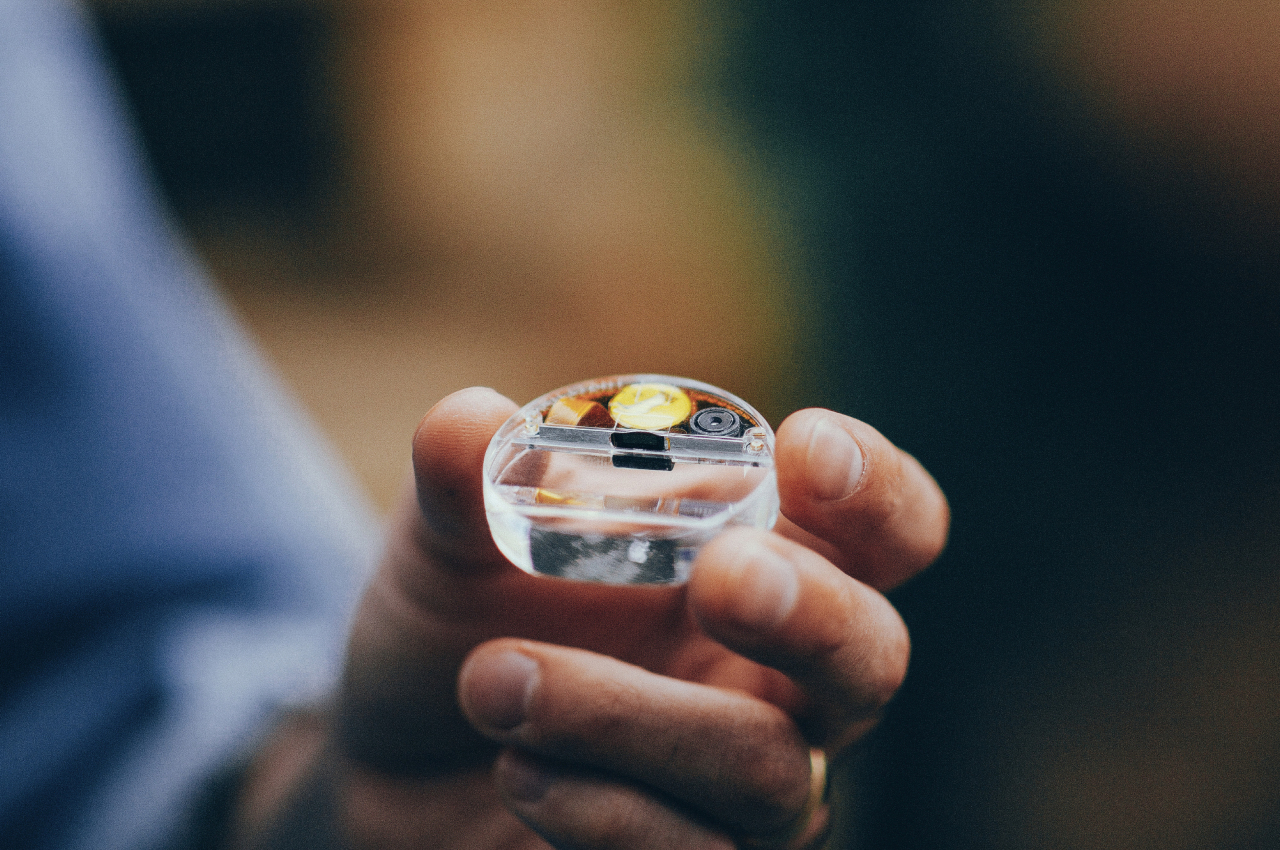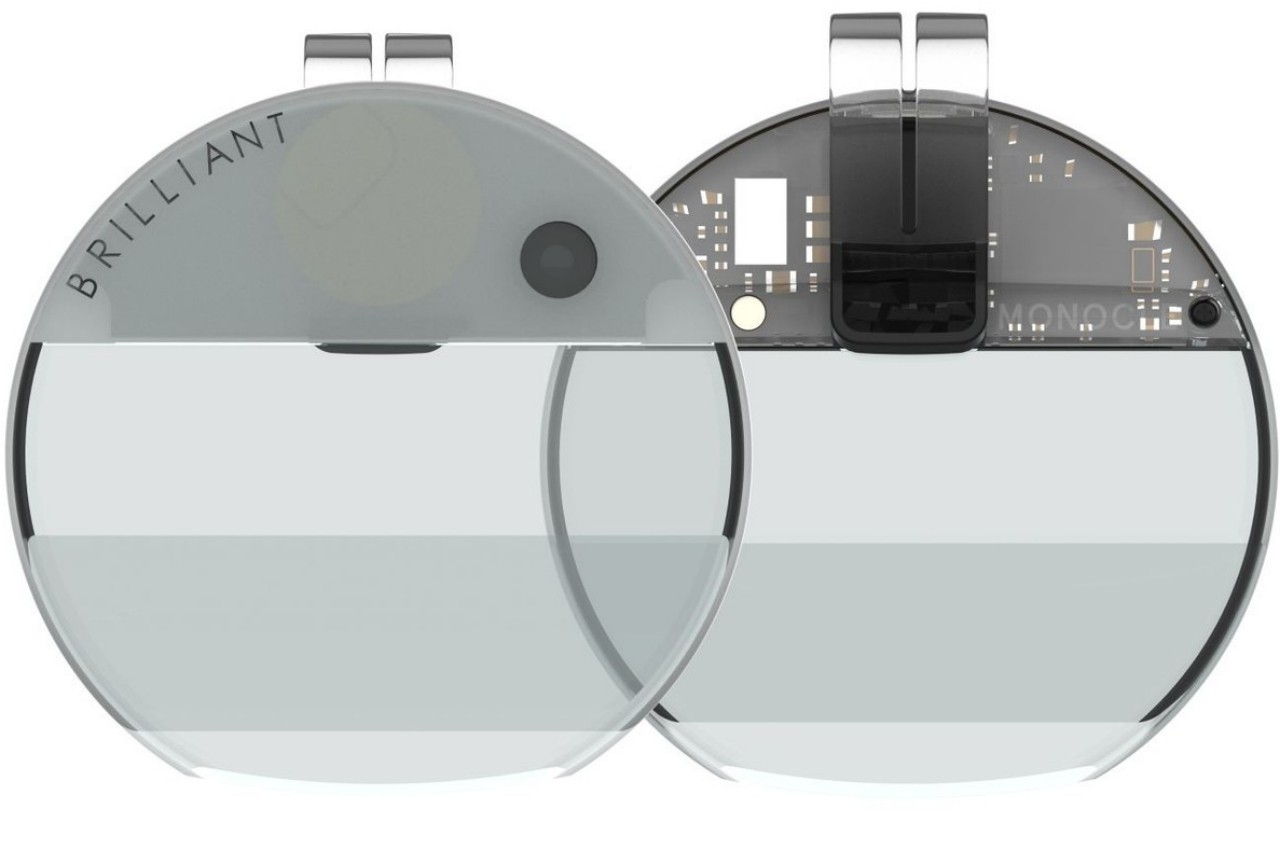Back in the day, bringing your creative visions to life was mostly a pipe dream that could only become a reality if you had resources or connections with people in the industry. Fortunately, it’s much easier to get started today, and while you do still need to save up for the right tools, those won’t require taking out huge loans anymore. 3D printing has made creation a lot easier, but it isn’t the only tool you’ll need for crafts and projects. There will be times when you’ll need to bore holes into materials and objects, and that’s where this drill and press duo comes in, providing a portable yet powerful tool to make your designs come alive in the real world in a simple yet effective way.
Designers: Yin Liu, Shi Teng Yuan & Chun Hiu Tseung
Click Here to Buy Now: $129 $220 (41% off). Hurry, only 104/500 left! Raised over $160,000.
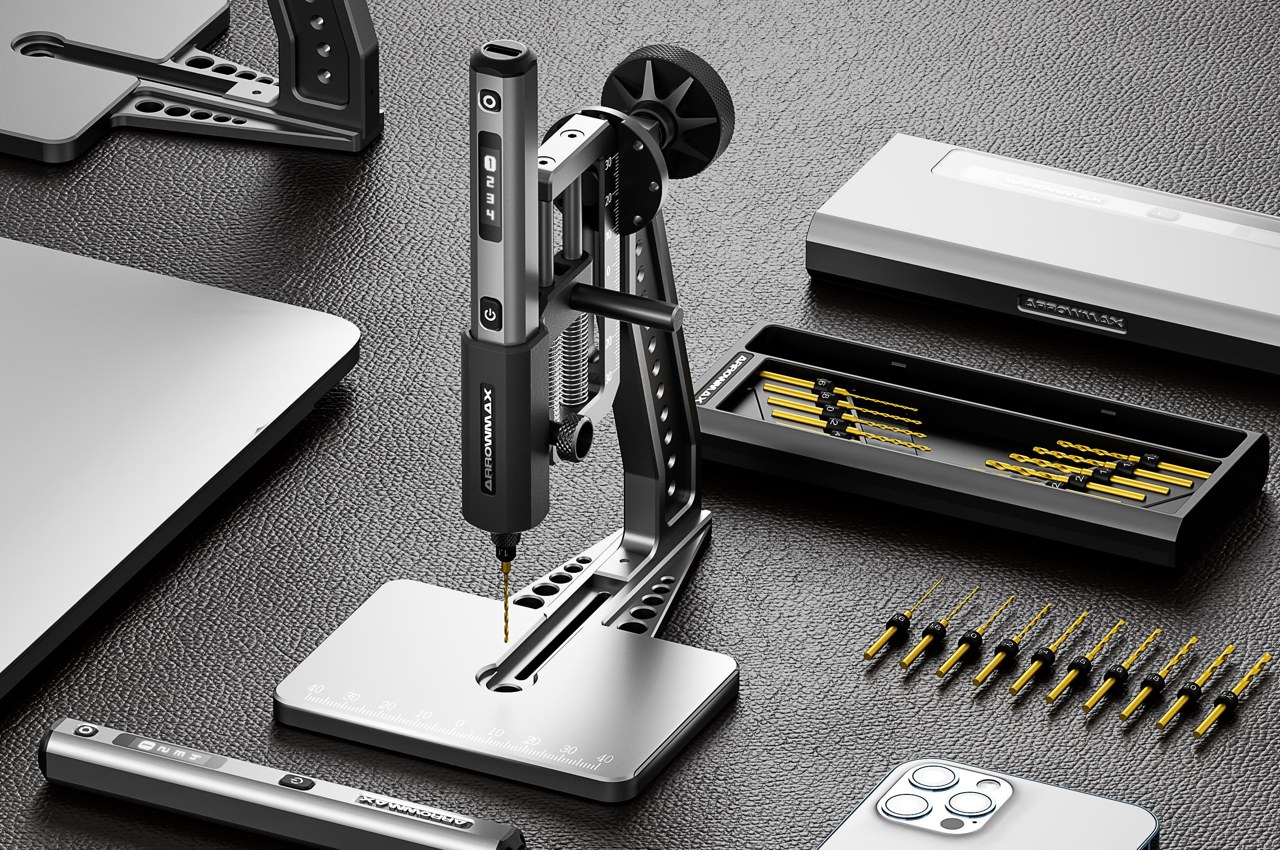
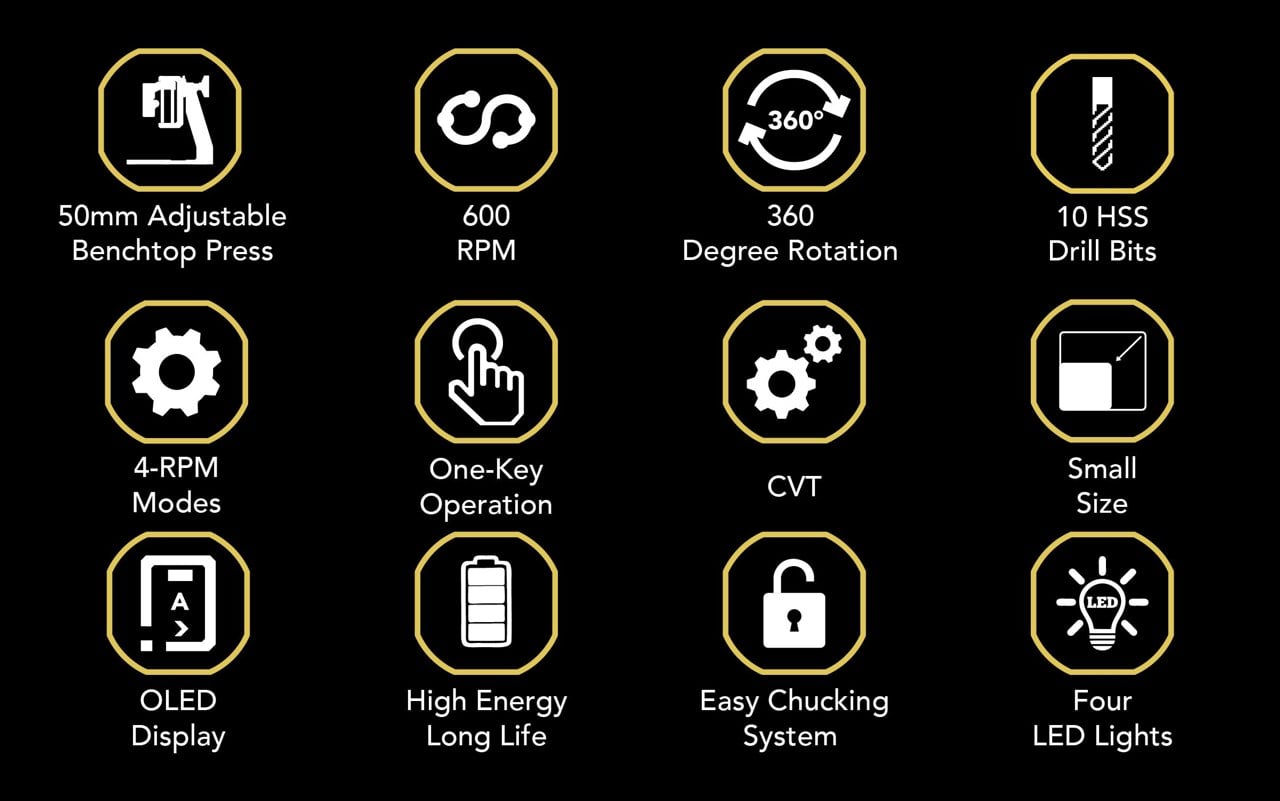
You might think you need something like a bulky power tool just to put holes in parts and materials, and that may be true for larger or thicker pieces, especially metal, but not all crafts actually use those. For smaller or thinner materials, especially those that need finer precision, a smaller drill will be more efficient. Fortunately, that’s exactly what the SDS ULTRA brings to the table, almost literally, providing an electric drill that can easily fit in your pocket if you really need it to.
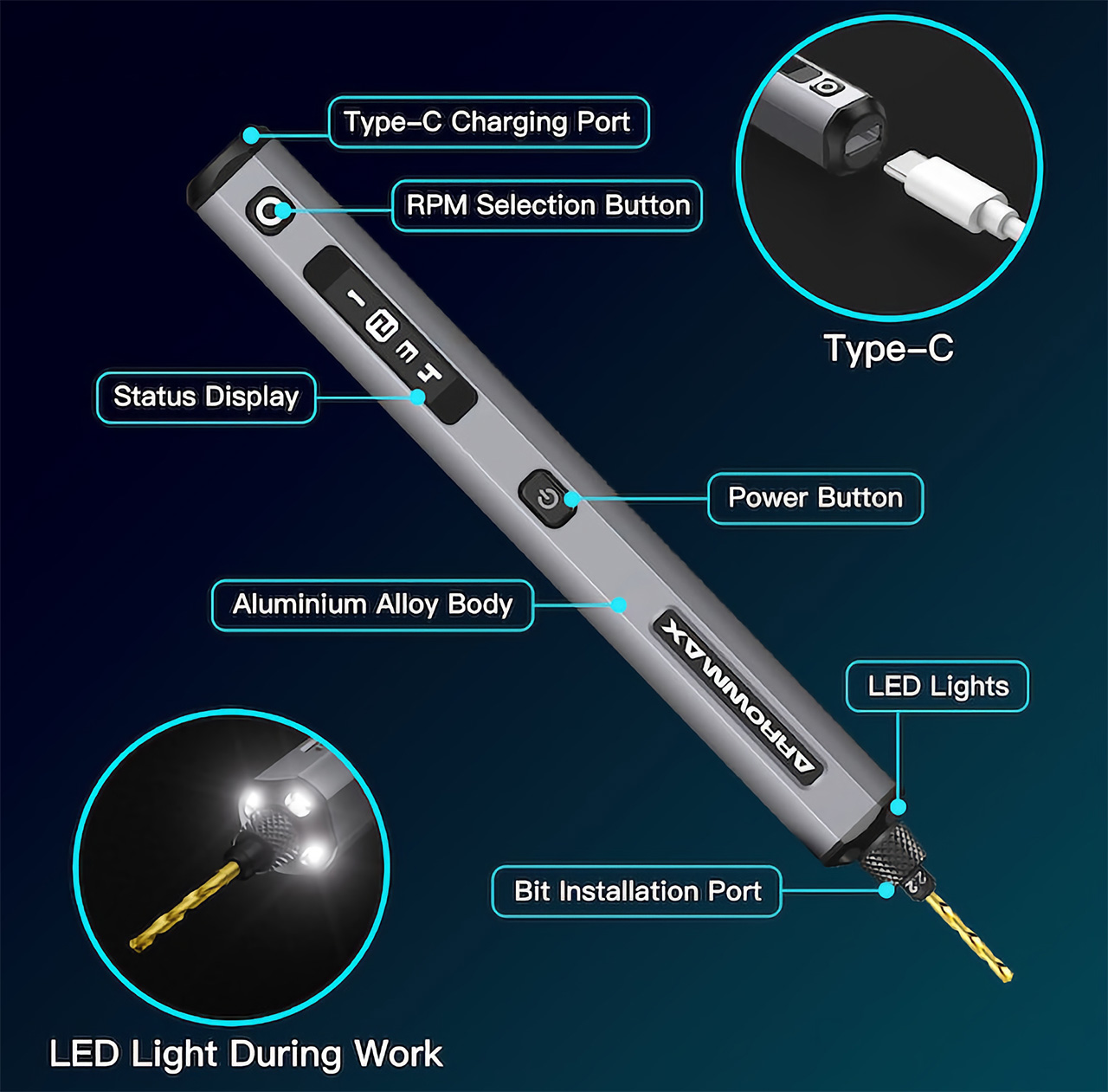
The SDS ULTRA PLUS comes in two parts. The most important is, of course, the pen-sized mini drill that you can use any time you need to put a hole into something. Its rounded rectangular shape makes it easy to hold in your hand and ensures that it won’t roll off tables when you put it down. Despite its small size, it houses a 500mAh battery that lets you work cable-free for up to three hours. And when that time is up, charging via a USB-C cable means you can top off even using your phone’s charger or a power bank.
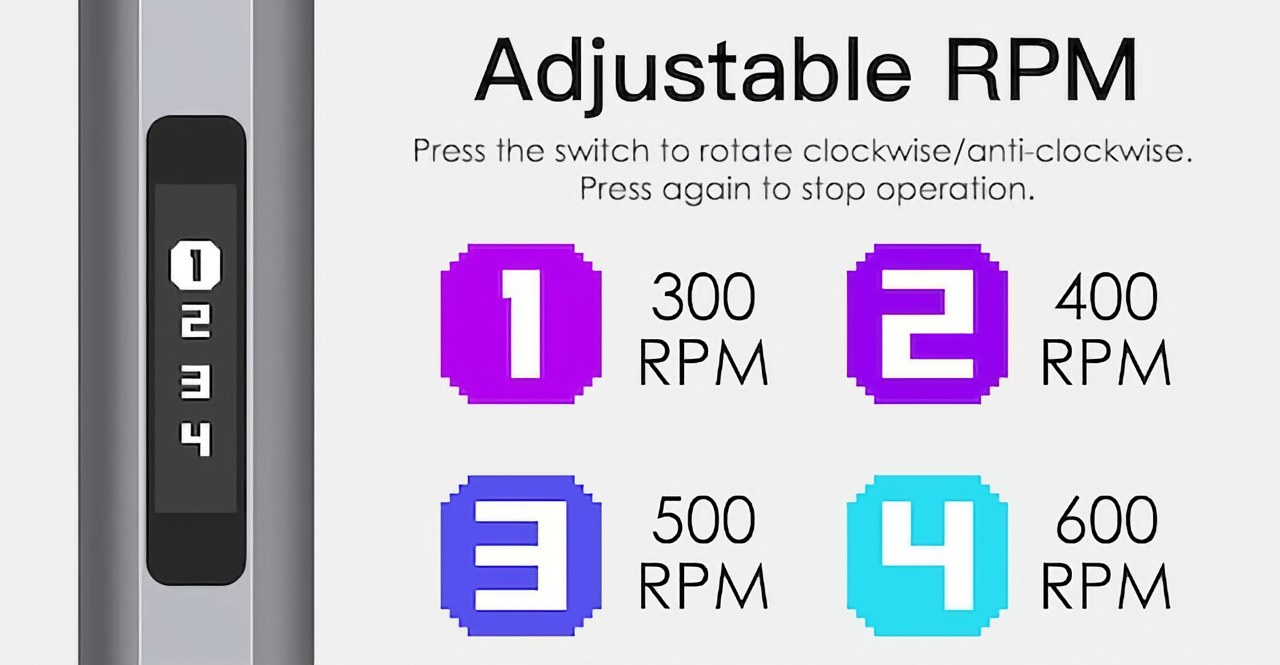

The drill pen is the epitome of “small but powerful,” possessing much-needed features to make drilling a breeze. Compared to previous models, it boasts a top speed of 600RPM, but you can actually set different modes to lower the speed as needed down to 300RPM. An easy-to-use switch lets you switch modes, which you can clearly see thanks to the built-in LCD screen on the pen’s body. And unlike any mini drill, the SDS ULTRA has four shadow-less LED lights that let you see your target more clearly. The drill bits are made from titanium-coated steel for high wear resistance and low friction coefficient, making them ideal for working with wood, aluminum, plastic, or even circuit boards.
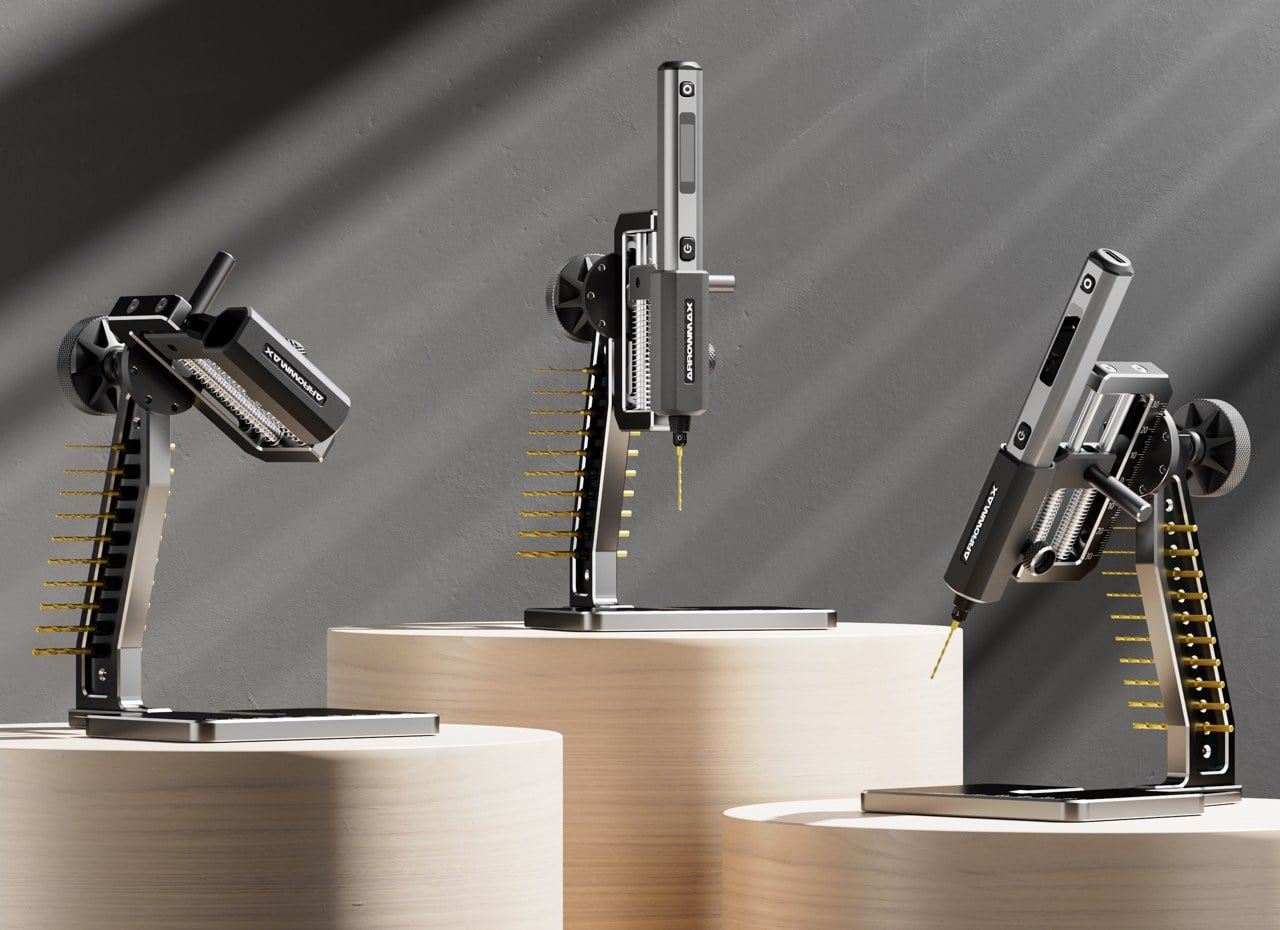
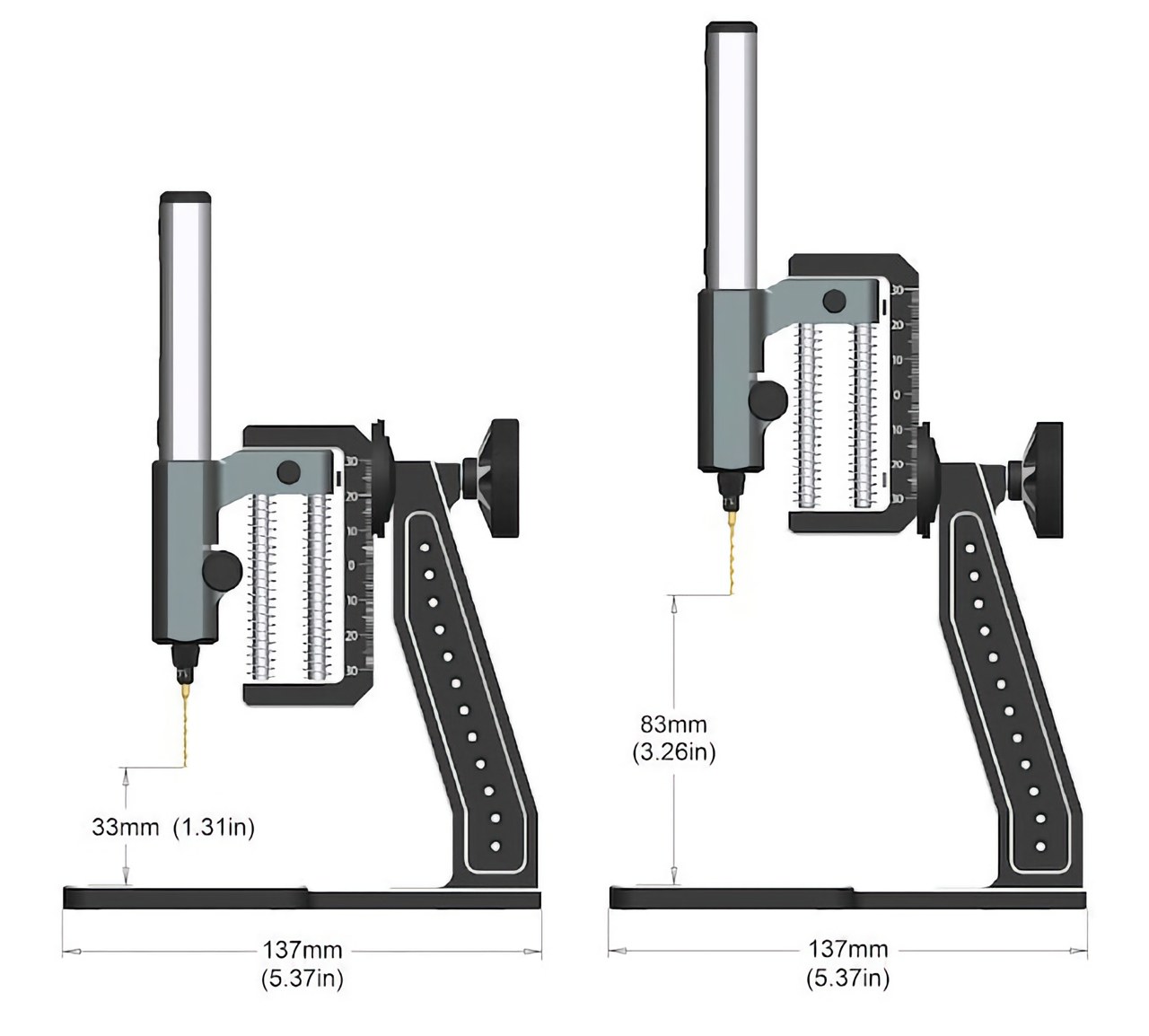
Users can freely adjust the gap between the drill bit to the bottom plate from 33mm to 83mm.
Holding the electric drill pen in your hand might be fine for some processes or materials, but if you need a more stable surface to work on, the SDS ULTRA PLUS also has you covered. It comes with a Hedgehog Benchtop Drill Press when you need more control and accuracy in where to put those holes. Made from aviation aluminum alloy for durability and corrosion resistance.
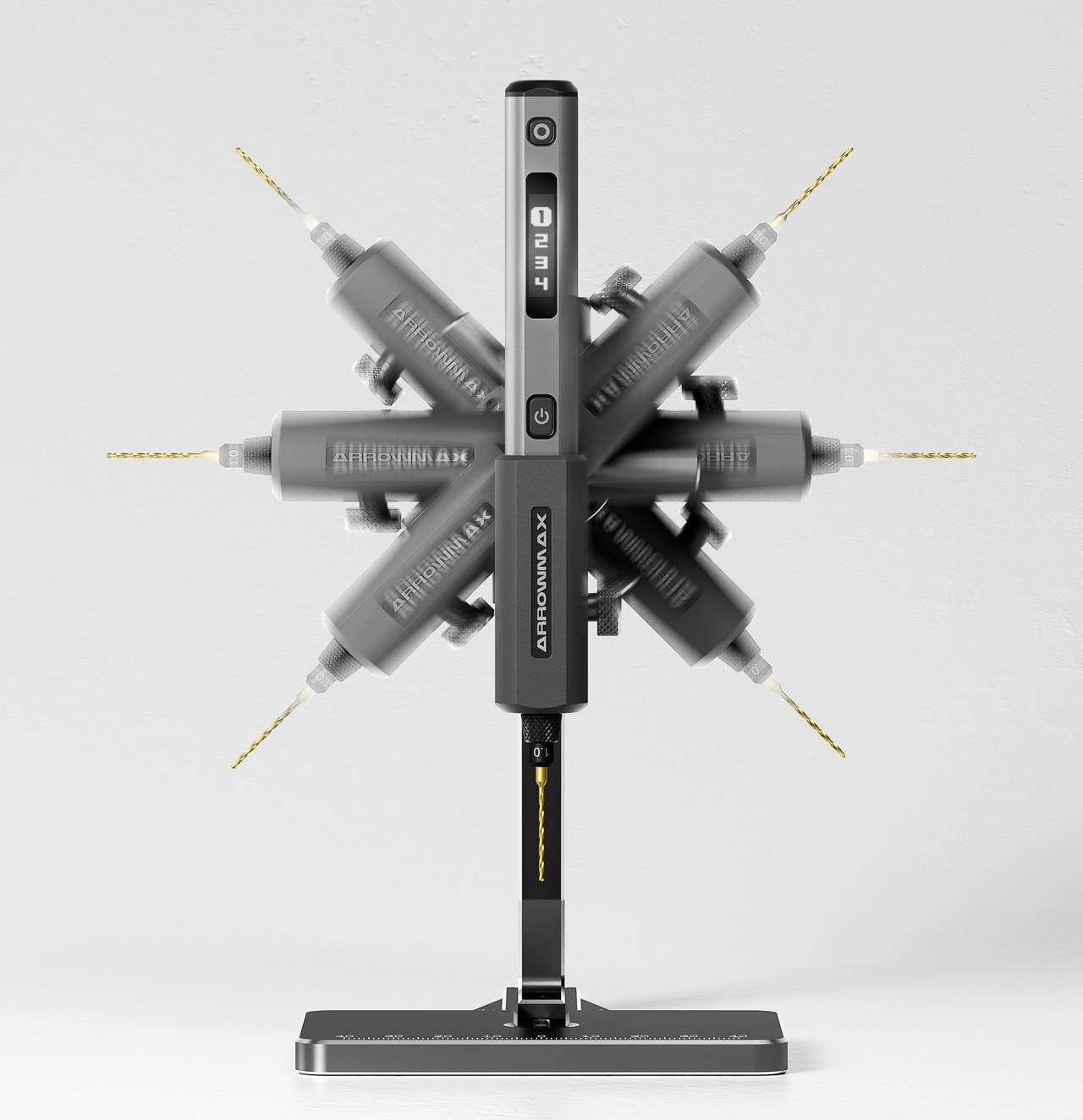
Precise Multi-angle Adjustment – The holder rotates up to 180° to drill, polish, sand, and more at any angle.
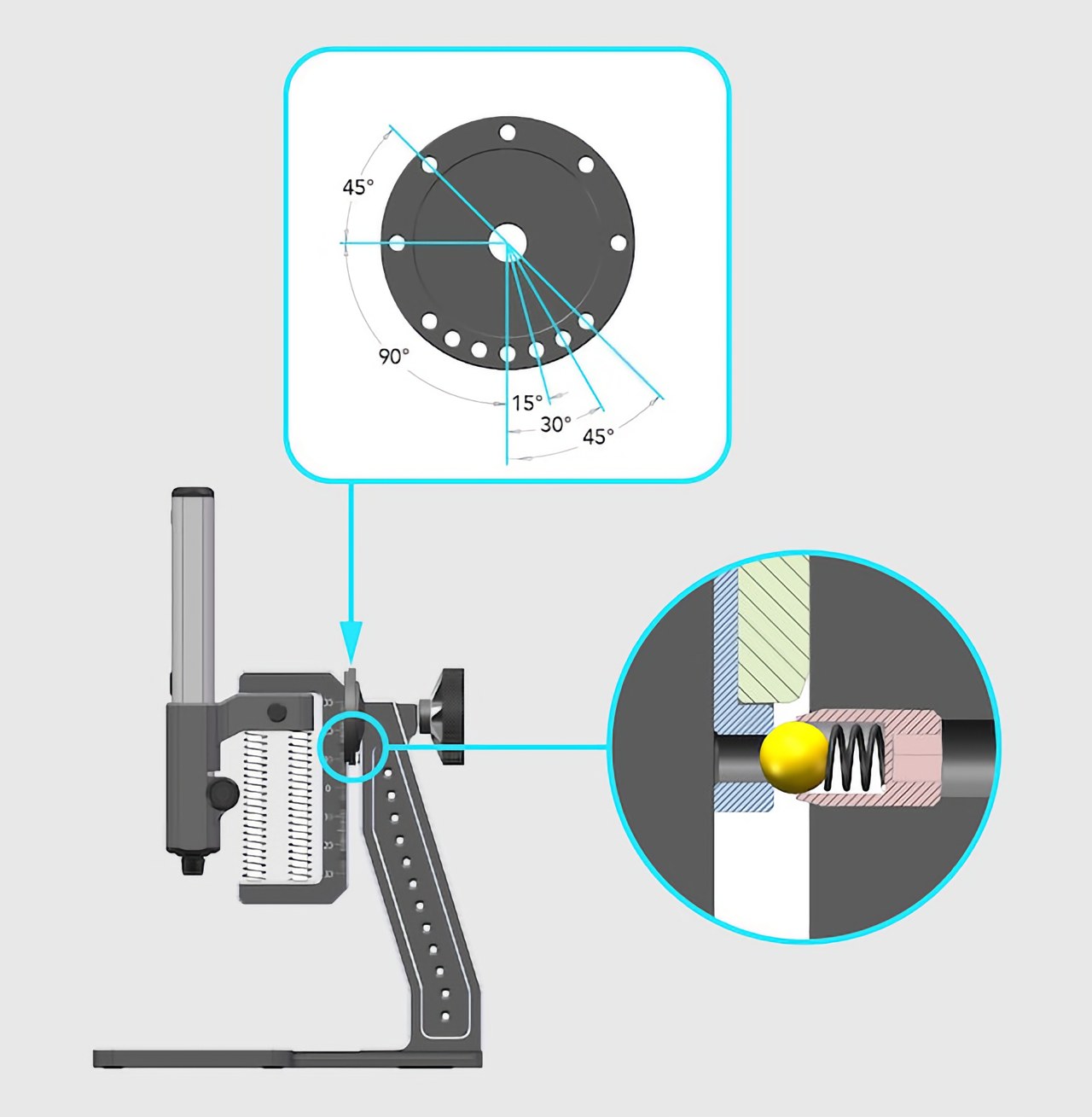
Users can switch the drill angle to +/- 15, 30, 45, 90, or 180 degrees are used for tasks such as polishing metal objects, sanding different shapes, and sanding metal pieces.
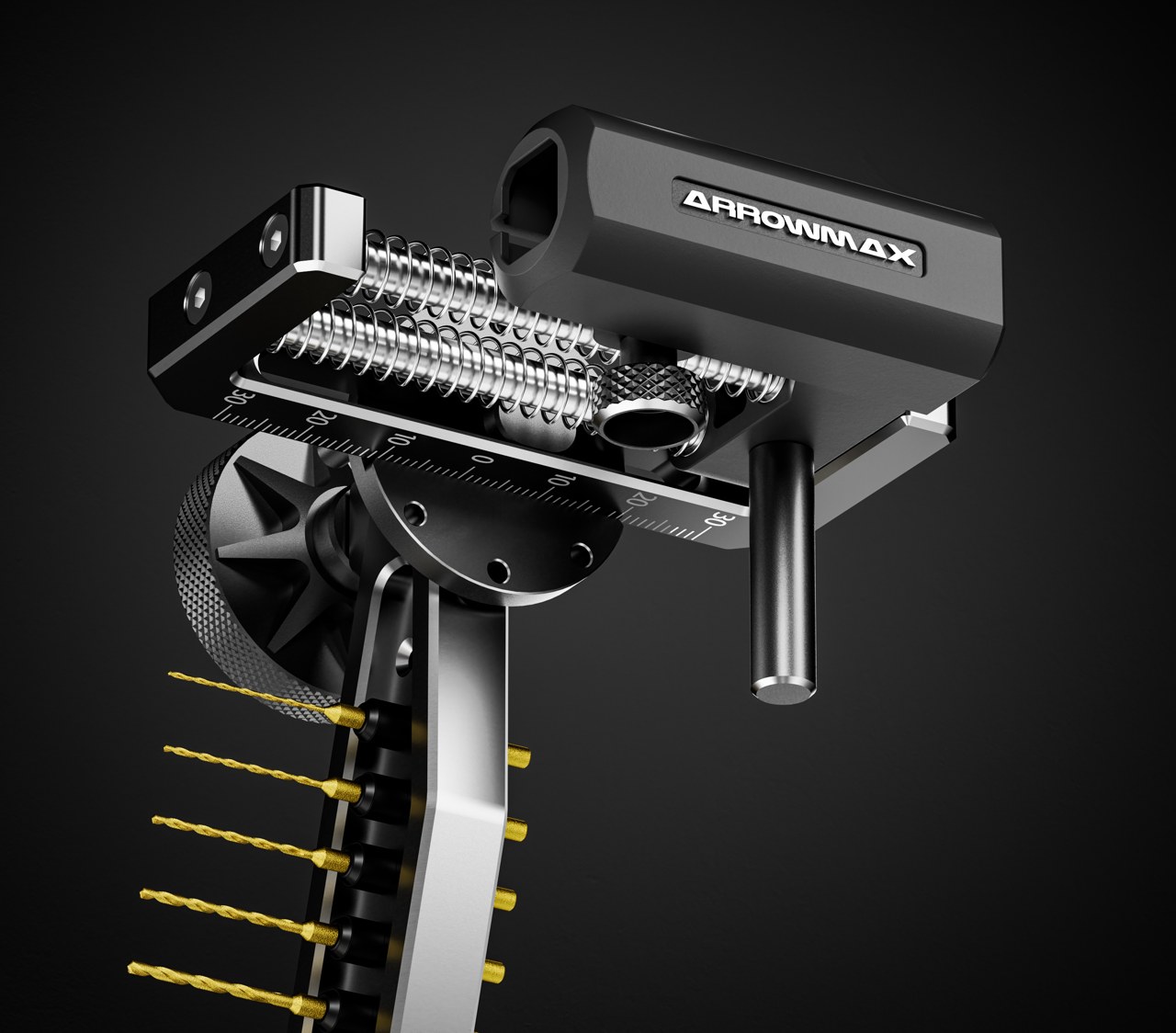
Drill Bit Placement – Has dedicated slots for ten drill bits so that you can easily pick and swap the bit you need right then and there.
The drill press isn’t just a place to hold your drill, though. It also has dedicated slots for ten drill bits so that you can easily pick and swap the bit you need right then and there. The press’s adjustable height and 360-degree rotating head offer the utmost convenience to crafters and makers.

And when the work is done, you can easily stash the SDS ULTRA drill pen and its bits inside a CNC Alloy Storage Box that you can slip into your bag or even your pocket. You never have to be limited to doing work in a sequestered workshop or room, waiting for the perfect opportunity to start drilling. For only $129, the SDS ULTRA PLUS Mini Electric Drill Pen and Hedgehog Benchtop Press offer a convenient and portable tool that lets you work on your crafts and projects almost anywhere the inspiration strikes.
Click Here to Buy Now: $129 $220 (41% off). Hurry, only 104/500 left! Raised over $160,000.
The post This mini electric drill pen and benchtop press make crafts easier and more enjoyable first appeared on Yanko Design.

